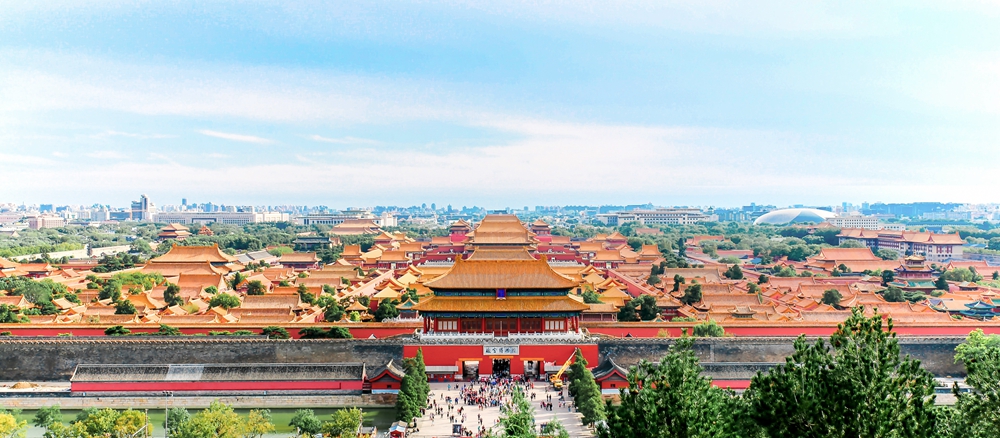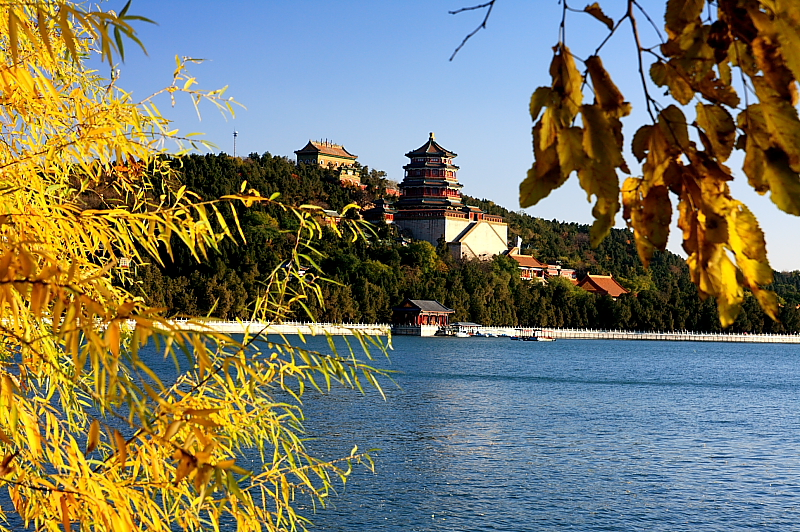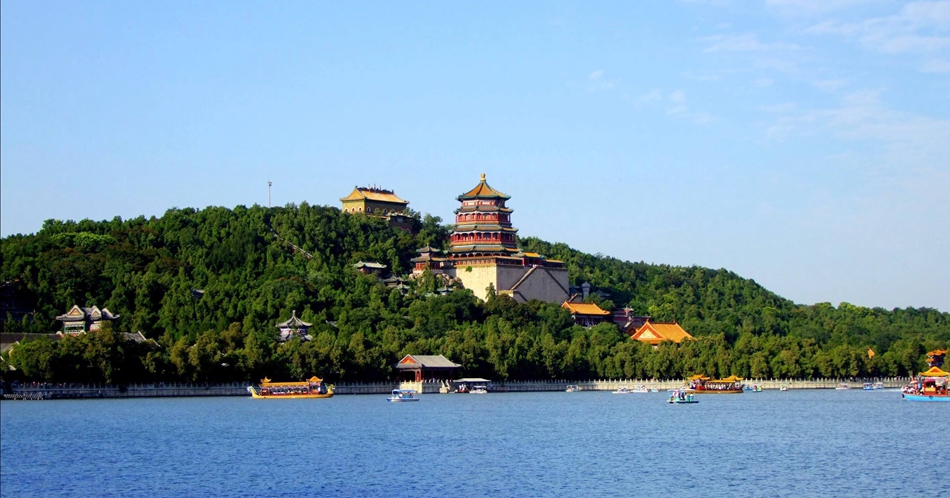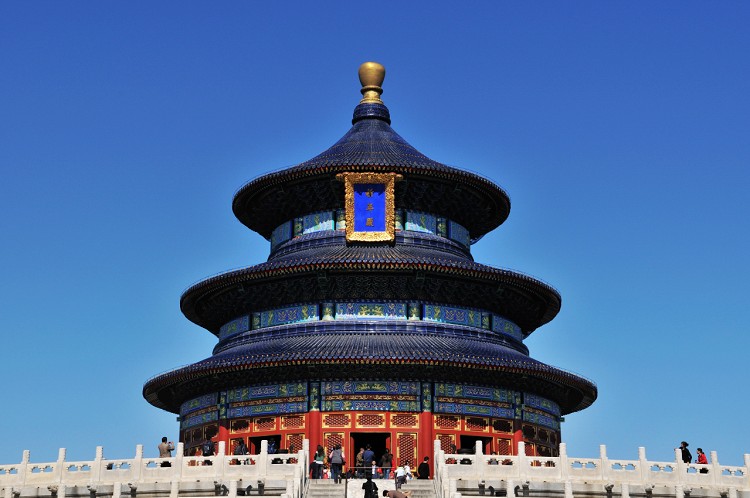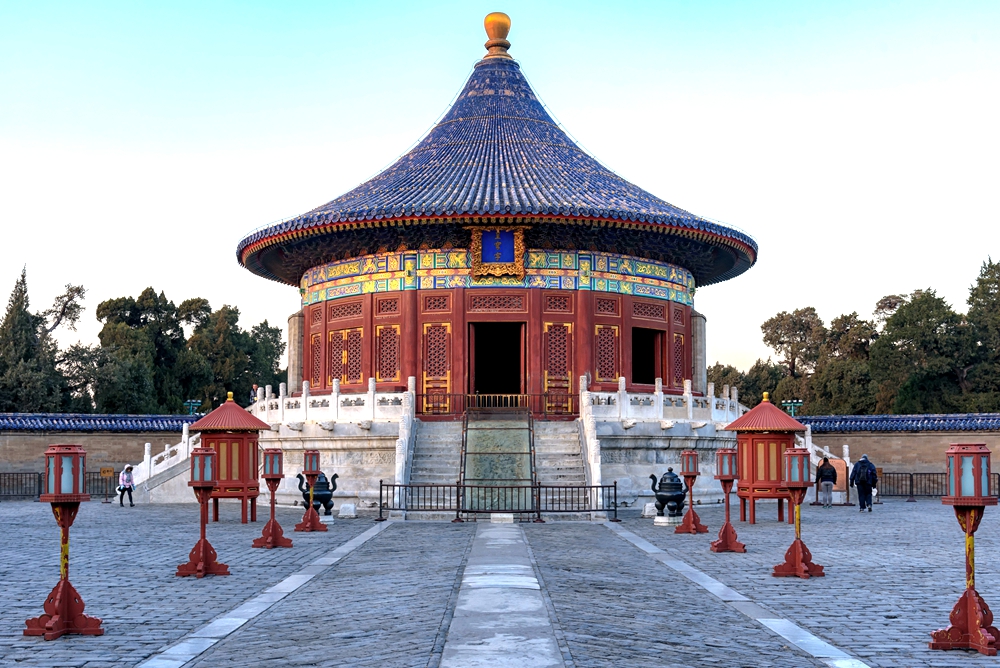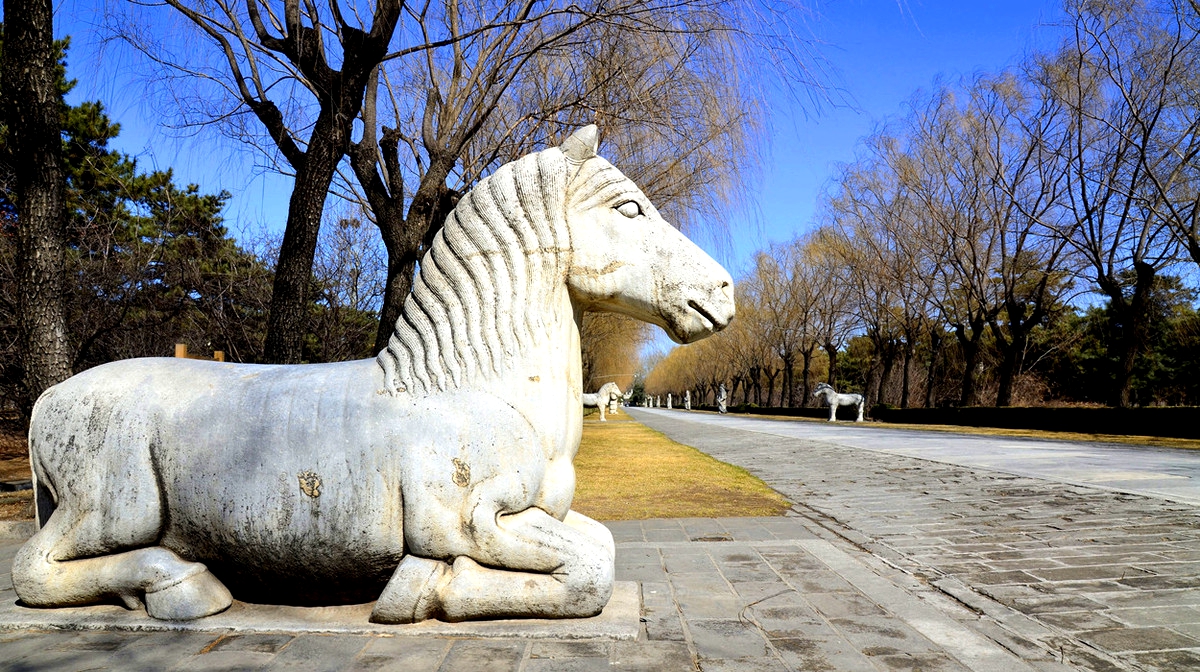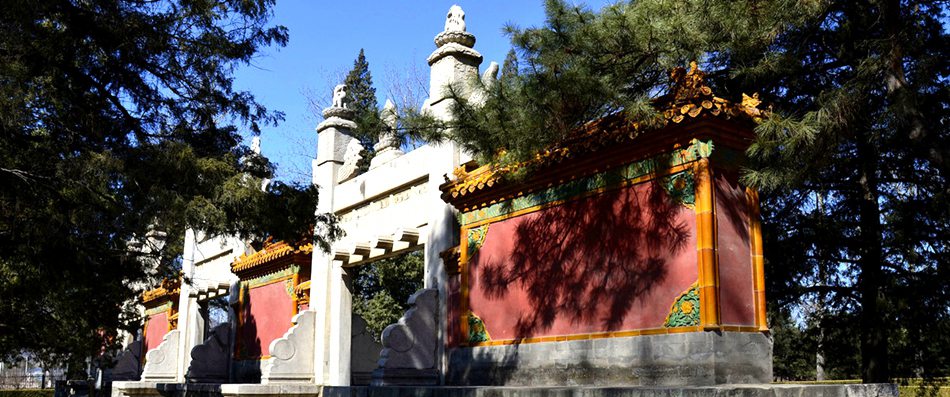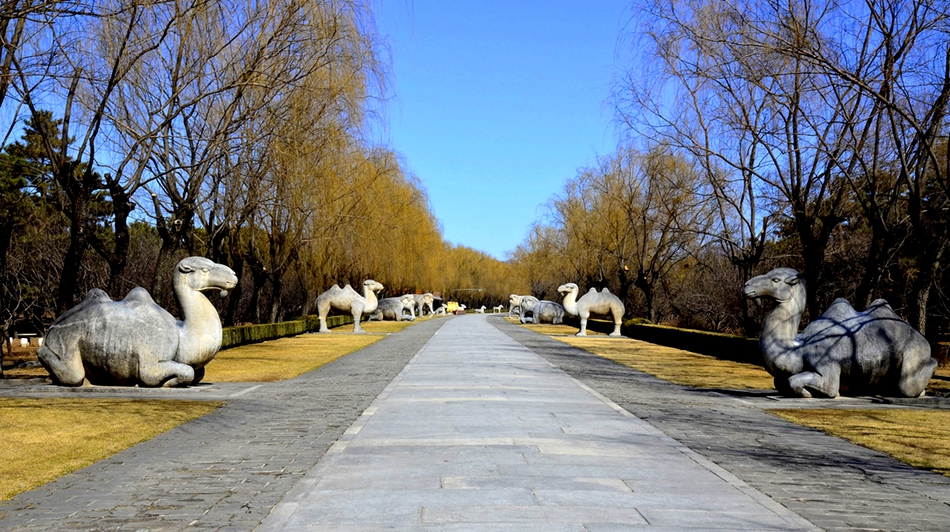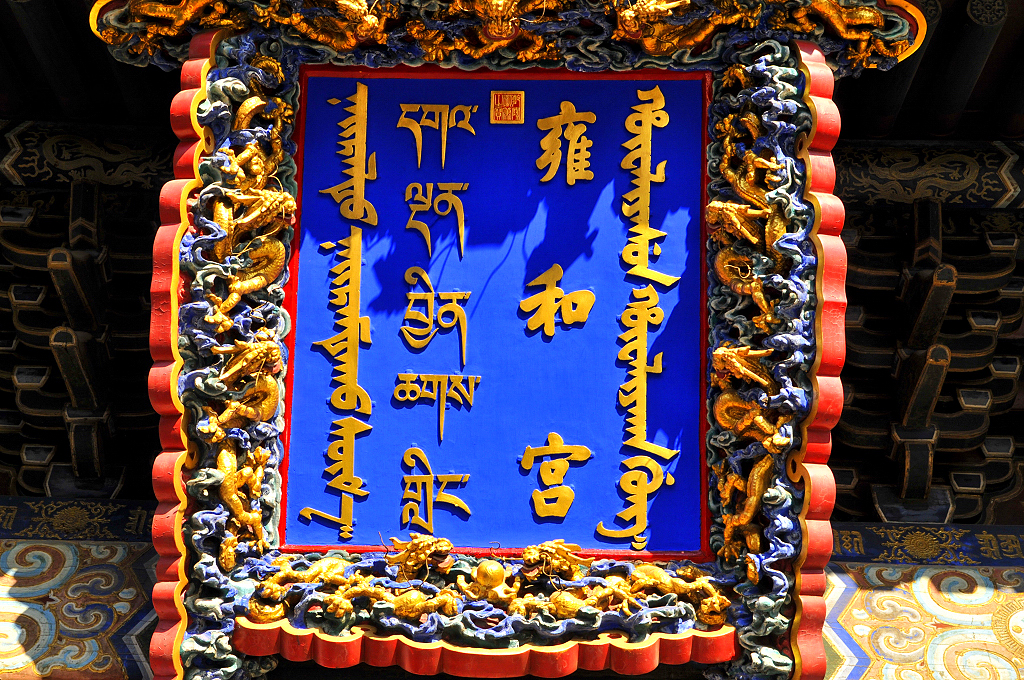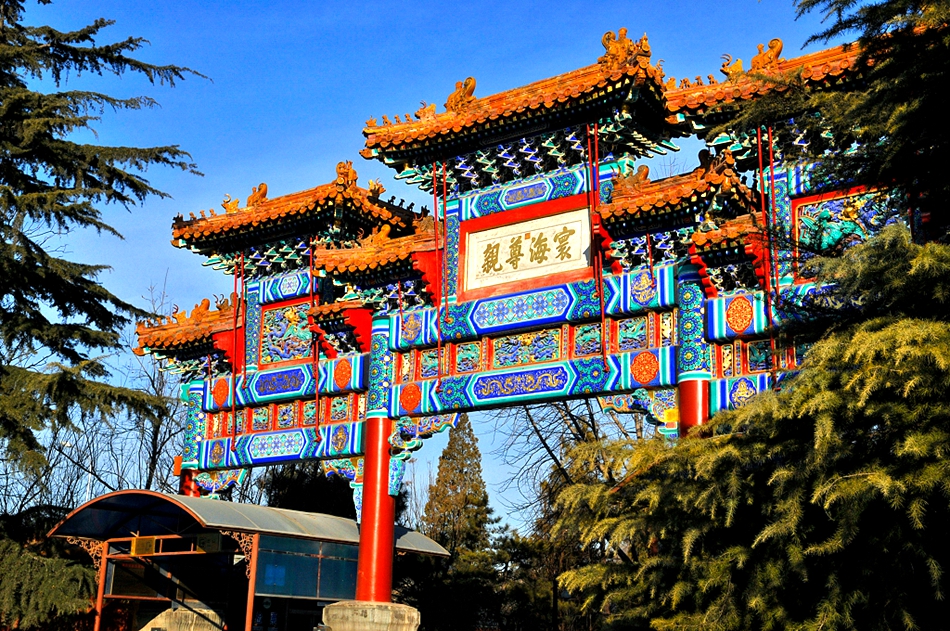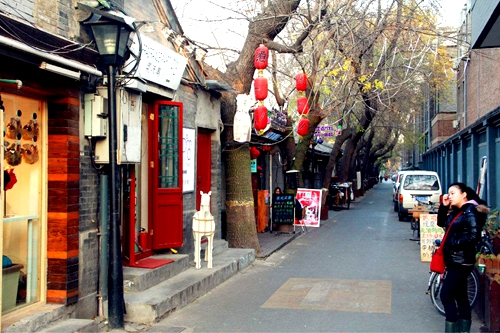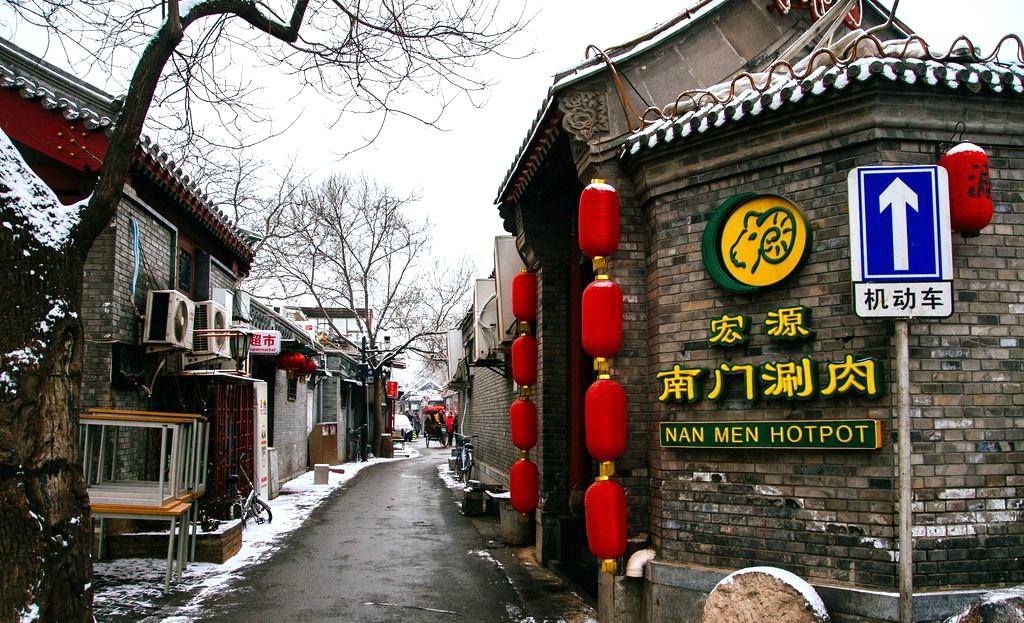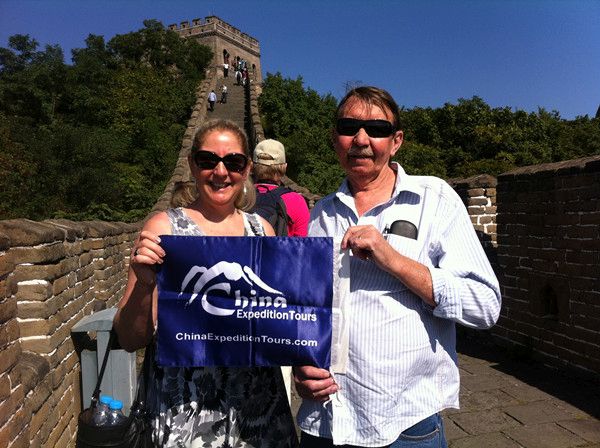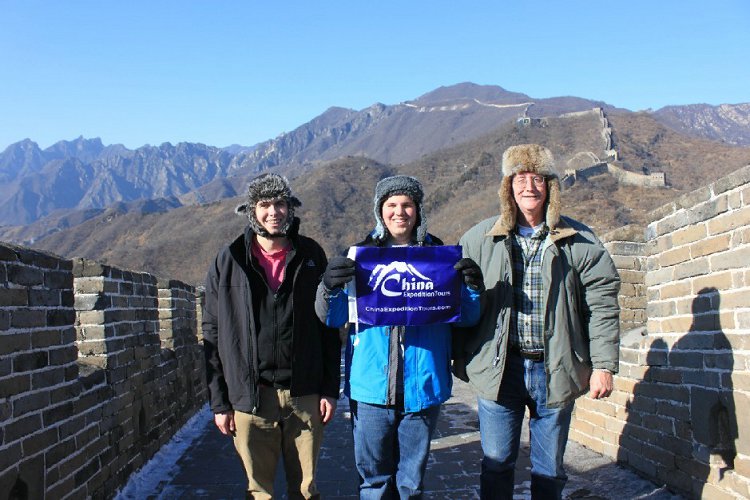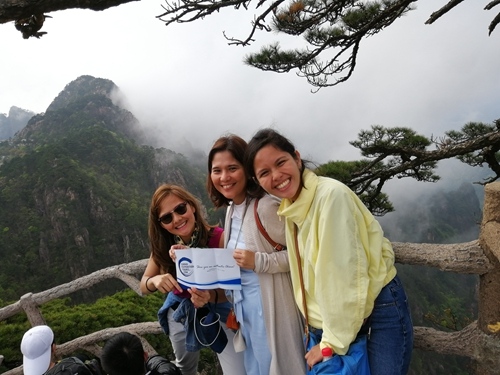Highlights
This tour brings you some of the most fabulous landscapes in China. First we begin our tour from the largest city of China-Shanghai, which will amaze you by its modern atmosphere and traditional culture and art. Huangshan Mountain has brought together all the strong points other mountains have: grand, strange, baffling, arduous, steep, flourishing, quiet and spacious. The mountain offers a crowd of peaks. The water village in Suzhou, the graceful West Lake in Hangzhou will surely leave you a deep impression. What's more, you experience a cruise on the world-wide famous Li River through stunning karst landscapes in Guilin, and travel to the ingenious terrace field for a grand view. Then we come to Xi'an. This ancient capital city is really a Chinese history book, be marvel at the Terra-cotta Warriors and Horses, and admires those ancient buildings such as the Wild Pagoda Tower. Tour to the Hukou Waterfall will to enjoy the marvelous view. And then we fly to the north China to Urumqi, where you experience the exotic and colorful mountains and the mysterious Kanas Lake. The Grape Valley in Turpan welcomes you with its abundant sweet fruits. Our tour ends in Beijing, the capital of China, witness and climb the magnificent ancient construction of the Great Wall, get a brief impression of this big capital.
Itinerary
Our guide will meet you at the airport when you arrive in Shanghai, and you will be transferred to hotel and check in.
Stay overnight in Shanghai.
Meals included:
We will go to the [Yuyuan Garden] after having a leisurely breakfast; at there you can find much tasty Chinese snacks and delicate handicrafts. Also, we will go to the [Jade Buddha Temple], a Buddhist sacred place famous for two white jade Buddha statue which is decorated by jewels. Later, we will have lunch at a characteristic Shanghai restaurant. After lunch, our guide takes you to the [Outer Bund] for wide horizon of Shanghai and you may marvel at how modern this metropolis is while still containing its old traditions. The most prosperous commercial street [Nanjing Road] is nearby. You can enjoy a walk and go shopping with the two lines of world famous brands along the street.
Stay overnight in Shanghai.
Meals included: Breakfast , Lunch
After enjoying a leisurely breakfast in the morning, we will go to visit the [Shanghai Museum]. This afternoon we take a flight to Huangshan Mountain. Upon arrival, you will be met by our guide and transferred to the hotel.
Stay overnight at Huangshan.
Meals included: Breakfast , Lunch
Early in this morning, we will [take cable to climb the Huangshan Mountain], along the way to the top, you can enjoy the spectacular view. Mt. Huangshan is characterized by the four wonders, namely, odd-shaped pines, grotesque rock formation, seas of clouds and crystal-clear hot springs. It is said that you won't want to visit any other mountains after seeing Wu Yue but you won't wish to see even Wu Yue after returning from Mt. Huangshan. This saying may give you some idea of the beauty and uniqueness of Mt. Huangshan. You will see the magic spots and enjoy the wonderful view.
Stay overnight at Huangshan Mountain.
Meals included: Breakfast , Lunch
We wake up in the mountains this morning. After enjoying a leisurely walk, we take cable car downwards. In the evening, we catch a flight back to Shanghai. Our guide will be there upon your arrival and you will be transferred to hotel to check in.
Stay overnight in Shanghai.
Meals included: Breakfast , Lunch
Today we are going to drive to Suzhou city to visit the [Humble Administrator's Garden], the largest private garden in Suzhou. It is known that there are four most famous classic gardens in China, and the Humble Administrator's Garden is a typical example of the art of horticulture south of Yangtze River. What’s more, it is a treasure house containing arts of architecture, calligraphy, carving, painting, and bonsai. Then we drive to [Zhouzhuang], one of the most famous water townships in China, only 30 kilometers (18 miles) southeast of Suzhou. Its profound cultural background and the well preserved ancient residential houses, the elegant watery views and the strong local colored traditions and customs are well noted. It abounds with rivers and lakes. You will enjoy a leisurely stroll; maybe you will be impressed that all the houses in the Zhouzhuang were built with sidewalks along canals have formed a web of water lanes. Stone bridges and overhanging towers span the waterways to provide free passage for the local people. Afterwards, we drive back to Suzhou.
Stay overnight in Suzhou.
Meals included: Breakfast , Lunch
After enjoying a leisurely breakfast; you can walk around the downtown area of Suzhou and feel the city by yourself. We will go to Hangzhou after lunch. It is a city well known for its natural beauty of West Lake worldwide. The saying "above is paradise, below is Suzhou and Hangzhou" expresses people's truly praise to Hangzhou. We will arrive there in the afternoon and will be transferred to the hotel. The rest of the day will be on your own to explore the city.
Stay overnight in Hangzhou.
Meals included: Breakfast , Lunch
Today we will have a tour to the [West Lake]. There is no doubt that the West Lake is the most renowned feature of Hangzhou and is noted for the scenic beauty that blends naturally with many famous historical and cultural sites. Wandering on the world-famous lake by a boat could be the best way to enjoy the beautiful view of this area. This afternoon we pay a visit to [Hefang Old Street], a well-designed old pedestrian street which can reflect the old Hangzhou. Shops selling art crafts, souvenirs, silk, teahouses, and restaurants line on both sides of the street. Many famous century-old shops including Hu Qing Yu Tang, Wang Xingji Fans can be found along the street. The Street is otherwise known as the Snack Street for the diverse food it serves. You can choose to try some of the local flavors.
Stay overnight in Hangzhou.
Meals included: Breakfast , Lunch
This morning we need to spend some time on driving to the [Thousand Islets Lake] which is about 160 kilometers (about 99 miles)west of Hangzhou. Thousand Islets Lake is the largest man-made lake in China. It got its name from the 1078 islets in the lake. The lake will show us the crystal-clean water and picturesque scenery. Being a pure, young, beautiful and fertile lake, it covers an area of 573 square kilometers (about 141,591acres) and is more than one hundred times larger than the West Lake in Hangzhou. In addition to its tranquil natural scenery, Thousand Islets Lake also is a natural storage, containing various species, minerals, agricultural products and being the main resource of some drinks products which are popular among us. Besides, if you want to know more about the history about the lake, you would need time to explore the ancient architectures under the water. You will enjoy a wonderful afternoon at Thousand Islets Lake and later the day we will drive back to Hangzhou.
Stay overnight in Hangzhou.
Meals included: Breakfast , Lunch
This morning is free at leisure, and then we go to the airport for a flight to Guilin. Guilin is considered to be the pearl of China's thriving tourist industry on account of the natural beauty and historic treasures. Upon arrival, you will be transferred to the hotel. The rest of the day is on your own to explore the city. This evening, we suggest that you take a cruise in the city's central area on a water system, which will absolutely leave a fantastic impression on you.
Stay overnight in Guilin.
Meals included: Breakfast , Lunch
Today we will go to Longji, a minority area famous for the magnificent terraced rice paddies. The [Longji Terraced Rice Paddies] in Ping’an Zhuang minority village are located in Longsheng County where you may have a chance to take some wonderful pictures of minority people wearing exquisite costumes. Located southeast of Longsheng, the rice terraces are built into the hillsides which look like great chains or ribbons as they wind from the foot to the top of the hill. This ingenious construction created by their ancestors in hundreds of years before, which makes best use of the limited arable land and water resources in the mountainous area. But before the Terraced Rice Paddies, we will stop to visit [Huangluo Red Yao minority village], where you can see the women all keep their hair to a length of more than one meter. You will be marvel at their characteristic red costumes and beauty.
Stay overnight in Longsheng.
Meals included: Breakfast , Lunch
The morning time is free for you to explore this lovely and mysterious Zhuang village yourself. You can take a walk around the village to feel the life style of the local people. After lunch we will drive to the local market to see daily life of people and have interesting discovery. Then we drive back to Guilin city (about 2 hour drive).
Stay overnight in Guilin.
Meals included: Breakfast , Lunch
This morning we will embark the boat for the [Li River cruise]. Cruising downstream with a pleasant breeze greeting, you can sit on cushion comfortably or enjoy the open-air viewing platform. Be sure thatt the memory card in your digital camera is with a large capacity, because this is a photographer's dreamland, where you are able to capture the dramatic landscapes that Chinese artists have been painting for centuries. Lunch will be served onboard. Disembark at Yangshuo Town and walk to the West Street within three minutes, which attracts countless foreigners from all over the world and reputed as "Global Village" in China. Today, the 600-meter long street has over 300 cafes, restaurants without borders, various hotels art crafts and tourist stores, foreign language clubs, internet centers and Kungfu schools.
This afternoon you will be free at leisure. It is said that east or west, Guilin Landscape is best. And the landscape in Yangshuo is even the best of the best. You can enjoy a coffee time in the West Street, or walk around the small Yangshuo town.
Stay overnight in Yangshuo.
Meals included: Breakfast , Lunch
In the morning, we will drive back to Guilin city, spending the rest of the day in Guilin to discover what make this small city unique and especially beautiful even in the downtown. The first one will be the [Elephant Trunk Hill], the symbol of Guilin, standing in the Li River and looks like an elephant drinking water from the river. The second is the [Reed Flute Cave], one of the most spectacular caves displaying karst geographical feature in various shapes. After the visit, we will continue to the nearby [South China Sea Pearl Museum], where we can learn some knowledge of pearls and how to distinguish the real pearl and the fake one, also you will have the chance to purchase real sea pearl at competitive prices.
Stay overnight in Guilin.
Meals included: Breakfast , Lunch
It is a good time for you to discover city in the morning before we go to the airport for a flight to Xi'an. With a history of more than 3,000 years, Xi'an has abundant collection of archaeological relies to express its rich history. The rest of the day, you can have a rest or choose to enjoy a walk in the city center or explore more.
Stay overnight in Xi'an.
Meals included: Breakfast , Lunch
This morning we will go to the [Banpo Museum] by our private car. At the museum, you can see lots of precious unearthed cultural relics and artworks, indicating the civilization of the Matriarchal Community, the period of the prehistoric time. Very close to the Banpo Museum, we will visit a Terra Cotta Fine Art Factory, where we have the opportunity to know the manufacturing operation of the Terra-cotta Warrior replicas, and after the visit, we travel by van/bus for 30 minutes to the world-renowned Terra-cotta Warriors and Horses Museum. Situated east of Xi'an city, the [Terra-cotta Warriors and Horses Museum] is famous throughout the world for its life-sized terra-cotta warriors and horses. Seeing the three pits of the terra-cotta warriors and horses excavated, you will marvel at how magnificent the structure of Emperor Qin Shihuang's (the First Qin Emperor’s) Mausoleum was.
In the evening you may choose local special dumpling for dinner and the Tang Dynasty Music and Dance Show.
Stay overnight in Xi'an.
Meals included: Breakfast , Lunch
Today we will enjoy an exciting tour to [Huashan Mountain], which is known as the most dangerous and steep. We drive to the mountain's foot and take a cable to climb and have a bird’s eye view to this precipitous mountain whilst admiring the wonderful views along the way. Later we pay a visit to the [Grey Dragon Mountain Range] and other scenic spots. Later this afternoon we drive back to Xi'an.
Stay overnight in Xi'an.
Meals included: Breakfast , Lunch
This morning we drive to visit the [Mausoleum of Huang Emperor], which is reputed as "No.1 mausoleum under heaven". It is said that the Egypt Pyramid is the biggest mausoleum on the grand while the Mausoleum of Huang Emperor is the biggest mausoleum under the grand. And next, we will go to visit the [Xuanyuan Temple], also named Huangdimiao, used for sacrifice in the ancient time. After lunch, we continue to the [Hukou Waterfall]. You will be marveled at the imposing vigor that the waterfall shows. Its earth-shaking sound and billowy water let you understand the famous saying that "draw in the Yellow River into a bottle". You will have a great time there and later you will be transferred to the hotel in Yan'an City.
Stay overnight in Yan'an.
Meals included: Breakfast , Lunch
Today, we drive from Yan’an back to Xi’an. Upon arrival back to the city, we will visit the Ming [City Wall], which is most integrated reservation of ancient city wall of Ming Dynasty and the [Provincial Museum], a striking Tang-Dynasty style pavilion, there are out of the 130 000 pieces or sets of collected culture relics, 14 400 pieces or sets are cherished culture relics, exceeding national standard of third class. Almost 2 000 pieces or sets of relics are exhibited to the public for the first time. Also included is a visit to the [Big Wild Goose Pagoda], one of the city's most distinctive and outstanding landmarks, the national key protection culture unit, possibly the most beautiful building left in Xian today.
Stay overnight in Xi'an.
Meals included: Breakfast , Lunch
Before we go to the airport, the free time is arranged on your own. Taking a leisurely morning walk around the city, especially the alley is our recommendation. Later you will be transferred to take a pm flight to Urumqi.
Stay overnight in Urumqi.
Meals included: Breakfast , Lunch
After breakfast, we need to drive 110 km (about 69 miles)to the [Heavenly Lake] from Urumqi. Located at the half way of the Begeda Peak of Tianshan Mountain, it enjoys an elevation of 1,980 meters (about 1.2 miles) and an area of 4.9 square km( about 1210 acres). Heavenly Lake, a relic of the Quaternary Period Glacier and its surrounding geological relics, offers science lovers exploring opportunities. Moreover, the water is very clear and the banks are covered with tall trees. Surrounded by mountains, the jade-green lake is an ideal place for excursions and rest for most of the year. It provides an excellent skating rink in winter, while it provides an ideal cool resort in summer. Boaters on the lake see the ever-changing silvery mountains soaring into the blue sky, their slopes highlighted with verdant pasture and flamboyant wild flowers.
Stay overnight in Urumqi.
Meals included: Breakfast , Lunch
Today we will go to visit the beautiful [South Mountain Pasture] and have the opportunity to visit the [Kazak Yurt]. Standing in the pastures, you can see the forest of emerald green spruce on a chain of undulating grass hills dotted with combined flocks and herds. As you immerse yourself in this beautiful site, the singing of the Kazakh may envelop you and inspire you to sing with them. Their folk art form is the typical representative of this nation; they will show their history and culture in the songs. You can visit one of the traditional yurts locating in the spruce forest where you will be welcomed by a generous host with fragrant milk tea, mare's milk, cheese and roasted lamb. If you are lucky enough, you will be able to observe the amazing horse-racing and traditional Kazak dancing.
Then we take our van/bus to Turpan (2.5 hours). We will visit the [Sugong Minaret] and [a Uygur family] , tasting their home made food under the grape. Fortunately, they may present Uygur dance and song show to us.
Stay overnight in Turpan.
Meals included: Breakfast , Lunch
Today our tour will get to four amazing places, [Karez Well] and the [Jiaohe Ancient City], [Gaochang Ancient City] and the [Tuyugou Valley]. Wandering underground over 5,000 kilometers( about 3106 miles), the Karez system has been called "the underground Great Wall", also functions as the natural air conditioner for the locals because they can sit in one while chatting or doing some chores. All those are due to the severe climate in that region. Later we will go to the visit of twin ancient cities Gaochang & Jiaohe will help you have a better understanding of the history once played here 1000 years ago, all which made the Turpan region the only place where four ancient civilizations once met and melt each other in the world. In the Tuyugou Valley, you will visit a peaceful village nested in the mountains together with the very well preserved Uyghur style architecture.
Stay overnight in Turpan.
Meals included: Breakfast , Lunch
Today we take our van/bus back to the capital city Urumqi. In the afternoon, we will visit the [XinJiang Provincial Museum] which houses tons of valuable historical relics unearthed along the Silk Road in this region, especially the Mummies Section. In the Mummies Section, you may astonish at the method of death preservation in the ancient time. And if we are lucky enough to catch the bazaar day, we would see the prosperous local market. You may do some shopping in the International Grand Bazaar. Bargain hunting for handicraft souvenirs such as rugs, carpets, Uygur-style hats, knitted sweaters, ethnic costumes, hand-made embroideries and jade carvings, will definitely draw your intense interest.
Stay overnight in Aletai.
Meals included: Breakfast , Lunch
This morning we will take an early flight to Kanas Lake Airport. You can enjoy spectacular views along the way, we will pass the golden mountain -- Aletai Mountain, and see the silver water -- Erqis River. Then we will arrive at the [Kanas Lake] in the afternoon, which is only 150km (about 93miles)away from Burqin County. “Kanas” in Mongol means beautiful and rich as well as mysterious. And Kanas Lake is the most beautiful mountain lake that enjoys a reputation as "the Swiss scene in Asia". Its unparalleled scenery and mysterious legend attract many tourists. The water in the lake changes its color unpredictably with imposing mountains and green trees around, composing a magnificent picture. We will enjoy a cruise on the lake. We will walk along the bank to feel its tranquility and indulge yourself in the beautiful scene. We will also pay a visit to a local Tuwan People residence that can only be found in this part of China.
Stay overnight at Kanas Lake Area.
Meals included: Breakfast , Lunch
This morning we continue to explore more about this mysterious lake area and visit wooden houses which are quite unique there. Then we drive to the airport for a flight to Urumqi. Upon arrival, you will be transferred to the hotel.
Stay overnight in Urumqi.
Meals included: Breakfast , Lunch
This morning is your own to relax or to make your arrangement that how to spare the free time in Beijing, and then we catch a flight to Beijing. When you arrive in Beijing, our guide will meet you at the airport and transfer you to the hotel.
Stay overnight in Beijing.
Meals included: Breakfast , Lunch
After breakfast, let's visit the [Temple of Heaven], which is the grandest cult architecture complex in the world and a masterpiece of the Chinese people created in ancient time. After that, we enjoy a walk on the [Tian'anmen Square], one of the largest city squares in the world, encompassing an area of 14 hectares, and measuring 865meters (2838feet) north to south, and 500 meters (1640feet) and 370meters (about 1214feet) east to west on the northern and southern ends respectively. It is located on the central axis of old Beijing. In the center of Tian'anmen Square stands the [Monument to the People's Heroes]. Then we go to the [Forbidden City], imperial palaces for the emperors of the Ming and Qing dynasties. The city contains 800 ceremonial buildings, 9,999 rooms, and a courtyard that can hold 100,000 people. Best ancient Chinese architectural styles are well preserved here, consist an imposing view. Later the day will be on your own to explore more about this city.
Stay overnight in Beijing.
Meals included: Breakfast , Lunch
There is a famous Chinese saying goes "One cannot be a hero unless he climbs on the Great Wall." This morning we will drive to the [Jinshanling Great Wall], the most original and less commercial section of the Wall. This historic construction is somewhat a challenge to the climbers as it winds up and down the precipitous ranges. But as a reward, splendid views are available to you during the climb.
People say that a visit to Beijing isn't complete without trying the crispy and tasty Peking duck, so we recommend you a dinner with Peking duck at one famous restaurant.
Stay overnight in Beijing.
Meals included: Breakfast , Lunch
This morning we will go to visit the [Summer Palace]. Its Chinese name is Yiheyuan, “The Garden of Harmonious Unity”. The beauty of the Summer Palace is out of imagining. It is one of China's architectural masterpieces. The pavilions, kiosks, terraces, bridges, dikes, corridors are delicately crafted and placed, well displaying the thousand-year old Chinese landscape gardening. The scenic spots contain a nation's profound philosophical and aesthetic tradition. Our tour ends after a farewell lunch. You are free at leisure until ready to be transferred to the airport for departure.
Meals included:
Pricing & Accommodation
-
 US Dollar
US Dollar -
 Euro
Euro -
 GB Pound
GB Pound -
 CA Dollar
CA Dollar -
 AU Dollar
AU Dollar -
 HK Dollars
HK Dollars -
 Renminbi
Renminbi
| 1 person | 2-5 persons | 6-9 persons | ≥10 persons | Single Room Supplement | |
| First Class Tour | $9298 | $5816 | $4950 | $3932 | $2040 |
| Comfortable Tour | $7405 | $4652 | $3787 | $3563 | $1170 |
| Standard Tour | $6103 | $3935 | $3401 | $3039 | $740 |
* Price in every box above is for each person.
* The default currency is in US dollar. Please use the Currency Converter to see the equivalent quote in your currency. Price is for references only, it may vary according to your actual travel itinerary, travel time, hotel price rise or fall, US dollar exchange rate fluctuation, car fuel price change and government tax adjustment, etc..
* The price is only for your reference and it is subject to seasons, high or low.Please send us your inquiry if you are interested.
* The differences between First Class Tour, Comfortable Tour and Standard Tour are mainly reflected in the hotels we use. For First Class Tour, we use mostly 5 star hotels (or hotels corresponded to 5 star ones), 4 star hotels for Comfortable Tour and 3 star hotels for Standard Tour. But there’re exceptions when there come home stay experience, remote destinations and other specified circumstances in the itinerary.
Inclusions / Exclusions
Inclusions:
- Attraction Entrance Fees
- Centrally Located Hotels
- Authentic Chinese Food
- Private Experienced Guides
- Private Cars/Van with Drivers
- Internal Flights/Train(s) in China
- Luggage Transfers
- Airport Taxes and Fuel Fees
- Service Charge & Government Taxes
- Travel Insurance
Exclusions:
- International Airfare to Enter/Leave China
- China Entry Visa Fees
- Excess Baggage Charges
- Personal Expenses
- Single Room Supplement
- Tips or Gifts to Guides/Drivers/Bellmen
Important Information
How to Pack up
We suggest that each person packs up one rollable suitcase with the weight under 20 kg/44lb. You will also need a day pack/bag to carry water, cameras and other electronics like iPods and mobile phones.
Checklist
It's only for reference and you may not need all of them. Choose from below according to the tour you pick up:
Passport (with photocopies)
Travel insurance (with photocopies)
Airline tickets (with photocopies)
USD cash and travelers checks
Credit or debit card (see personal spending money)
ChinaExpeditionTours vouchers and trip dossier
Any entry visas or vaccination certificates required
Day pack for daily personal items
Wet wipes / Moist towelettes
Alarm clock
Flashlight
Sun hat, Sun block, Sunglasses
Insect Repellent
Water bottle and Plastic mug for train journeys
Ear plugs for train journeys or light sleepers
Small towel and swim wear
Toiletries (biodegradable)
Sturdy walking shoes/Sport sandals
Money belt
Shorts for summer months (June – September)
Long pants
Shirts/T-shirts
Warm clothes for Nov-April. Fleece, Jacket, hat and gloves
Umbrella or waterproof jacket.
Cover for backpack or plastic bags to keep clothes dry.
Camera, film and memory chip
Reading/writing material
Binoculars
Pocketknife
First-aid kit (should contain lip salve, Aspirin, Band Aids, anti-histamine, Imodium or similar tablets for mild cases of diarrhea, re-hydration powder, extra prescription drugs you may be taking).
Local Dress
Generally speaking, the dress standard is more conservative in China than it is in western countries. Things also changes quickly, nowadays the young Chinese share the same hobbies with their western counterparts. When packing try to pick loose, lightweight, long clothing that will keep you cool in the usually hot and humid climate of summers. In predominately Buddhist and Muslim regions we ask that you dress respectfully and avoid very short shorts/skirts and singlets/tanktops when visiting temples or mosques or other holy sites.
Spending Money
Every traveler is different and therefore spending money requirements will vary. Some travelers may drink more than others while other travelers like to purchase more souvenirs than most. Please consider your own spending habits when it comes to allowing for drinks, shopping and tipping. Please also remember the following specific recommendations when planning your trip.
Money Exchange
As currency exchange rates in Asia fluctuate often we ask that you refer to internet for the recent exchange rates. There are many ATM machines that accept both Visa and MasterCard and other credit cards in most Chinese cities. We also recommend the use of cash and travelers checks in USD currency. Major credit cards are accepted in big shops but they may charge a 2-4% transaction fee. For the small shops and the street venders, they take cash (either Chinese Yuan or US dollar) only.
Meals
Eating is a big part of your traveling in China. Travelling with ChinaExpeditionTours you experience the vast array of wonderful food that is available out in the world. Generally breakfasts and lunches are included except dinners to give you the flexibility in deciding where, what and with whom to eat. Your group leader or local guide will be able to suggest favorite restaurants during your trip.
Emergency Fund
Please also make sure you have access to at least an additional USD200 (or equivalent) as an "emergency" fund, to be used when circumstances outside our control, necessitate a change to our planned route. This is a rare occurrence!
Tipping
It is customary to tip service providers in travel industry in Asia, at approximately 10%, depending on the service. Tipping is expected - though not compulsory - and shows an expression of satisfaction with the people who have assisted you on your tour. Although it may not be customary to you, it is of considerable significance to the people who will take care of you during your travels. Recommendations for tipping local guides would range from $6-$10 USD per person per day depending on the quality and length of the service, for driver, it could be half. If necessary, ask your tour leader or call your ChinaExpeditionTours tour advisor for specific recommendations based on the circumstances. If you have a tour leader for the whole tour, at the end of the trip if you felt he/she did an outstanding job, tipping is appreciated. The amount is entirely a personal preference. However as a guideline $6-10 USD per person, per day can be used.
Local Flights
All local flights are included in the cost of your tour unless otherwise noted. It is important that we have your passport information at the time of booking in order to process these tickets. Internal flight tickets are all e-tickets. They are issued locally and you will be given the information of them prior to the flight departure.
Laundry
Generally laundry facilities are offered by our hotels for a charge. You also can go to a laundry service center near your hotel to have your clothing washed at a lower cost. There will be times when you may want to or have to do your own laundry so we suggest you bring non-polluting/biodegradable soap.
Safety and Security
We strongly recommend the use of a neck wallet or money belt while travelling, for the safe keeping of your passport, air tickets, travelers' checks, cash and other valuable items. Many of the hotels we cooperate with have safety deposit boxes which are the most secure way of storing your valuables. A lock is recommended for securing your luggage.
Many national governments provide a regularly updated advice service on safety issues involved with international travel. We recommend that you check your government's advice for their latest travel information before departure. When travelling on a trip, please note that your group leader or local guides has the authority to amend or cancel any part of the trip itinerary if it is deemed necessary due to safety concerns. Your leader or local guides will accompany you on all included activities. During your trip you will have some free time to pursue your own interests, relax and take it easy or explore at your leisure. While your group leader or local guides will assist you with options available in a given location please note that any optional activities you undertake are not part of your itinerary, and we offer no representations about the safety of the activity or the standard of the operators running them. Please use your own good judgment when selecting an activity in your free time.
A Couple of Rules
Illegal drugs will not be tolerated on any trips. Possessing or using drugs not only contravenes the laws of China but also puts the rest of the group at risk. Smoking marijuana and opium is not acceptable for ChinaExpeditionTours travelers. Our philosophy of travel is one of respect towards everyone we encounter, and in particular the local people who make the world the special place it is. Use of illegal drugs is completely contrary to this philosophy and local law. Our group leader or local guides has the right to expel any member of the group if drugs are found in their possession or used.
Health
If you want to fully enjoy your trip abroad, a good health and confidence in physical strength are important. This trip may contain a fair amount of walking up and down steps in towns or climbing mountains. You should consult your doctor for up-to-date medical travel information well before departure. We recommend that you carry a First Aid kit as well as any personal medical requirements. Please be aware that sometimes we are in remote areas and away from medical facilities, and for legal reasons our leaders or local guides are prohibited from administering any type of drug including headache tablets, antibiotics, etc. In China pharmacies tend to stock the same western drugs as you get at home but they are usually produced locally so please bring the full drug name with you when trying to purchase a prescription drug. When selecting a tour please carefully read the itinerary and assess your ability to cope with our style of travel. Please refer to the Physical and Culture Shock ratings in this dossier for trip specific information. For travelers over 70 years a completed Medical Form is highly suggested to bring forth. ChinaExpeditionTours reserves the right to exclude any traveler from all or part of a trip without refund if in the reasonable opinion of our group leader or local guides they are unable to complete the itinerary without undue risk to themselves and/or the rest of the group.
Medical Form
It is very important you are aware that, as a minimum, an "average level of fitness and mobility" is required to undertake our easiest programs. Travelers must be able to walk without the aid of another person, climb 3-4 flights of stairs, step on and off small boats, and carry their own bags at a minimum. Travelers over the age of 70, or travelers with a pre-existing medical condition, are required to complete a short medical questionnaire, which must be signed by their physician. This is to ensure that senior travelers have the necessary fitness and mobility to comfortably complete their chosen trip. While our leaders or local guides work hard to ensure that all our travelers are catered for equally, it is not their responsibility to help individuals who cannot complete the day's activities unaided.
Travel Insurance
Travel insurance is compulsory in order to participate on any of our trips. You must have comprehensive travel insurance that covers you for medical costs associated with hospitalization, emergency travel and repatriation back to your home country. Please take your insurance policy with you when you travel. You may take other cover, of course, but we require you to be adequately insured before we can allow you to participate in our programs. Your ChinaExpeditionTours leader or local guides will need to see and record your policy details at the pre-tour briefing at the starting city, so please bring a copy along to the meeting. If you arrive without travel insurance your tour leader or local guide will require you to purchase a policy before you continue your journey with us.
If you are covered by a policy arranged through your credit card company you will be asked to provide evidence of this cover, as well as a 24-hour emergency contact number. Many credit card companies do not provide an insurance policy number. In this instance, the tour leader or local guides will need to record your credit card number, as this is required to activate any request for emergency assistance. You should also bring along the travel insurance information booklet provided by your credit card company. It is your responsibility to ensure that you meet the requirements set out by your credit card company in order to be effectively covered and that the cover offered is of a suitable standard.
Passport & Visas
Well before travelling, please ensure that you have a current passport, with an accurate photo, that is valid for at least six months after your scheduled return home. Also check that your airline tickets are in exactly the same name as your passport.
Please note that visas for China and Hong Kong are the responsibility of the individual traveler. The visa requirements for your trip vary depending on where you are from and where you are going. Americans, British, Canadians, Australians and New Zealanders do currently require a visa for China. For all other nationalities please reconfirm your visa requirements with your government. For the most up to date information please check your governments' foreign ministry website. It is important that you check for yourself. For most travelers there will probably have an embassy and consulate in the country that you live in. Please note if you are travelling from China, into Hong Kong then back into China, you will need a double entry Chinese visa. Note that on some occasions people transiting through China on way to Hong Kong have been made to go through immigration and had their single entry visa stamped making this invalid. Do not allow your visa to be stamped if you are only going through transit.
Keeping in Touch
If you need to be contacted while travelling we recommend that you set up an email address that can be accessed on the road, rather than relying on postal mail. Email cafes are becoming increasingly commonplace and cheap throughout the country, and have quickly become the preferred way for our leaders and travelers to stay in touch. If someone wishes to contact you in an emergency while you are on one of our trips we recommend that they contact us so we can get into touch with your tour leader or local guide quickly by their cell phone and they can pass their cell phone to you! We recommend that family and friends don't try to contact you through phoning hotels en route, as our hotels are subject to change.
Feedback
After your travels, we want to hear from you! Your feedback information is so important to us and we'll record you and give you ChinaExpeditionTours travel points so you can use the points to get discount for your next ChinaExpeditionTours trip or your friends' ChinaExpeditionTours tours.

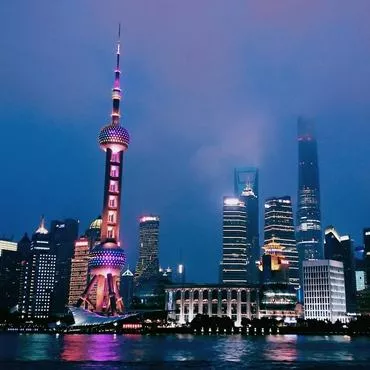

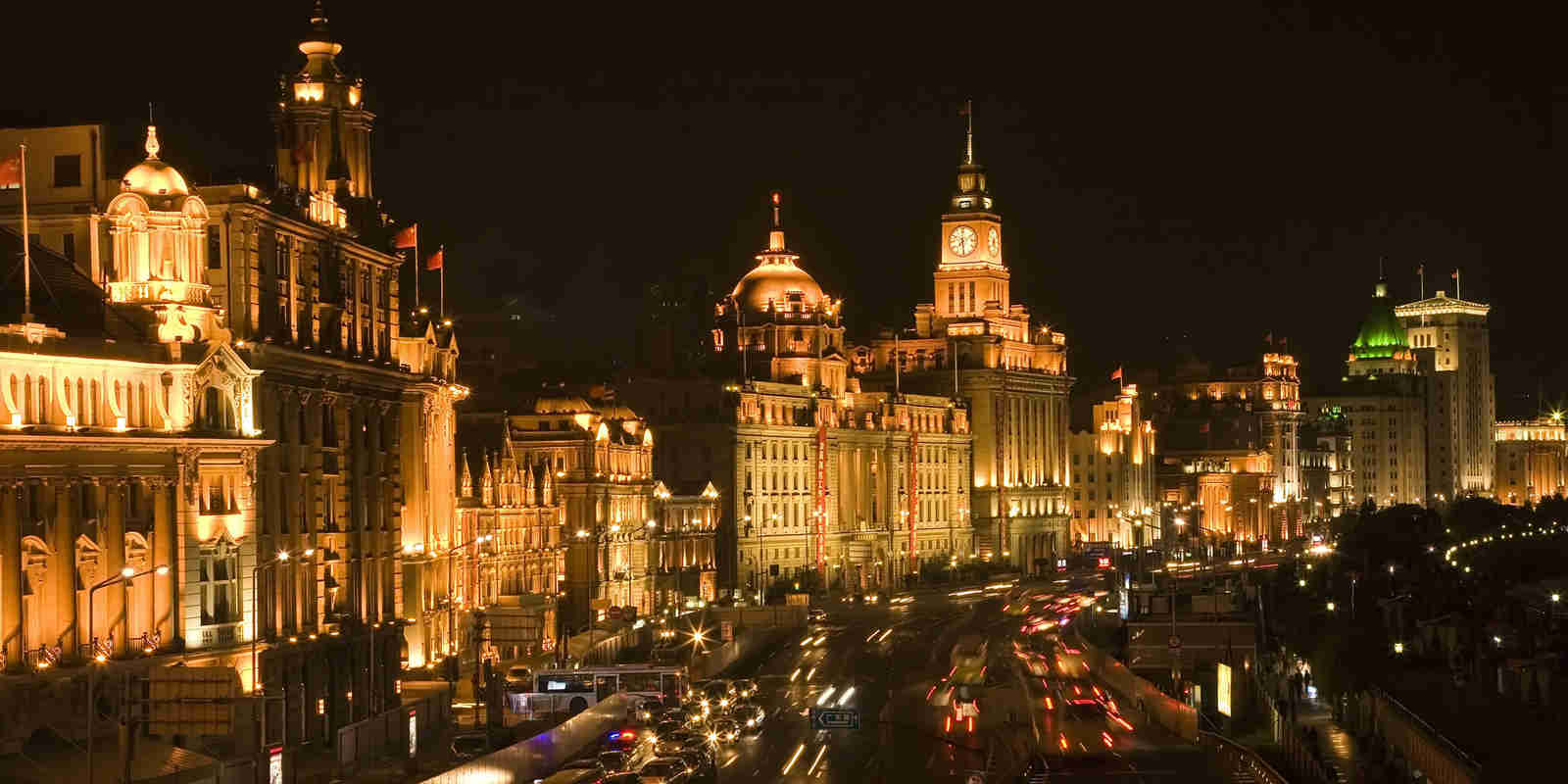
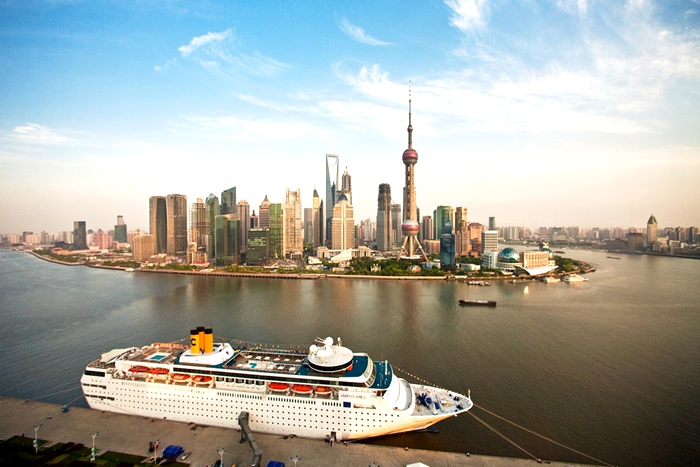

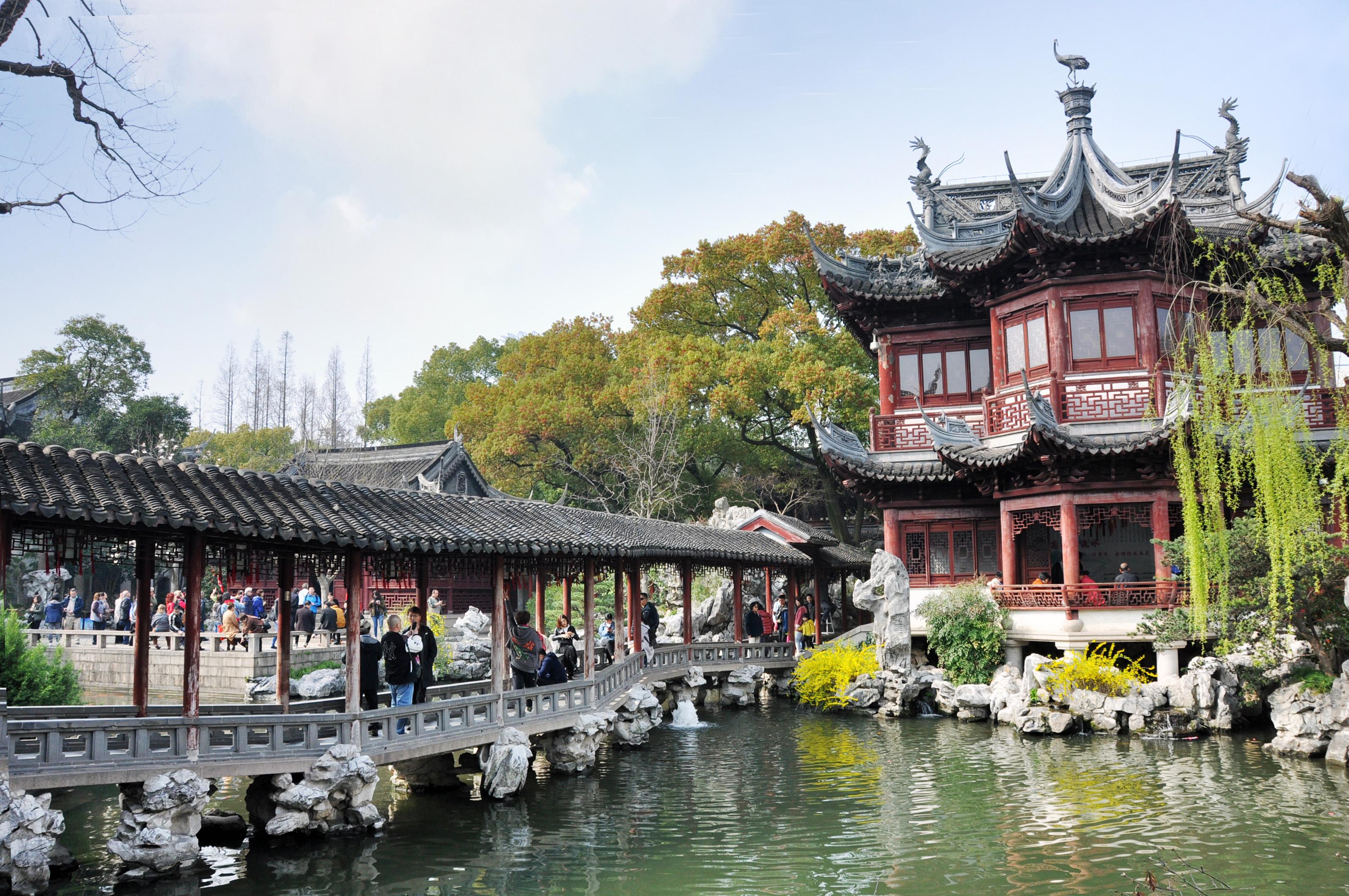

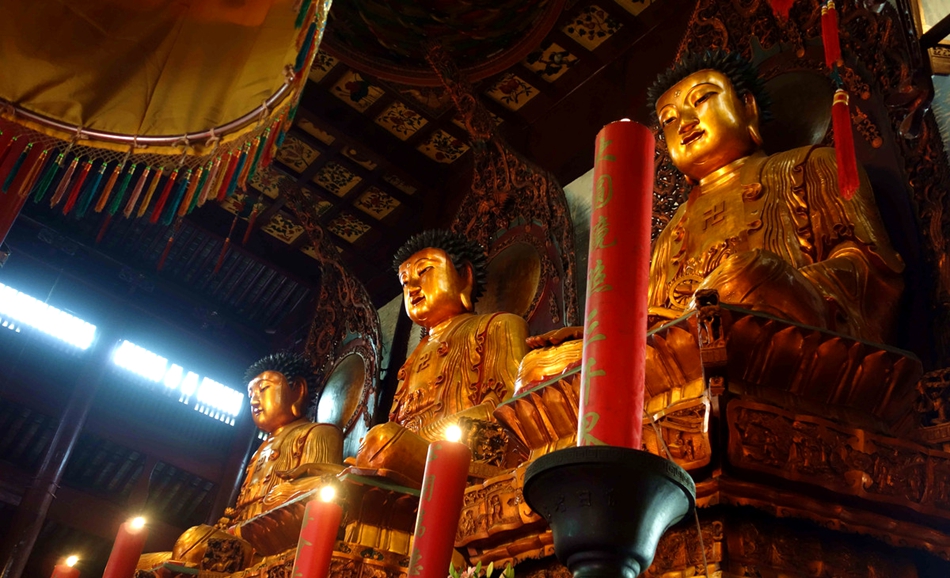
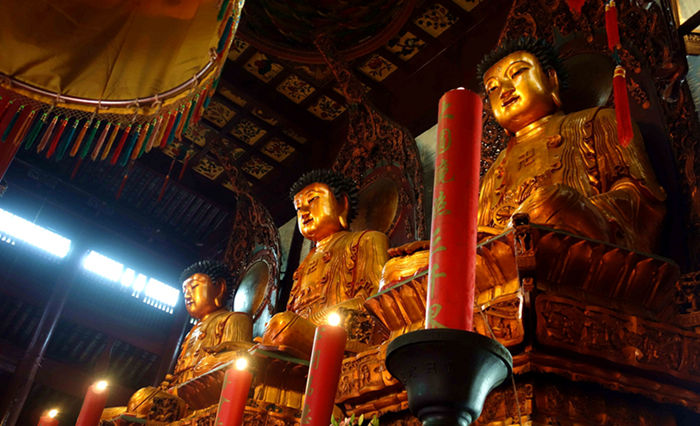
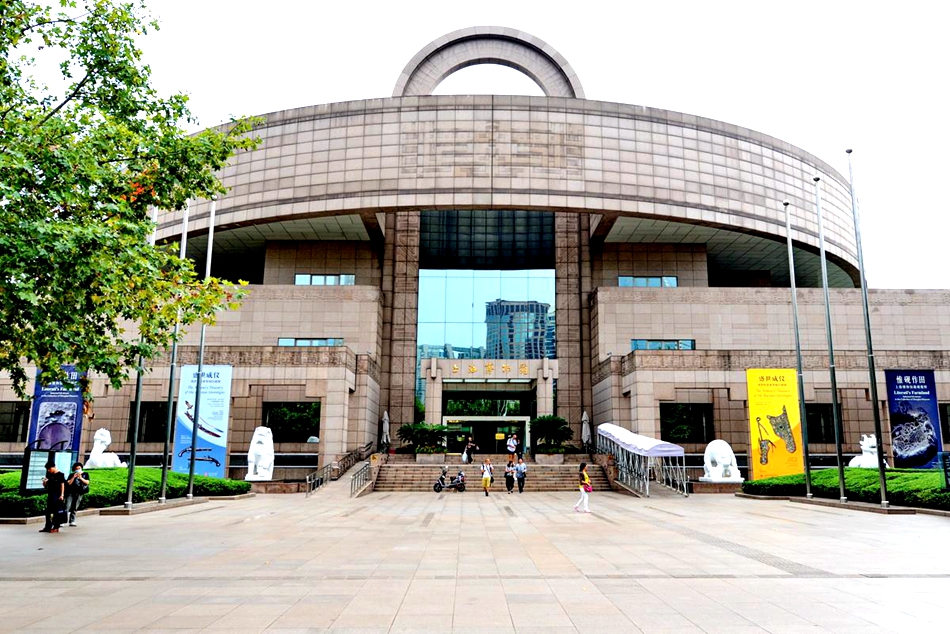
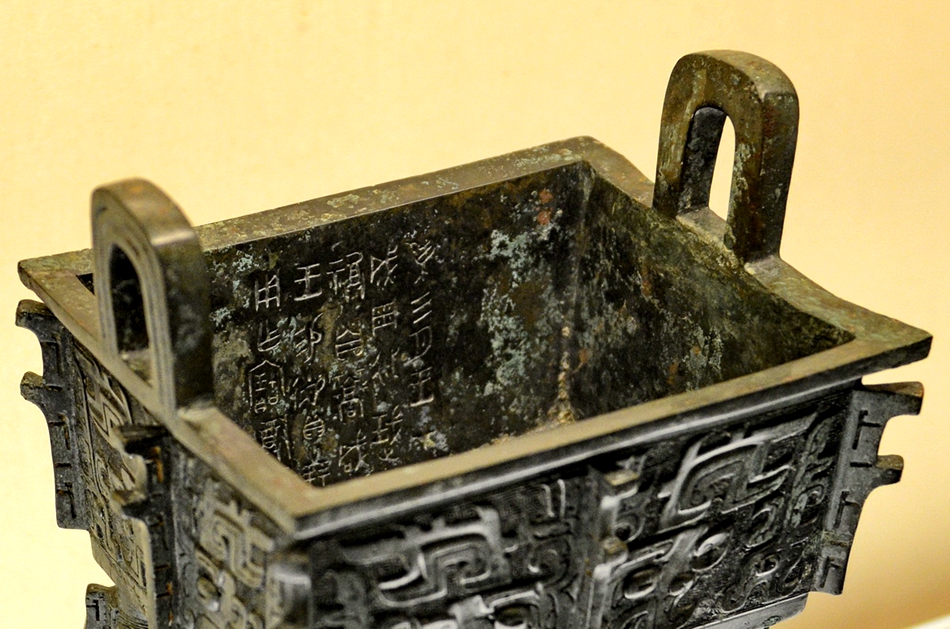
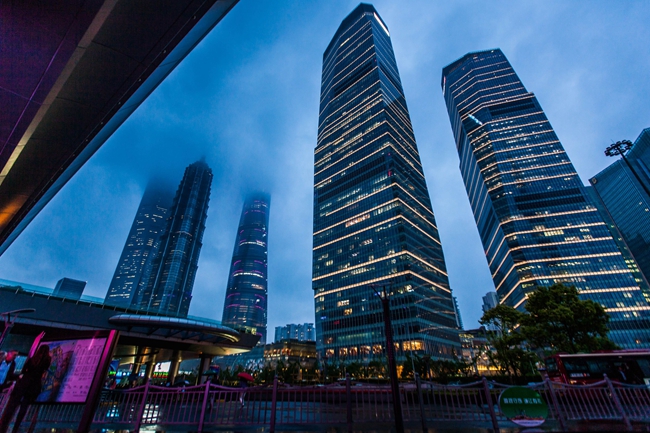
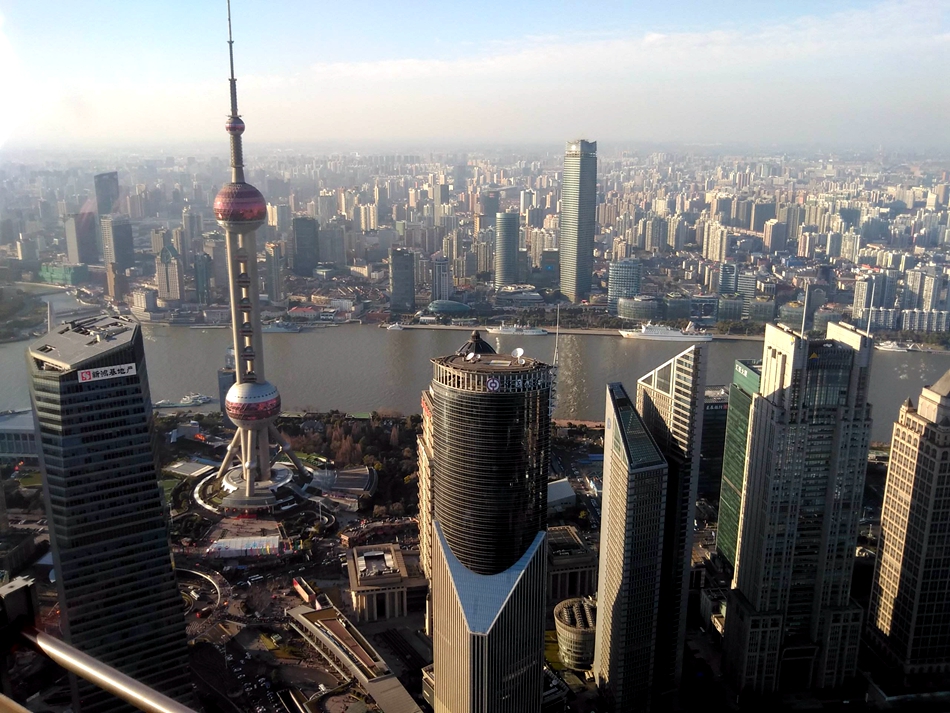
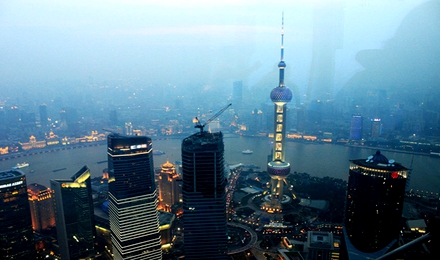
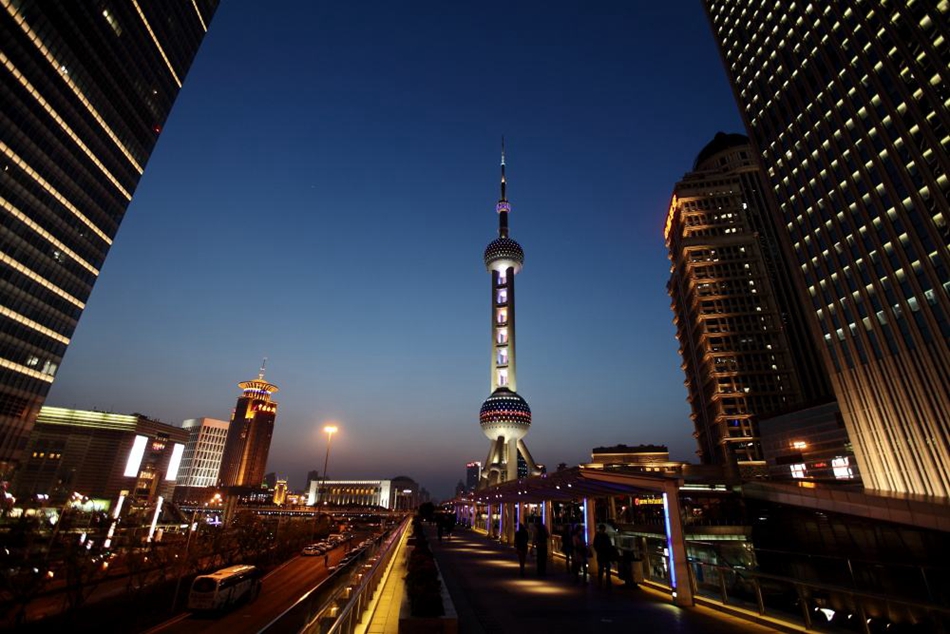
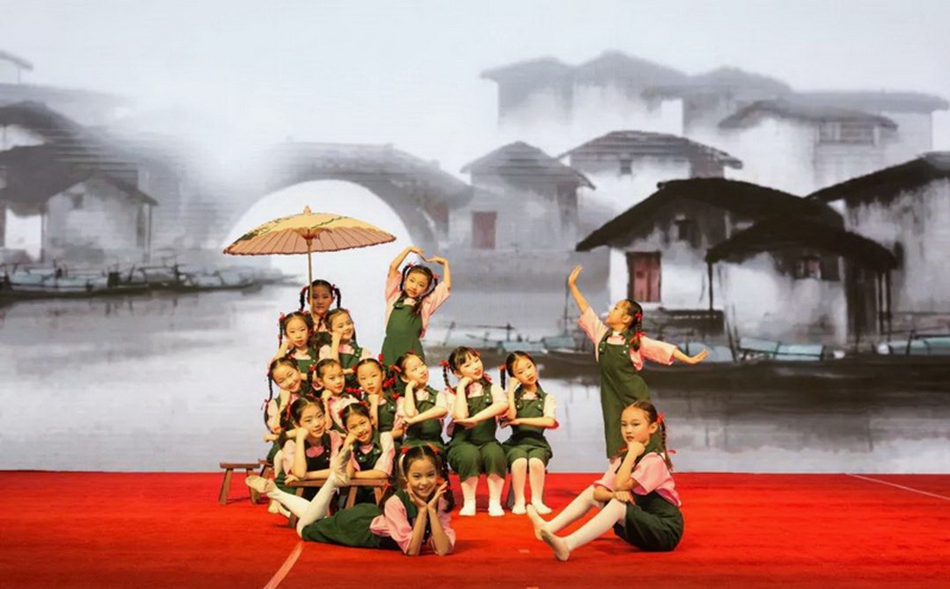
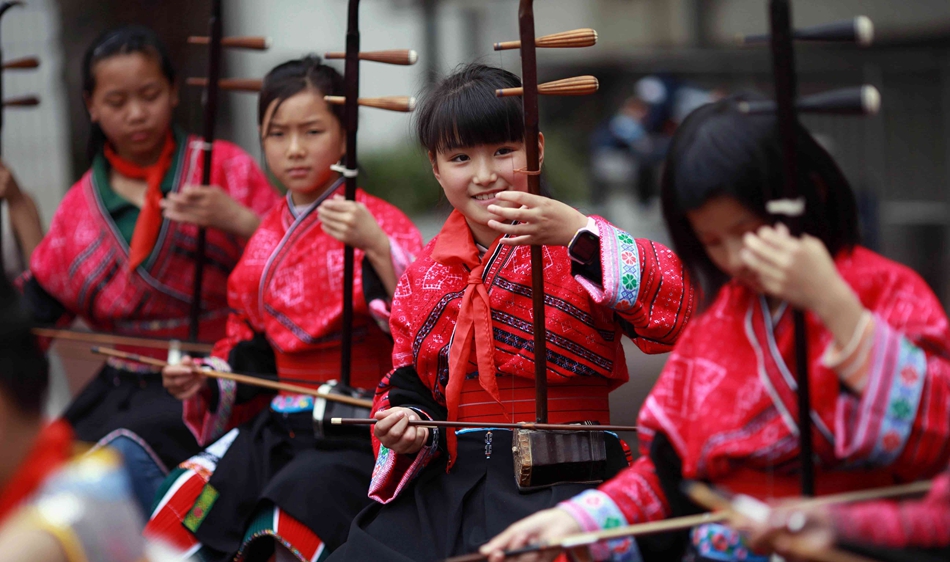

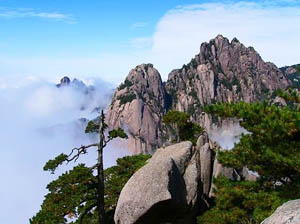
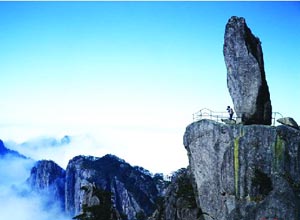

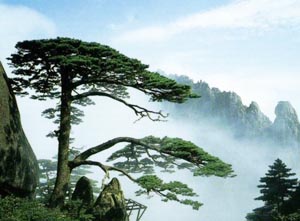
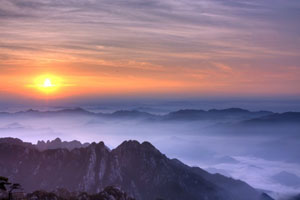

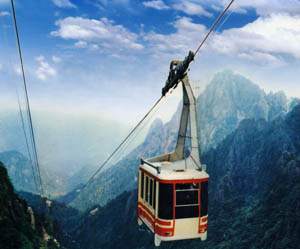
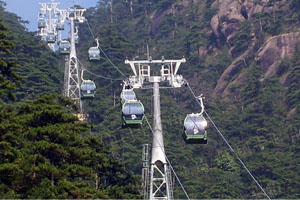
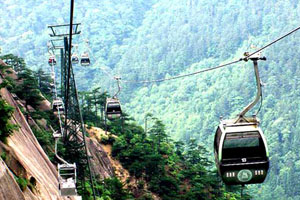
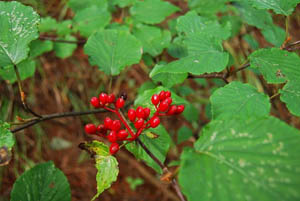

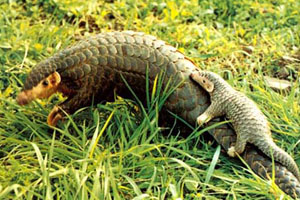
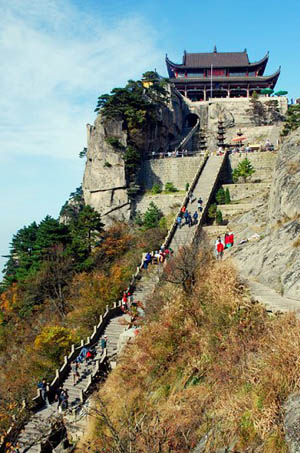
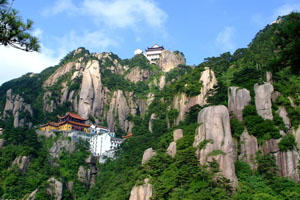
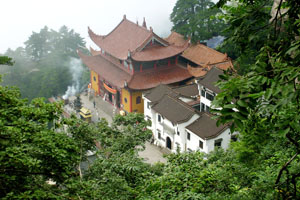
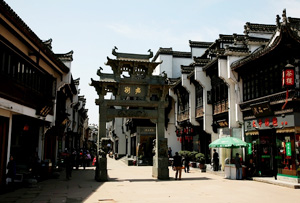
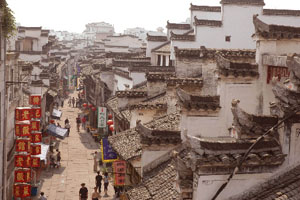
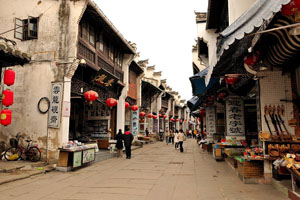
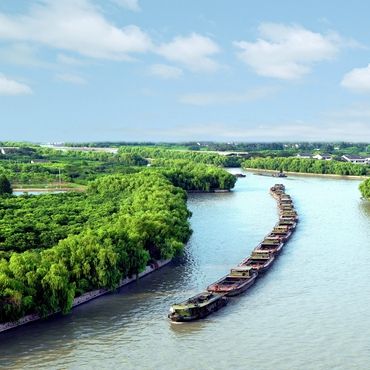
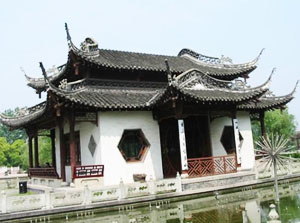

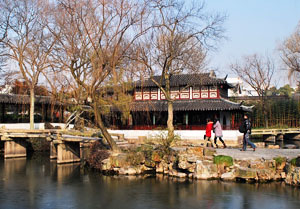
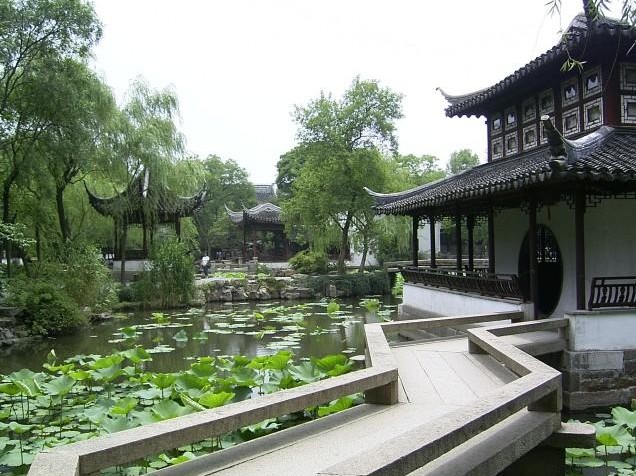
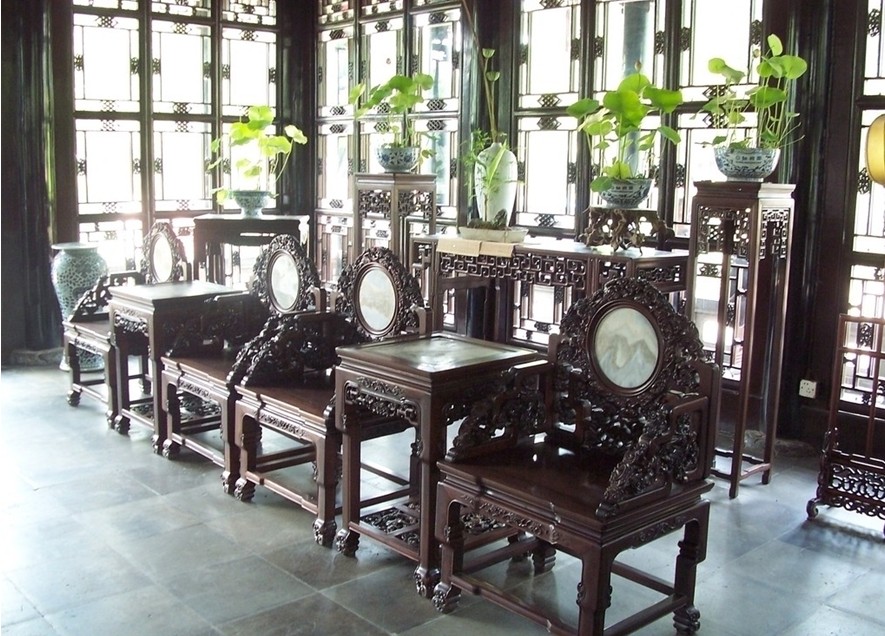

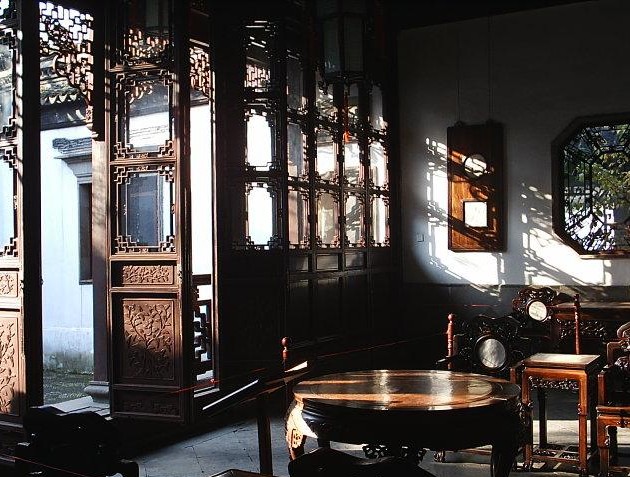
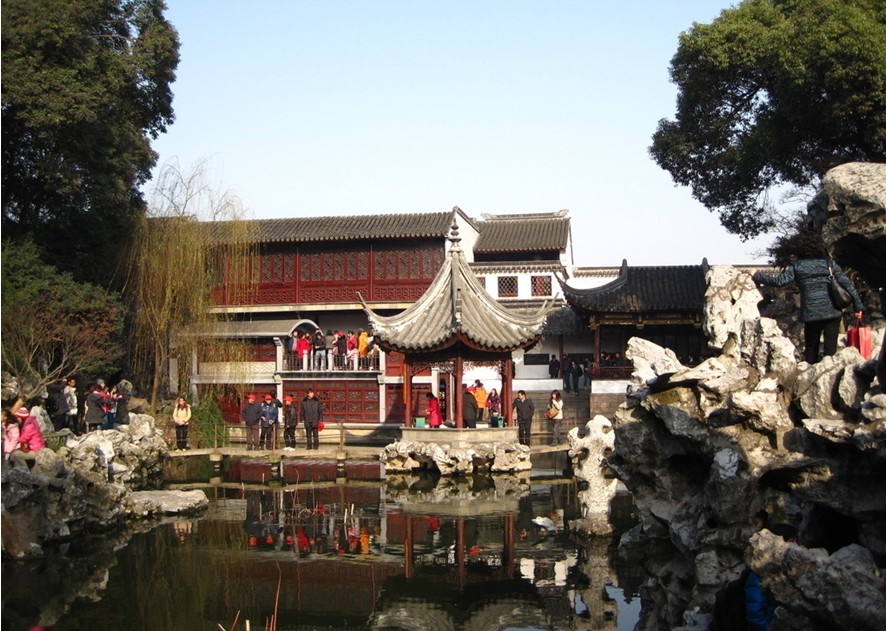
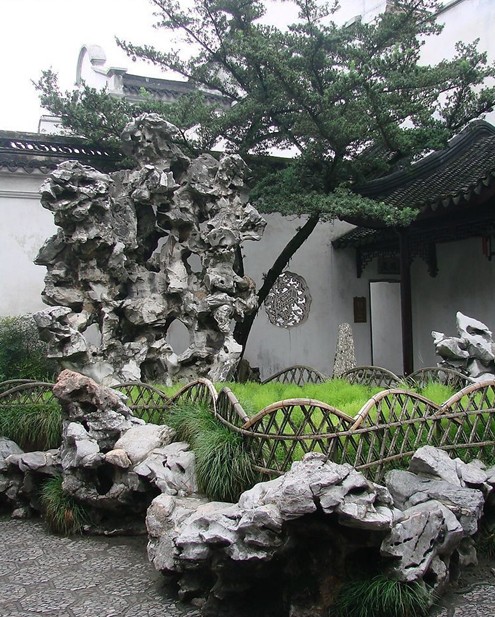
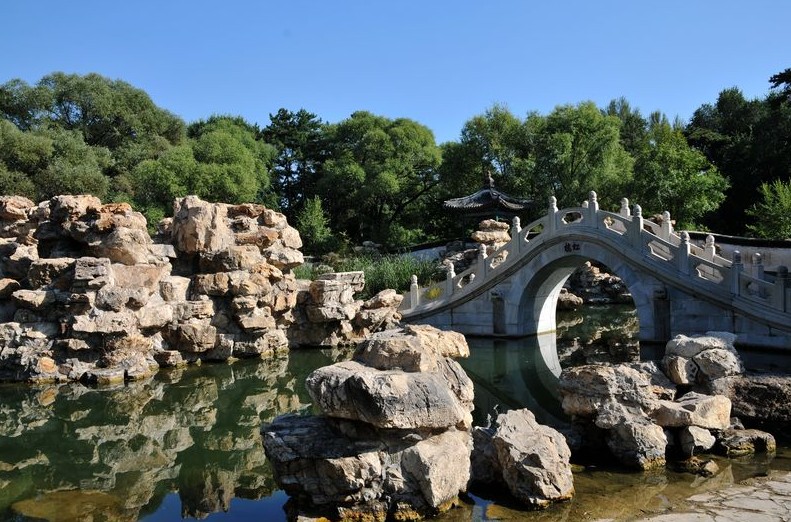
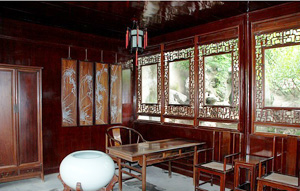
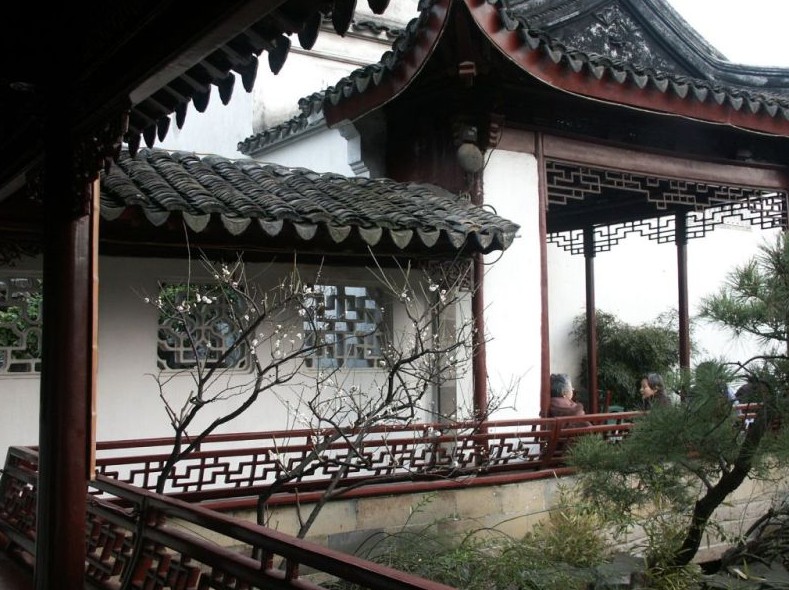
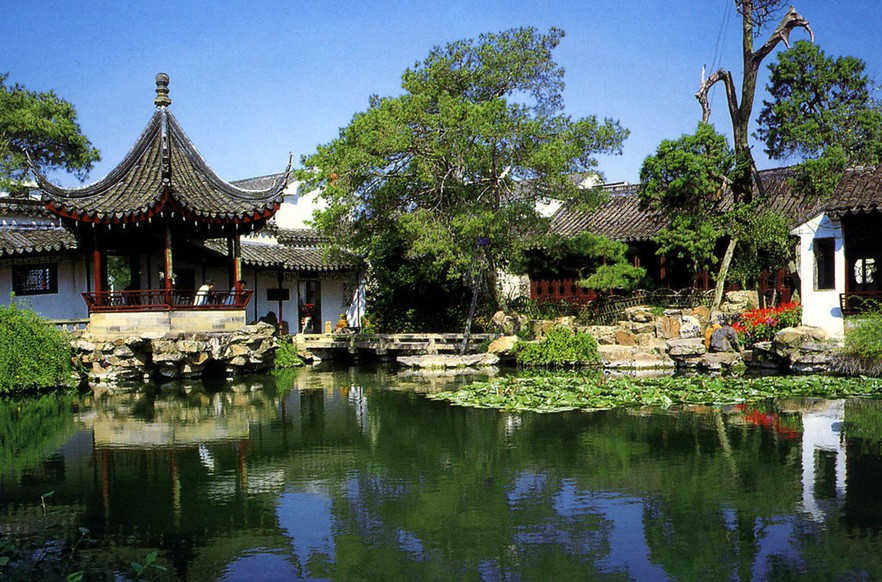

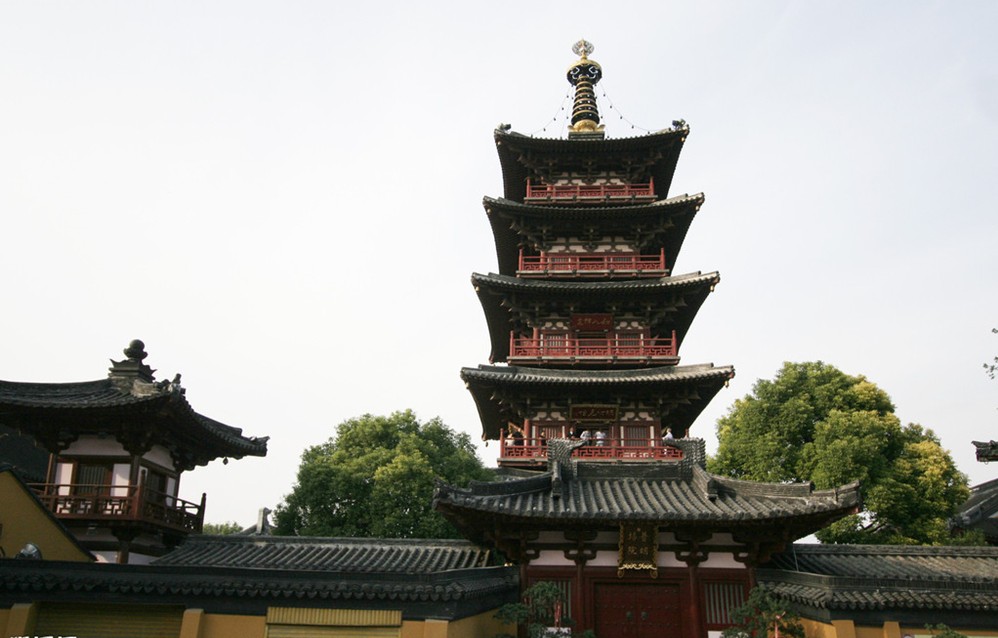
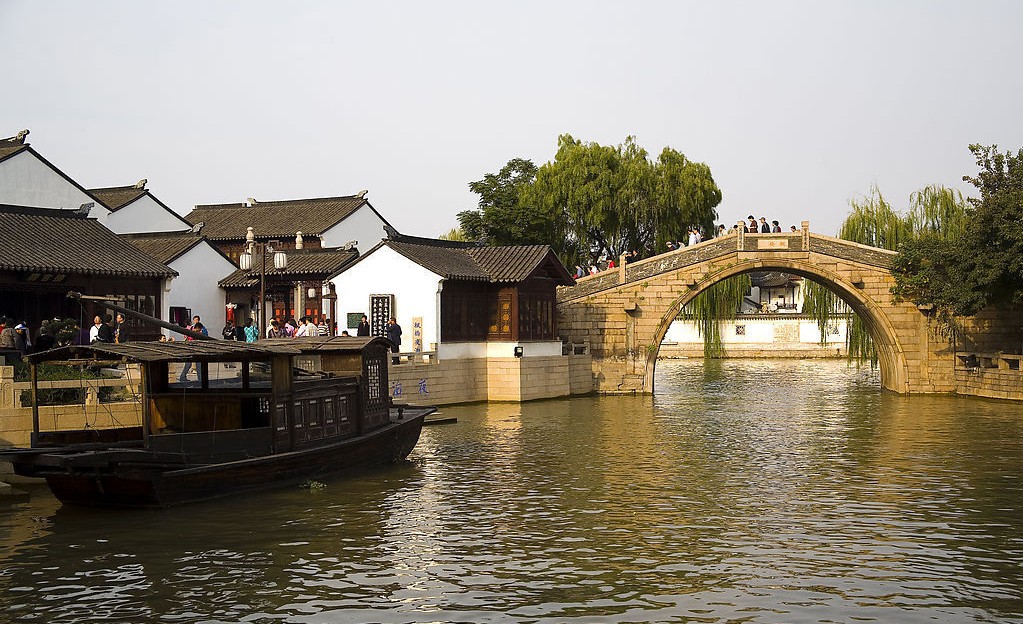
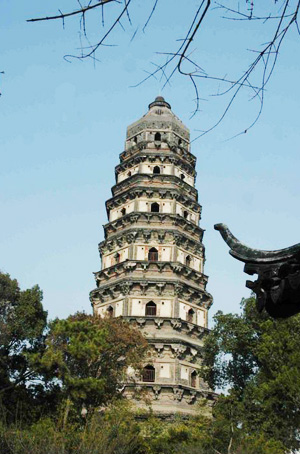
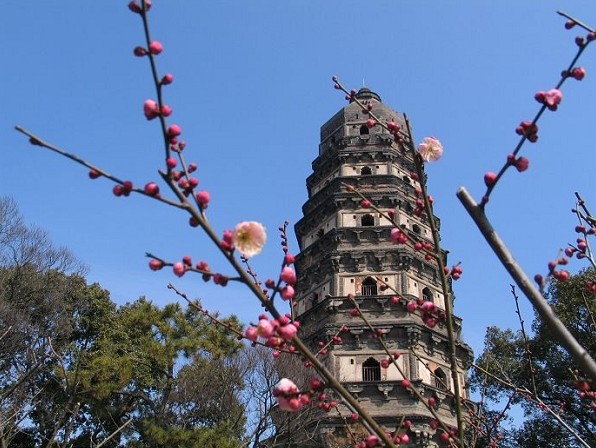
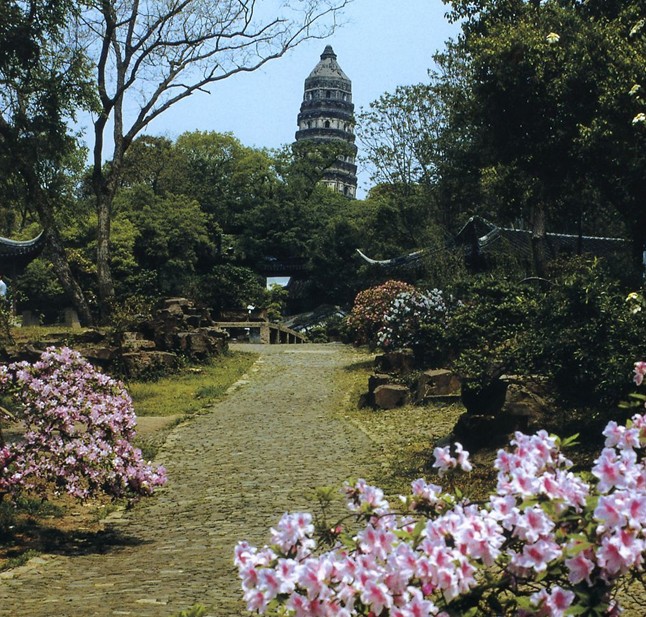
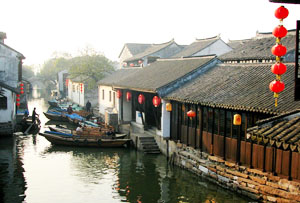
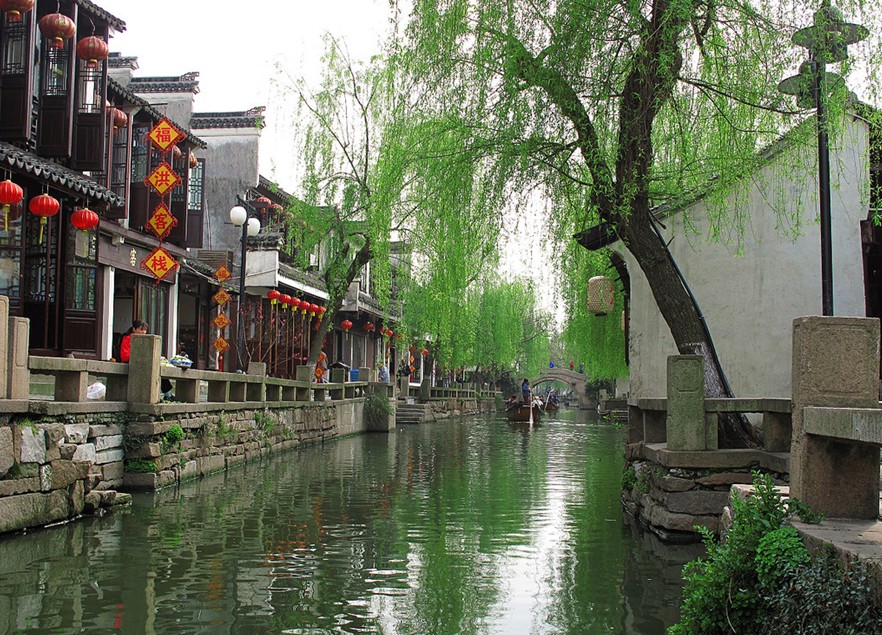
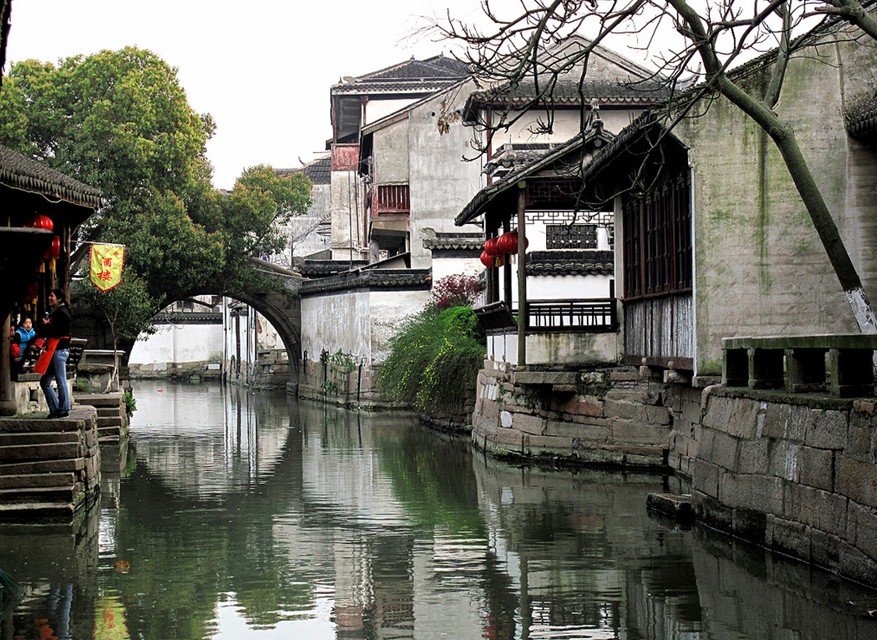
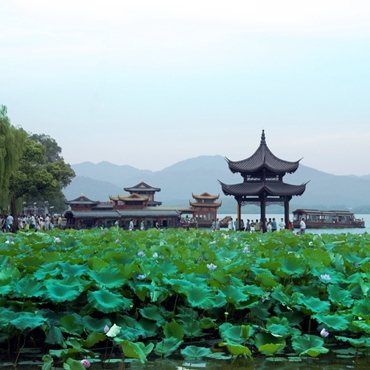
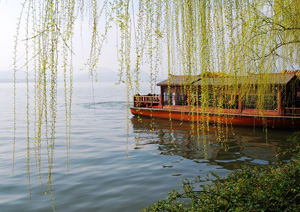
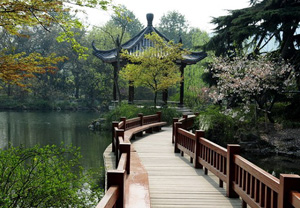
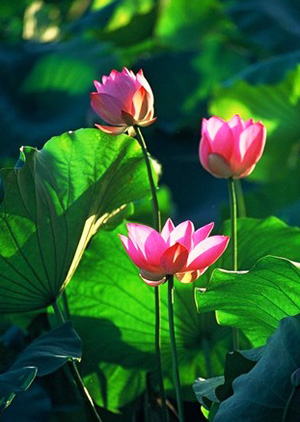
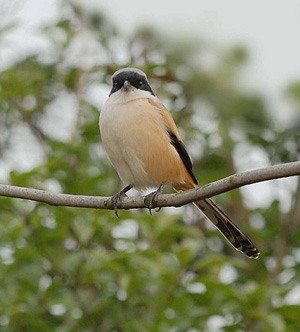
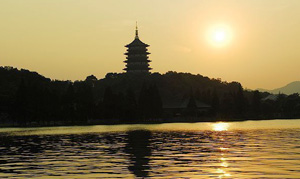
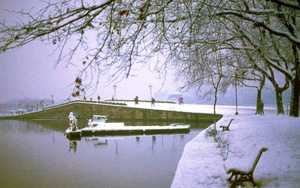


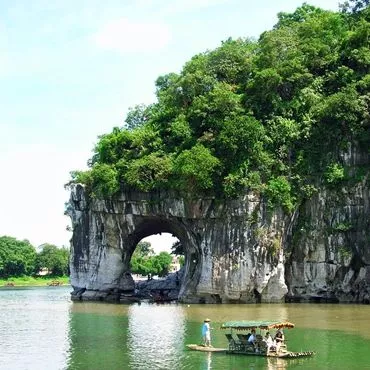
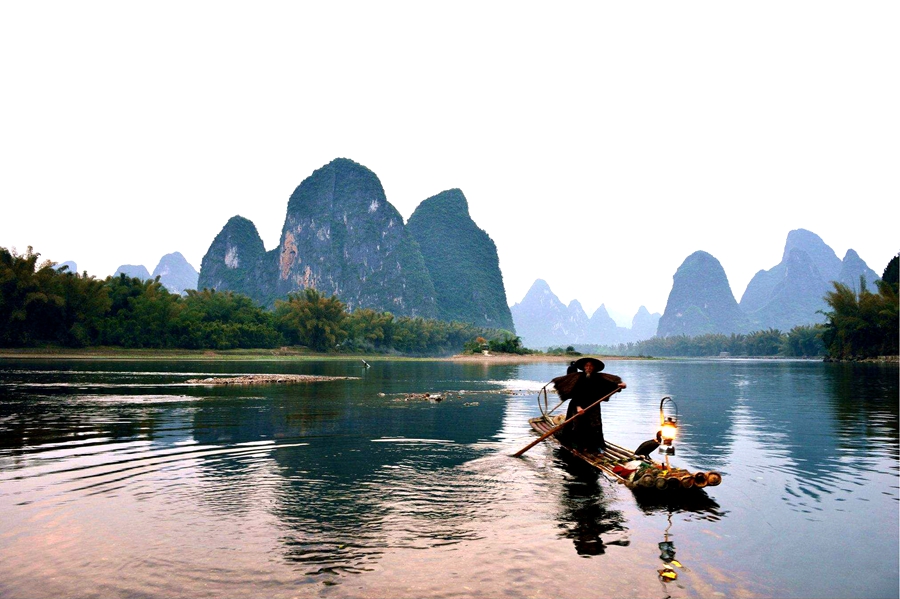
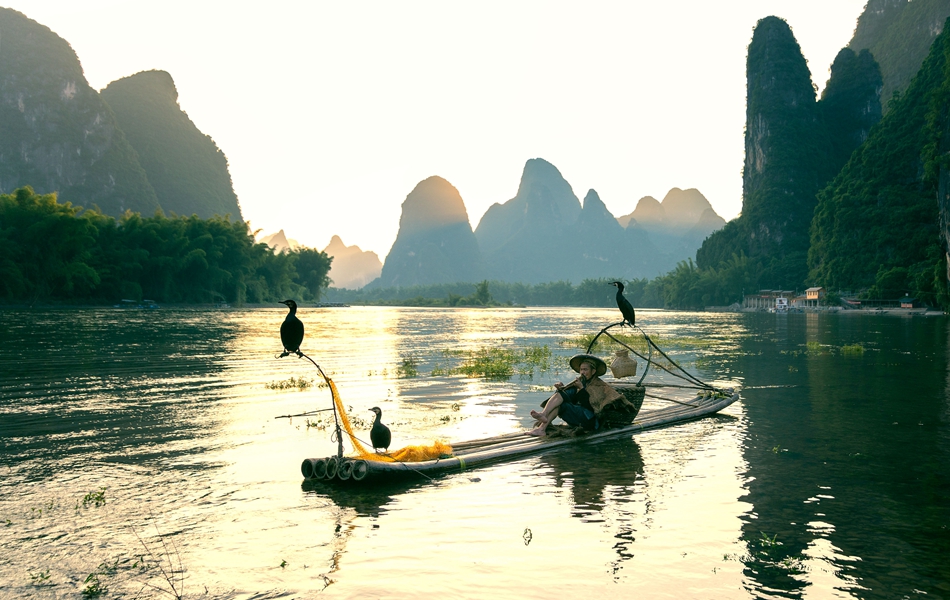
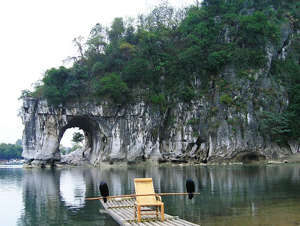
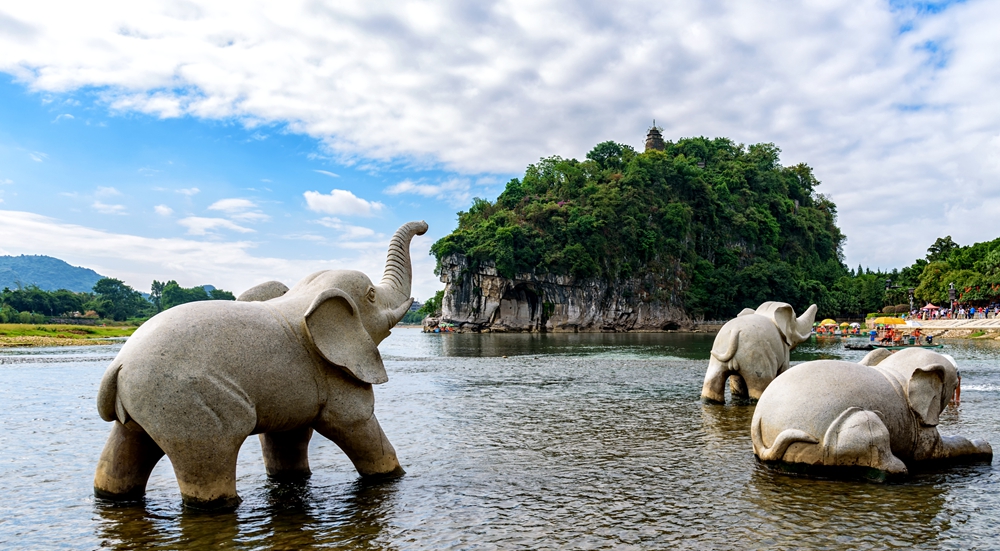
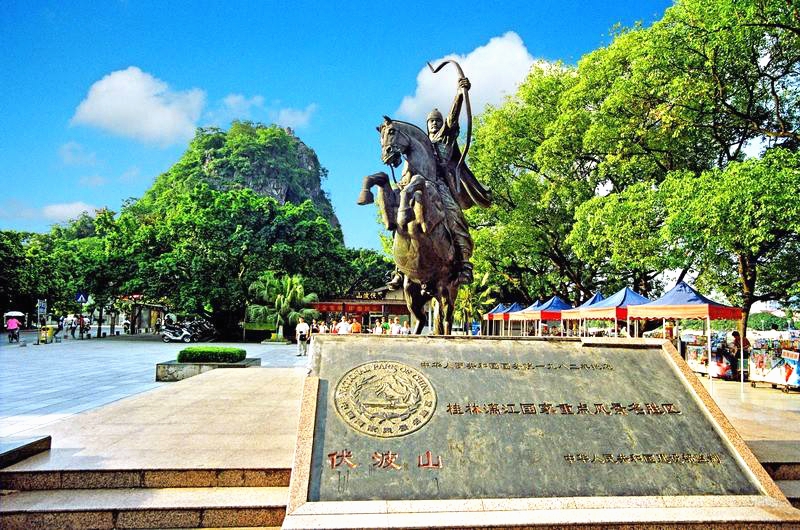
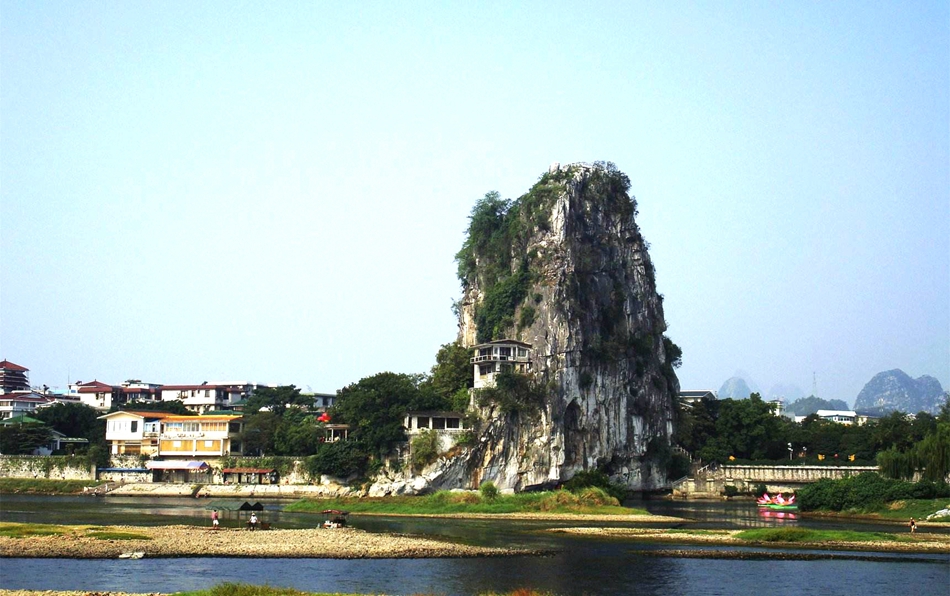
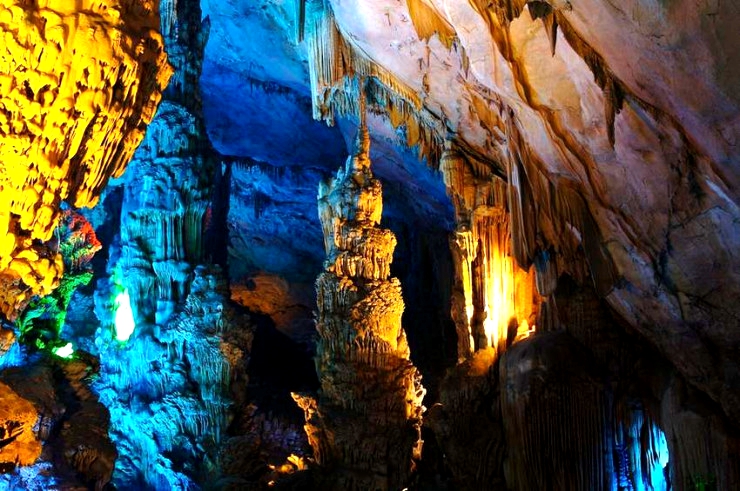
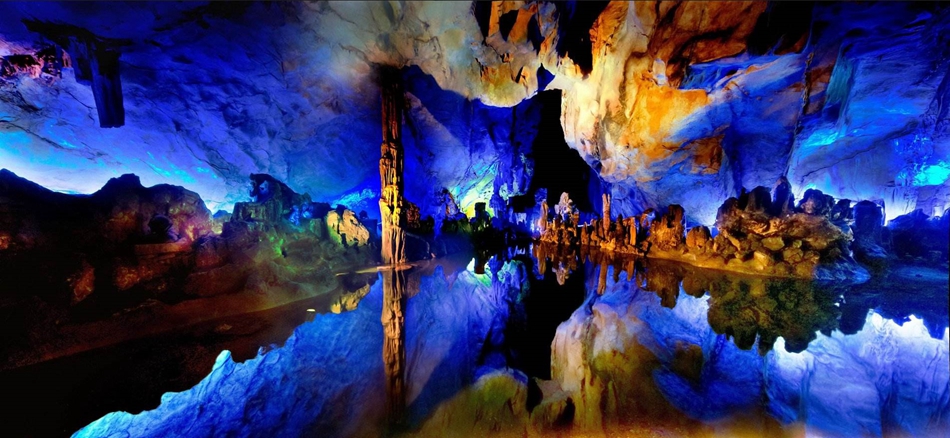
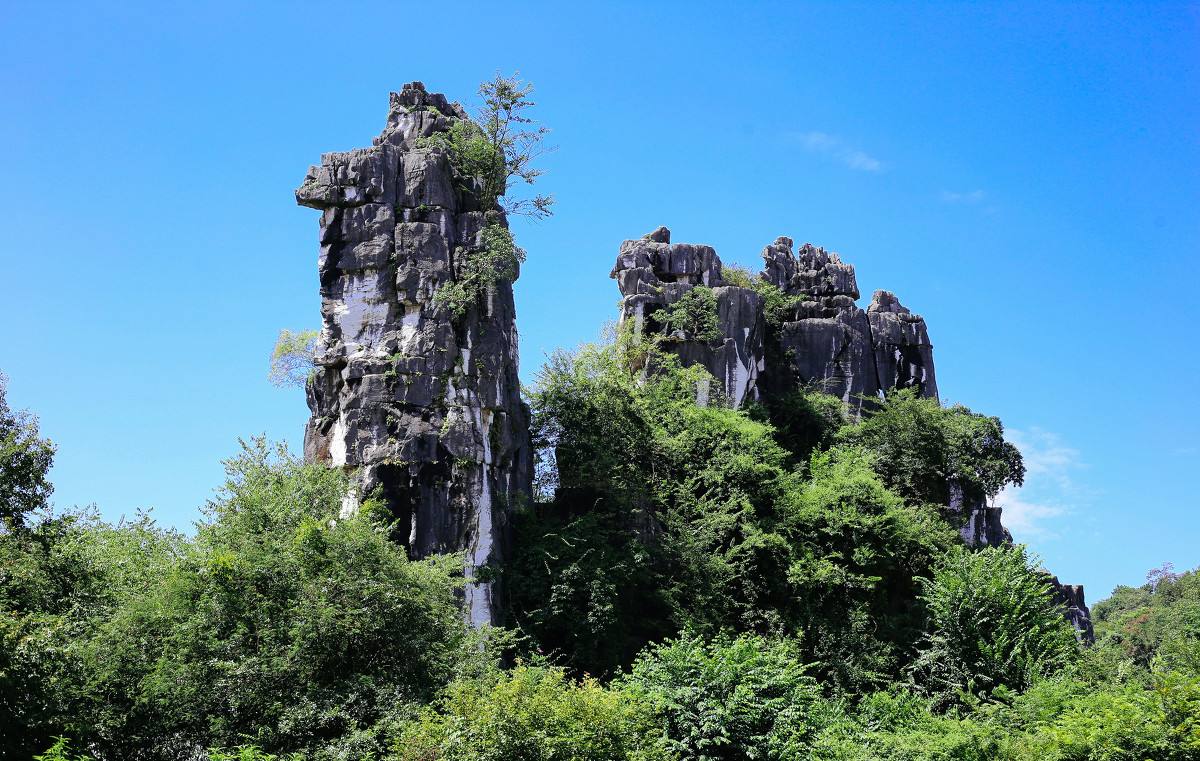
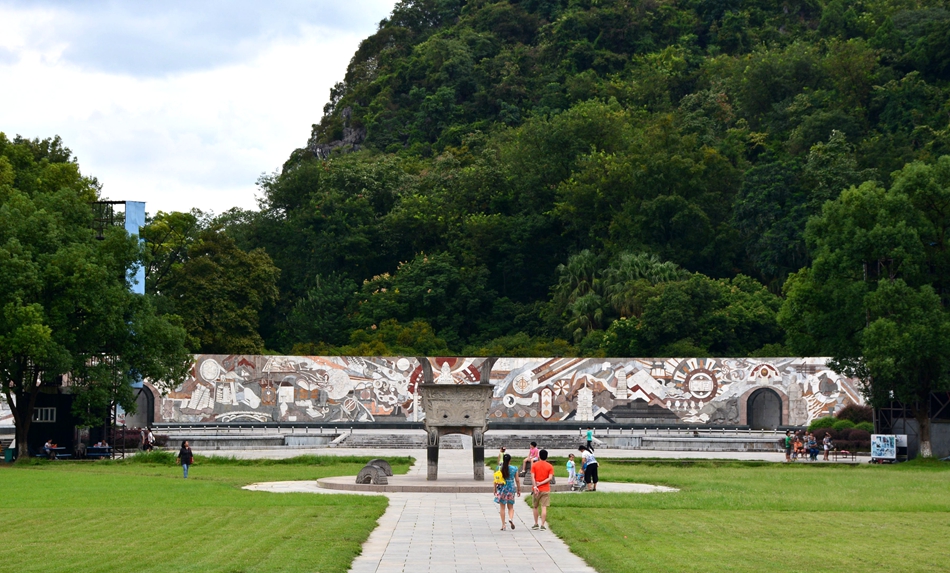
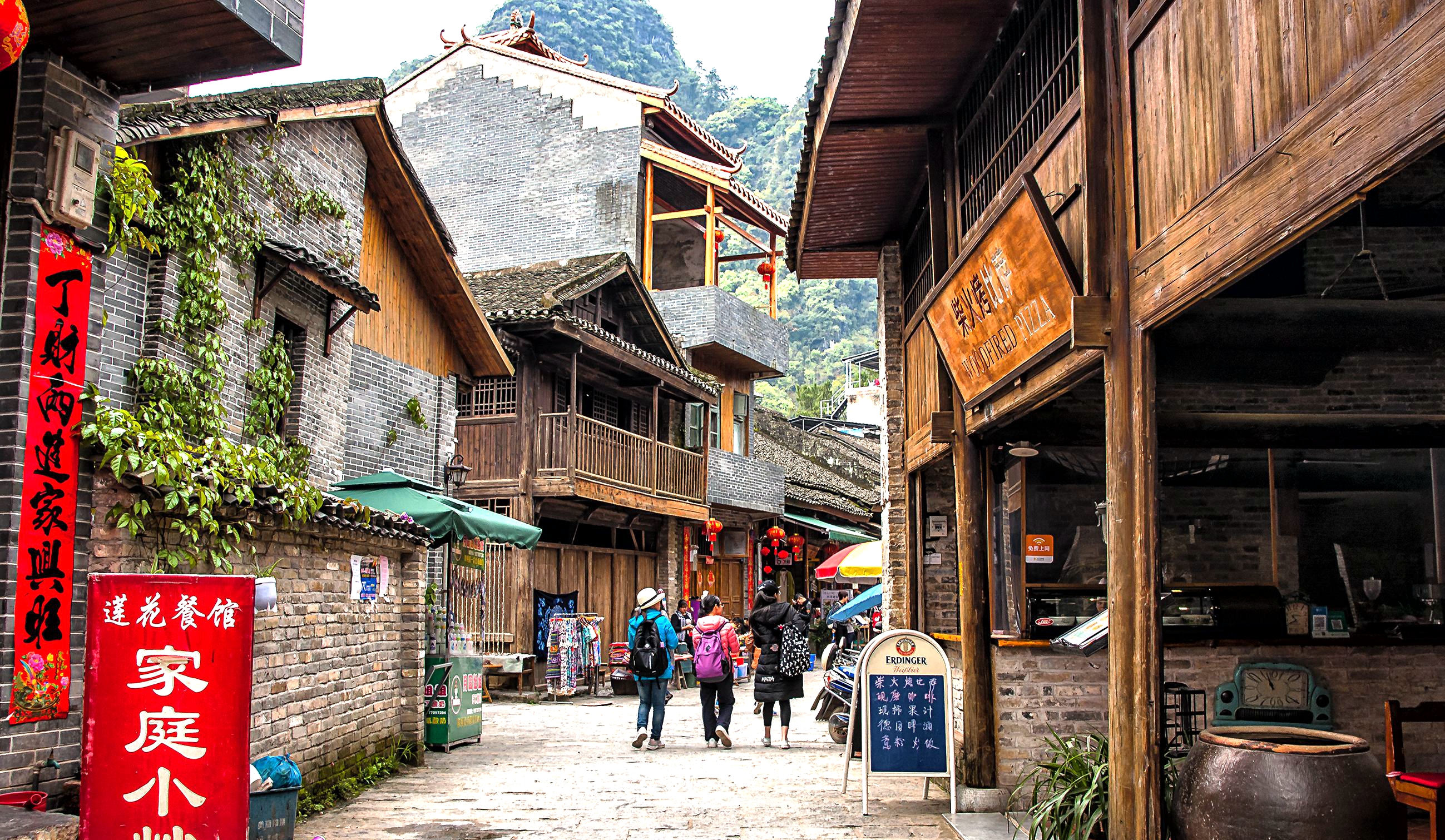
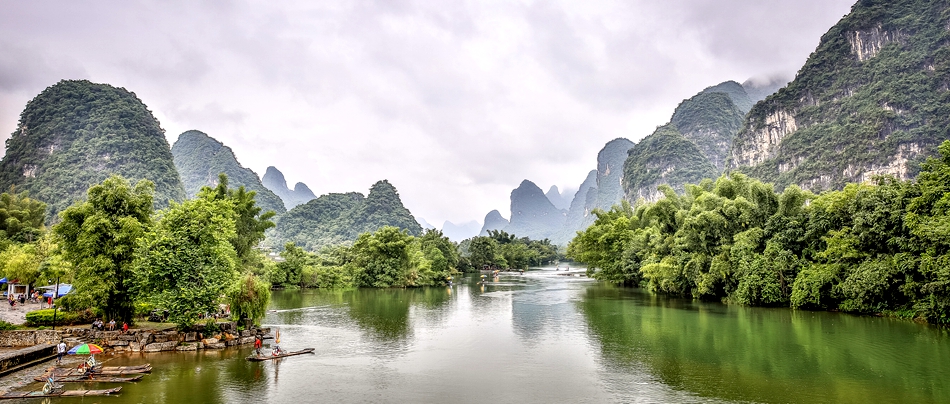
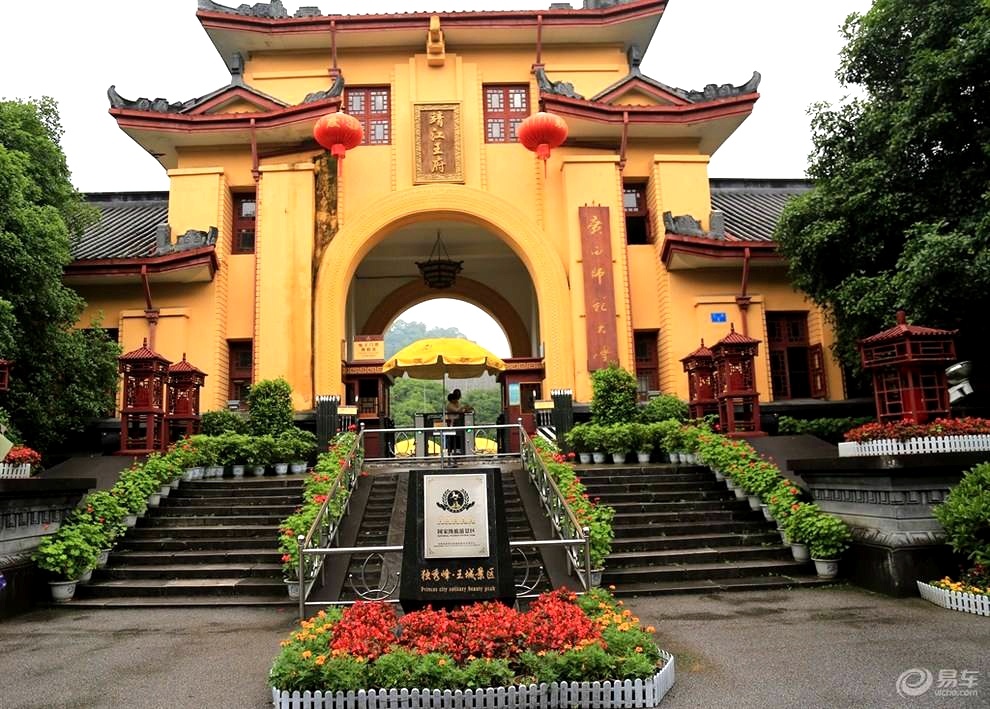
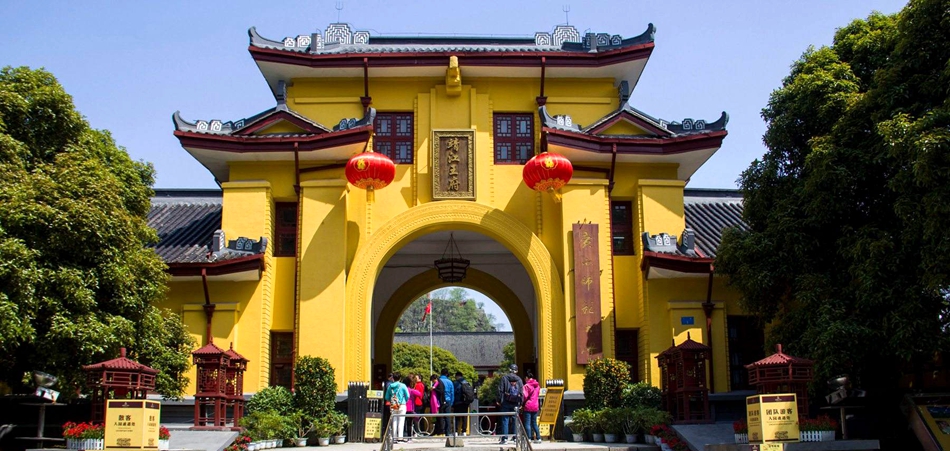
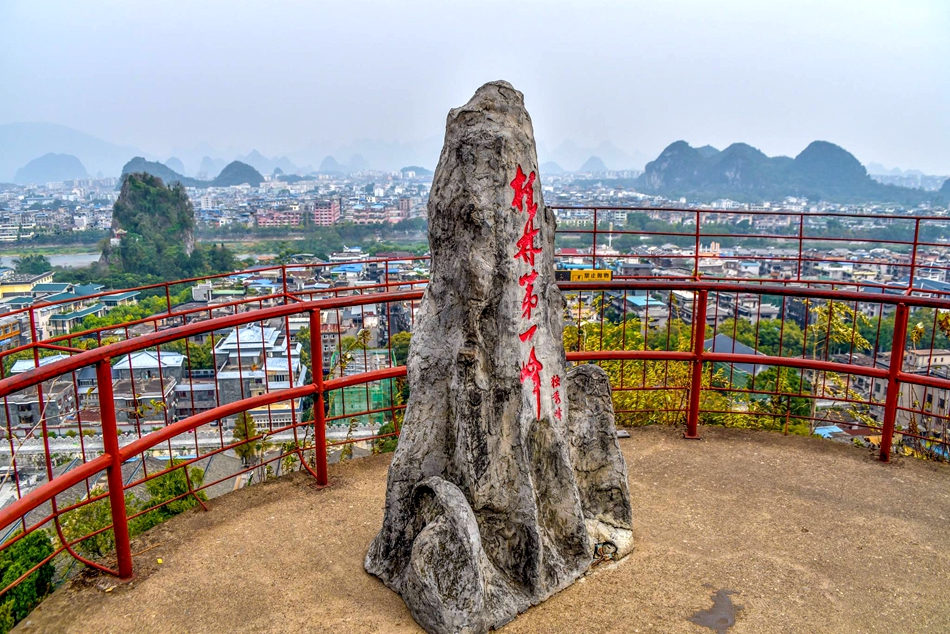
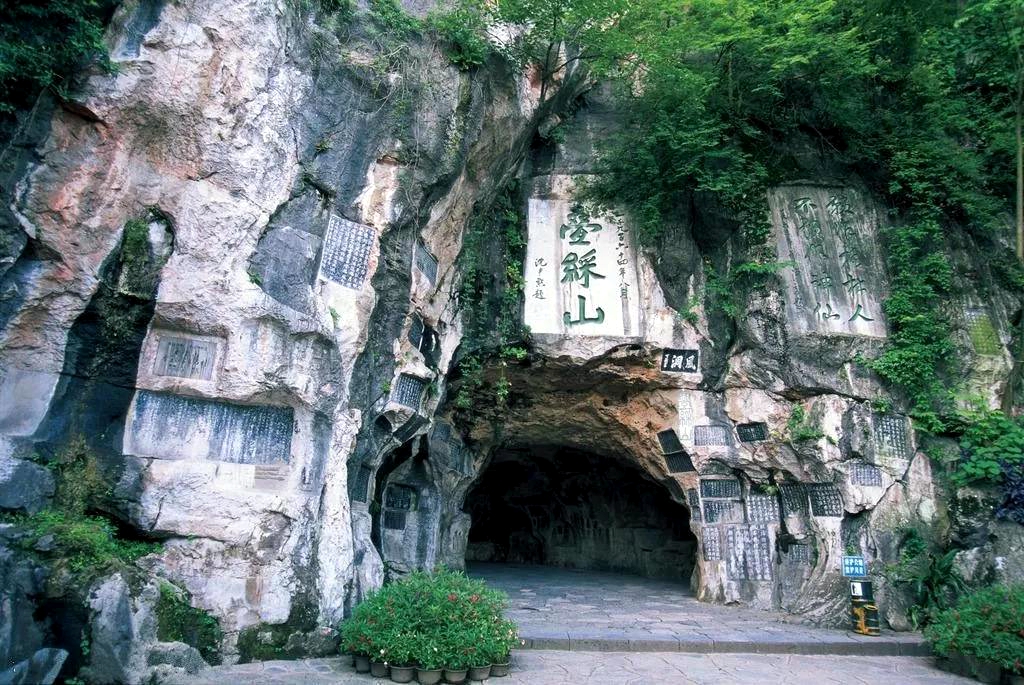
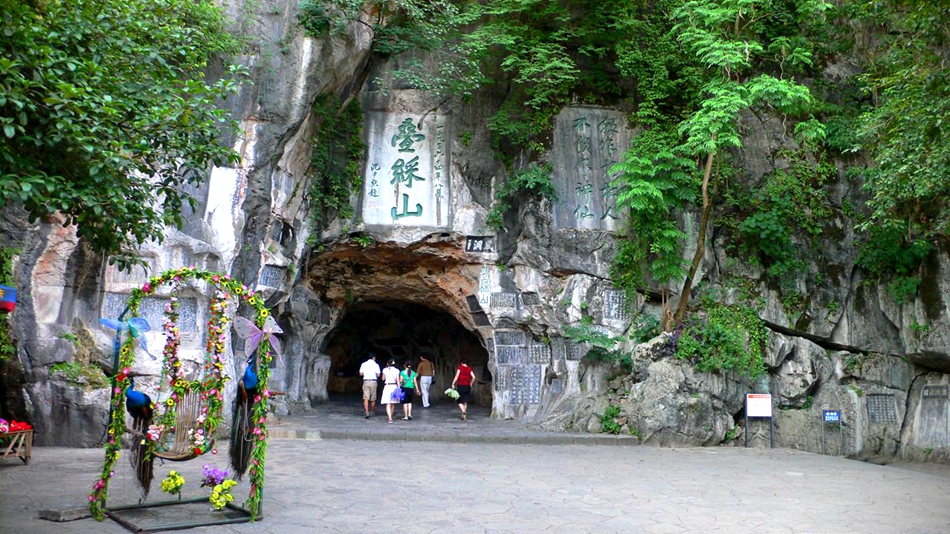
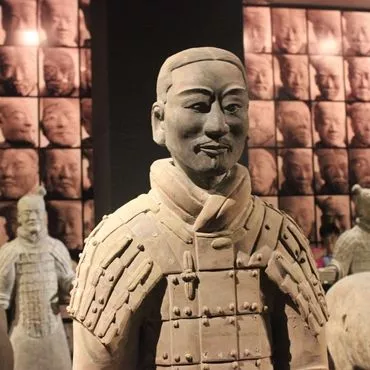
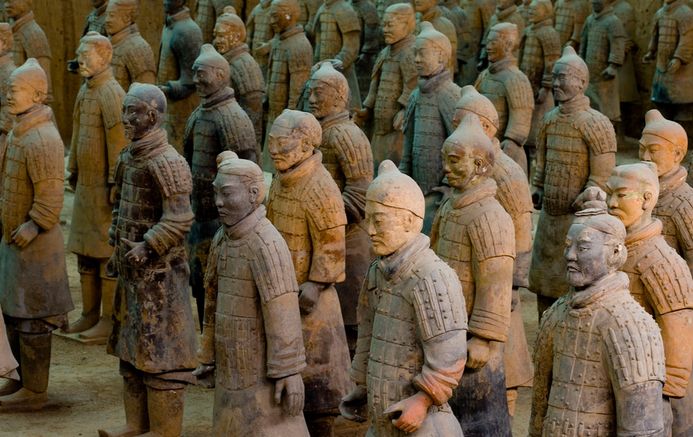
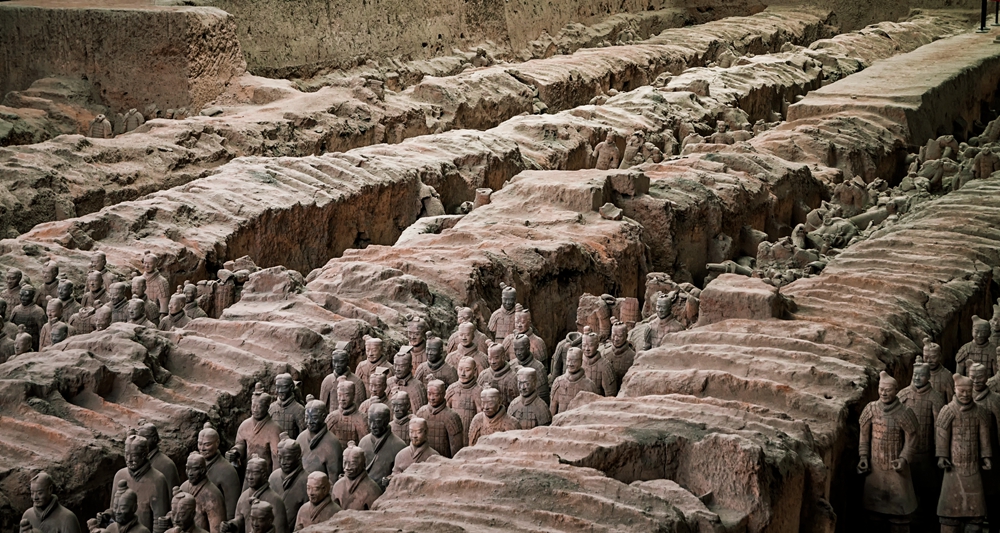
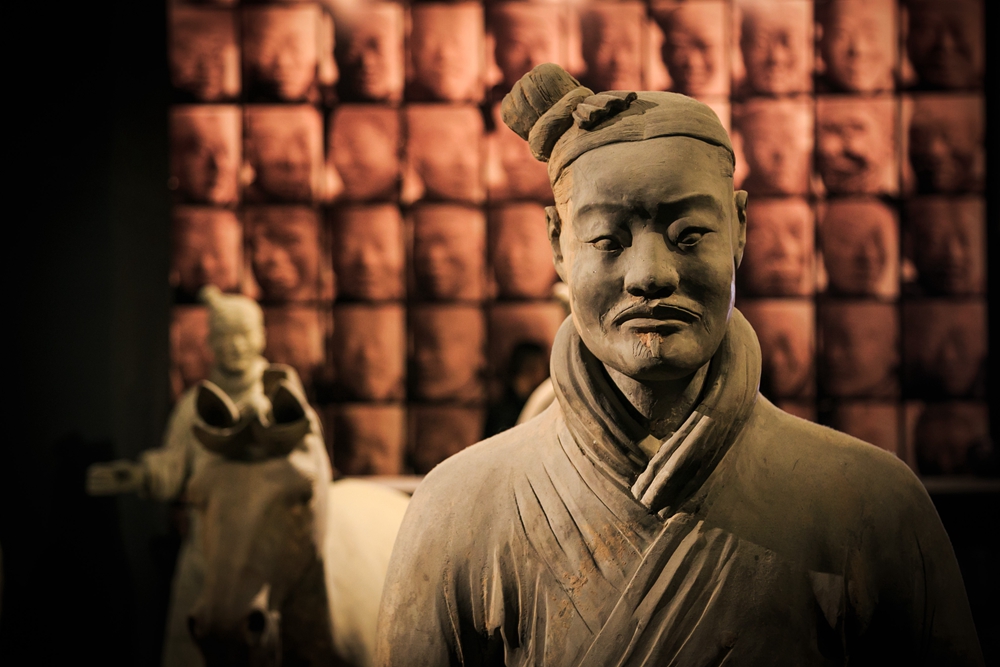
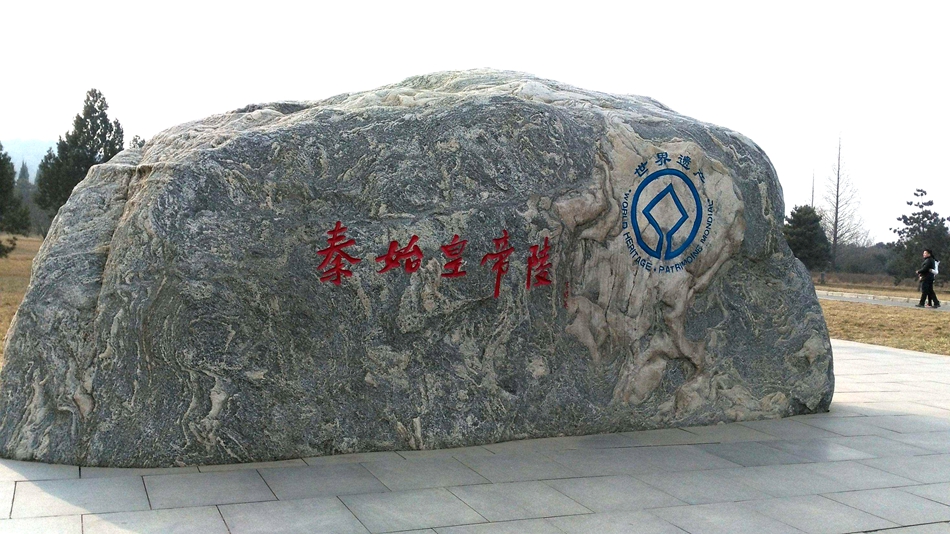
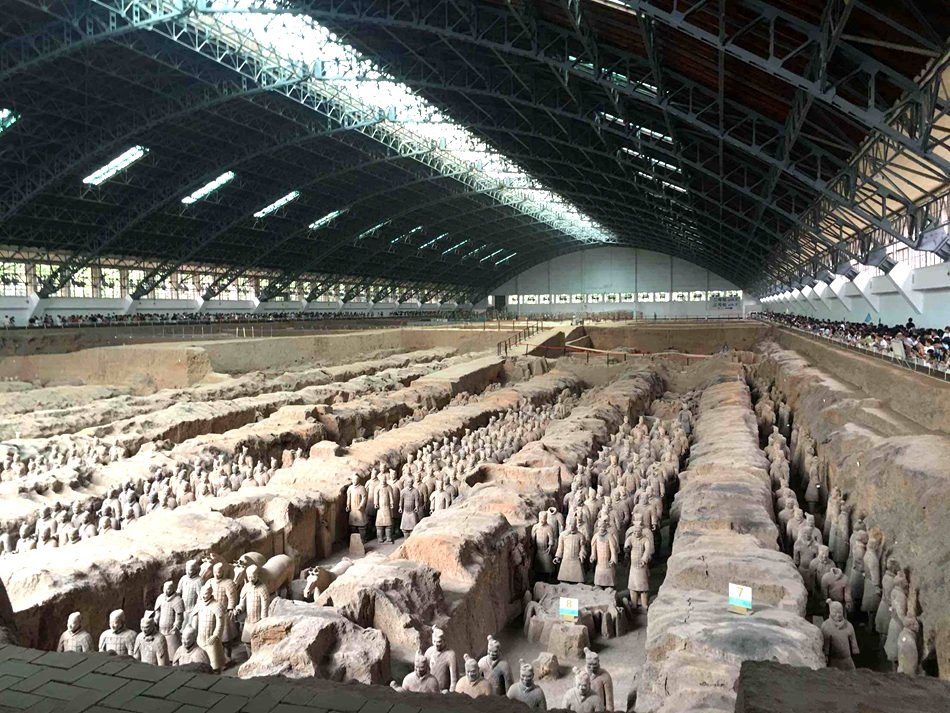
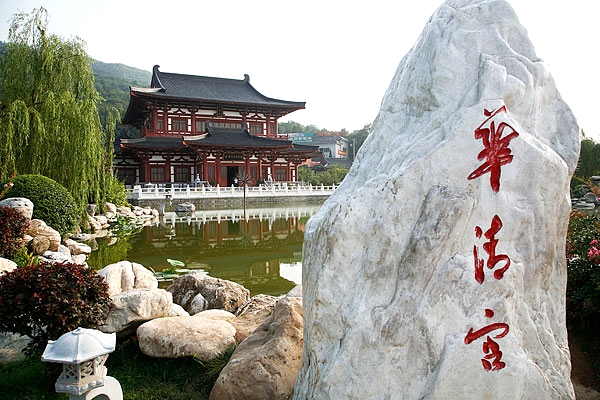
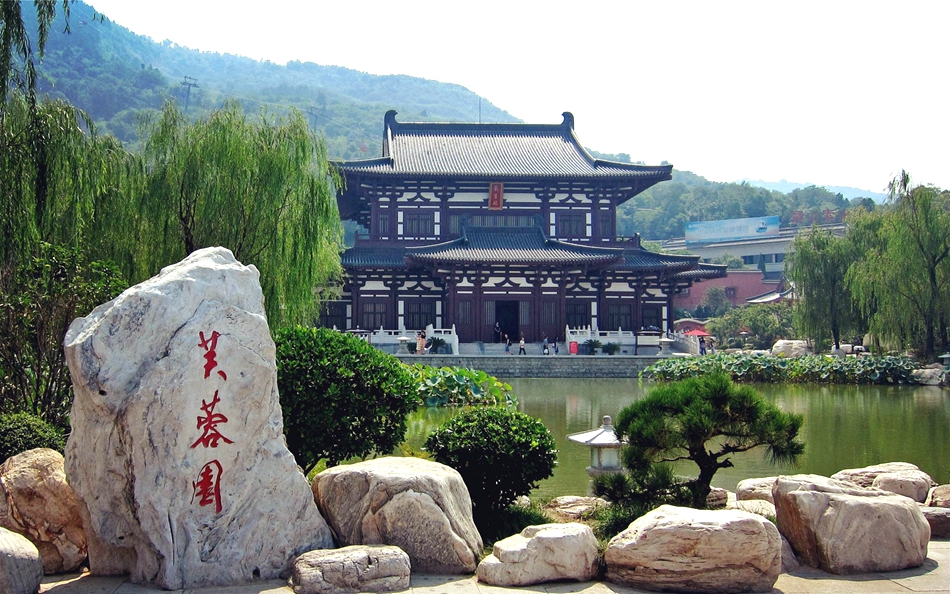
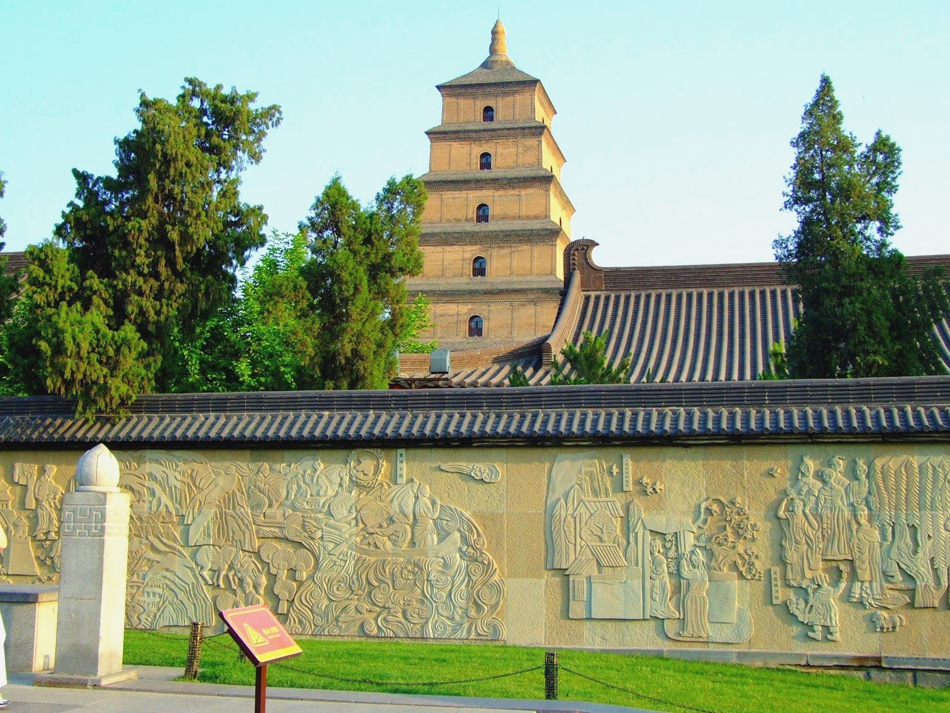
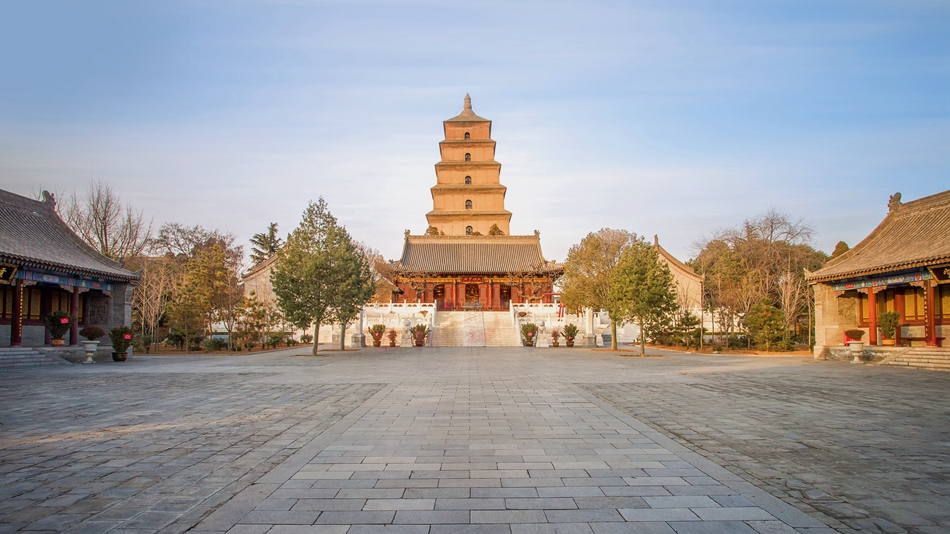
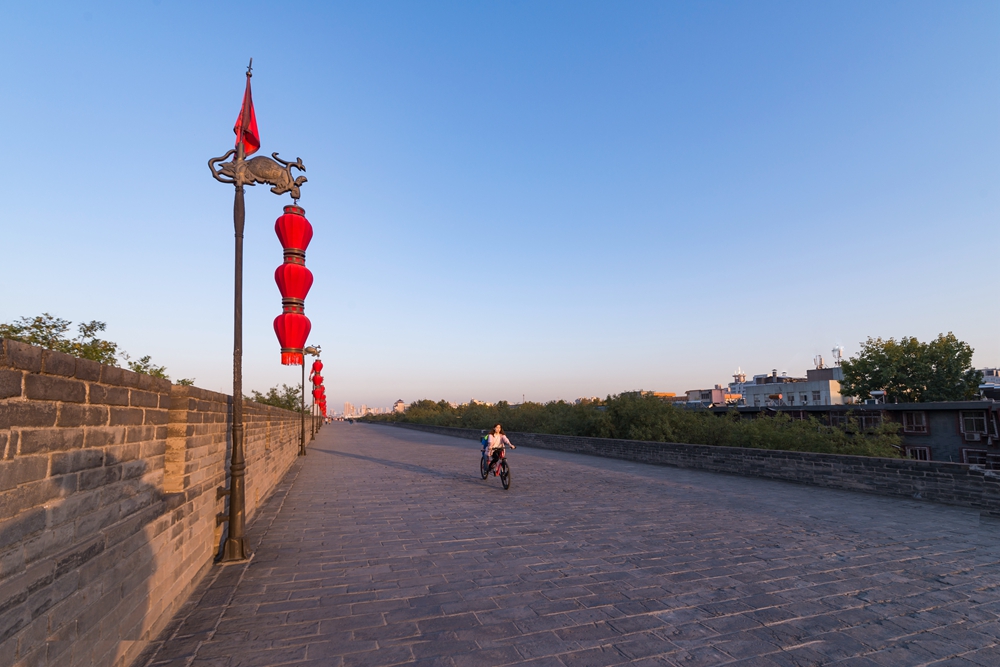
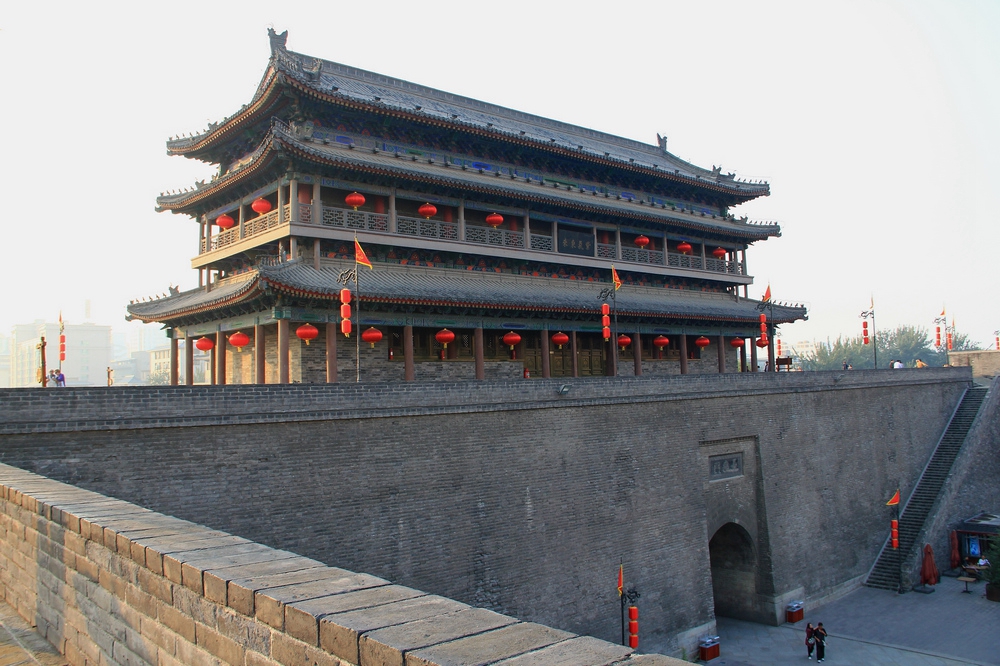
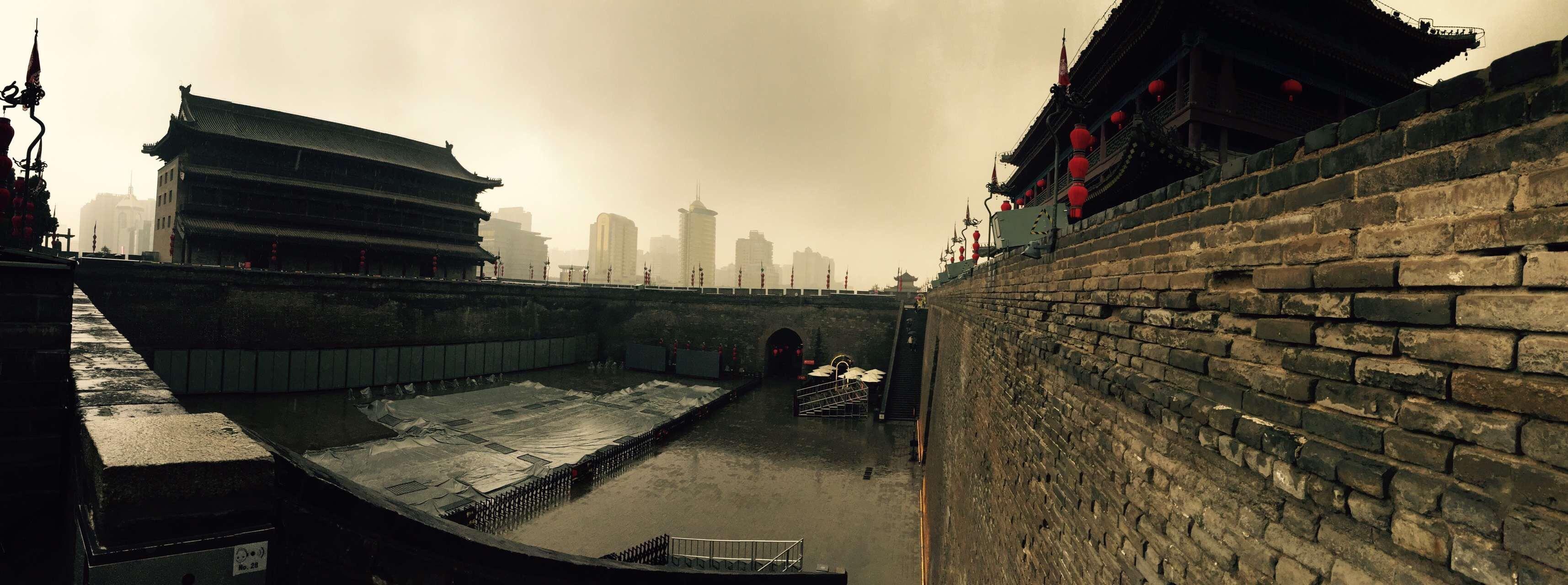
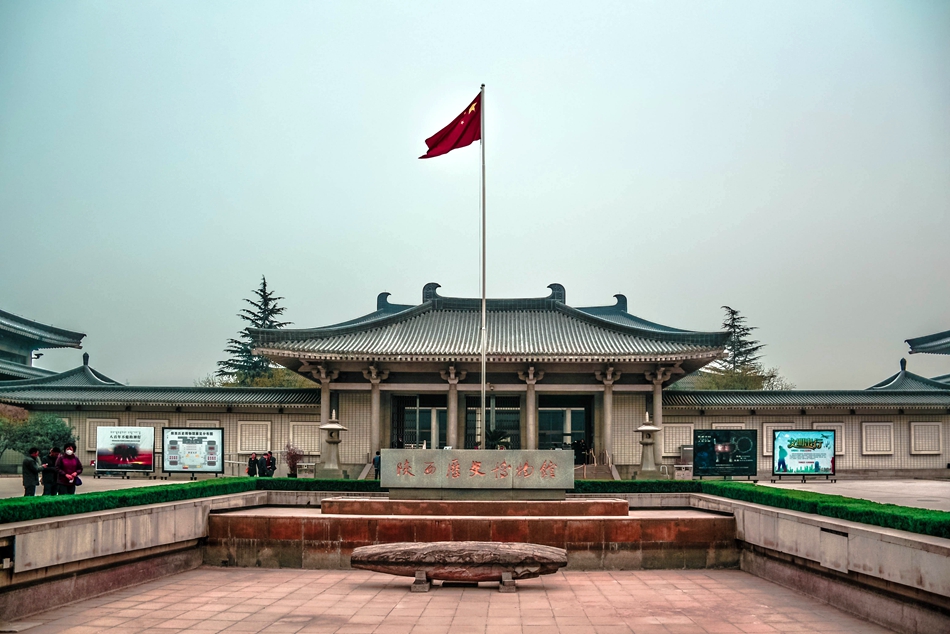
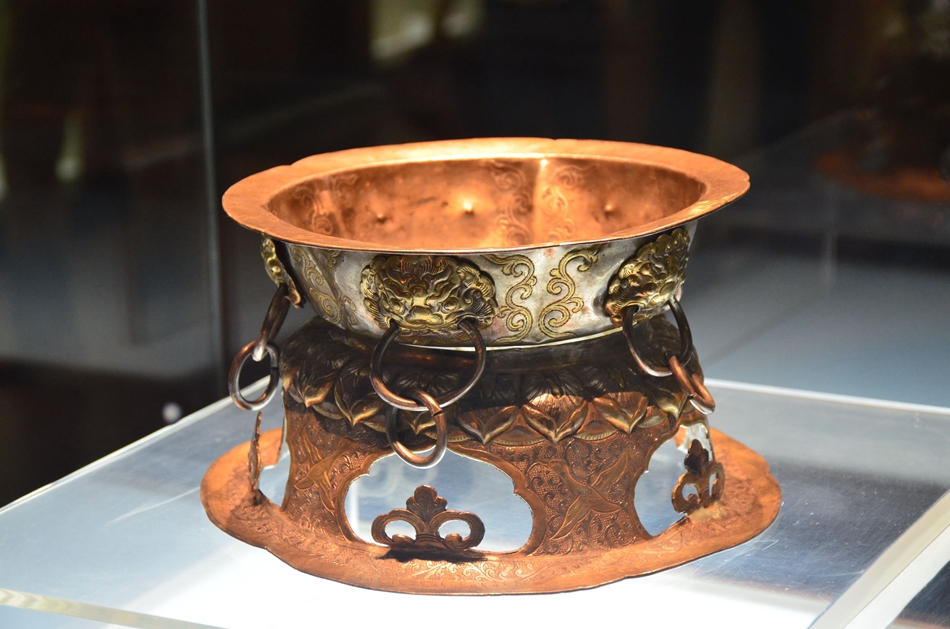
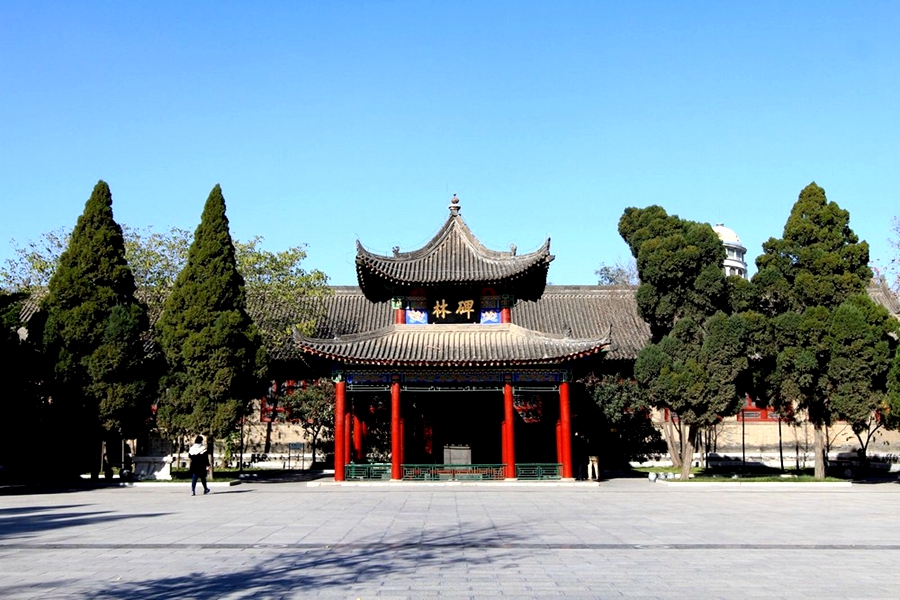
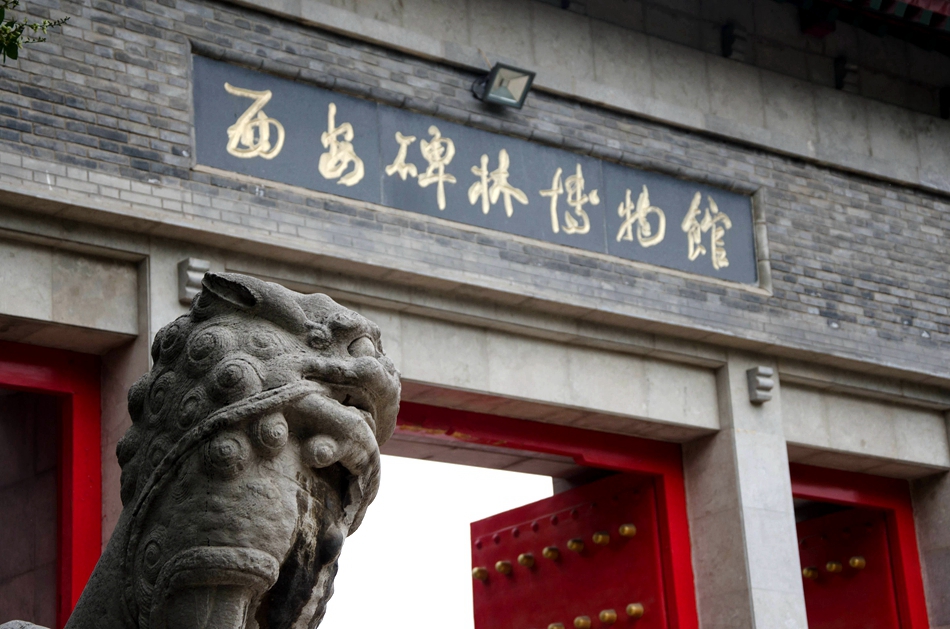
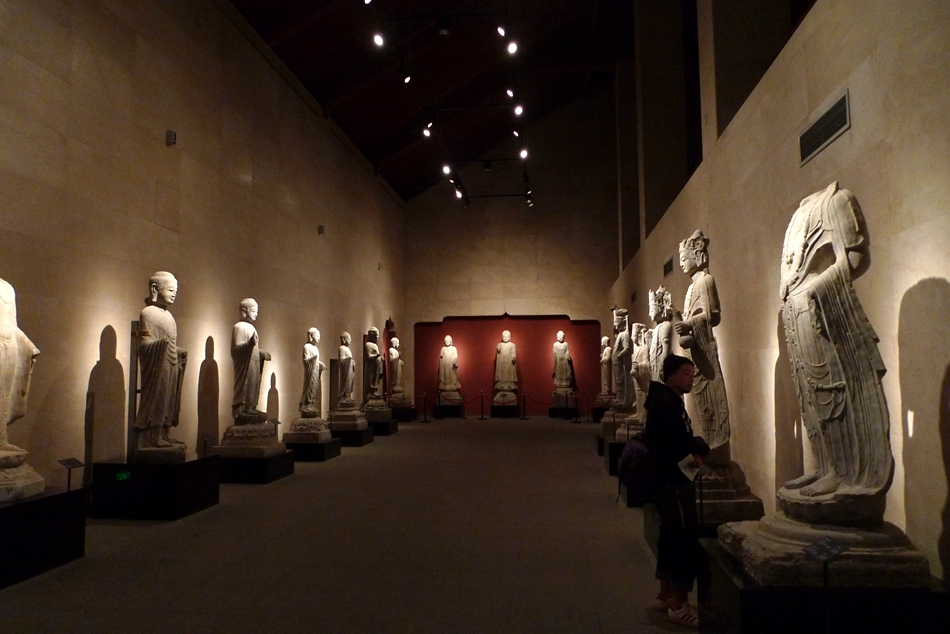
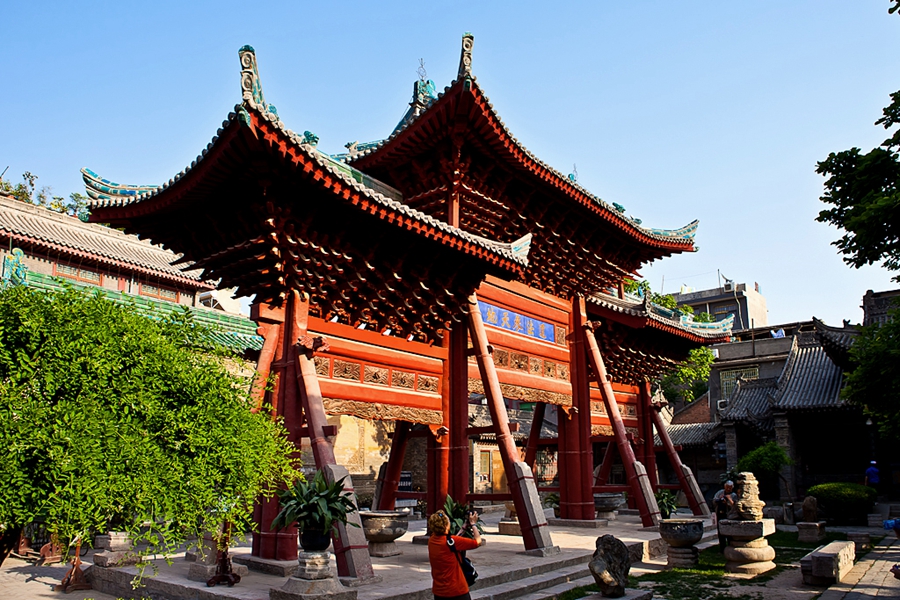
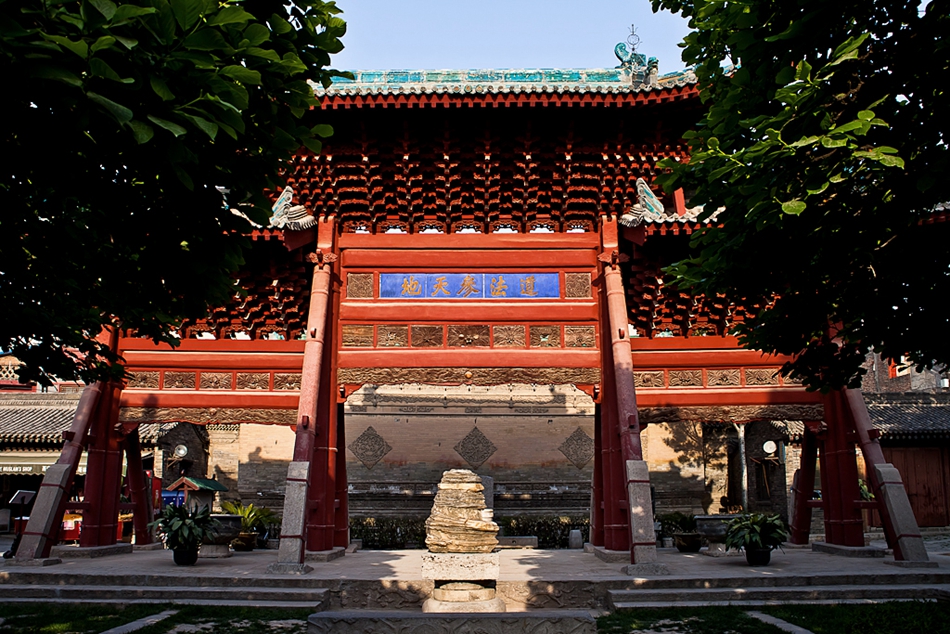
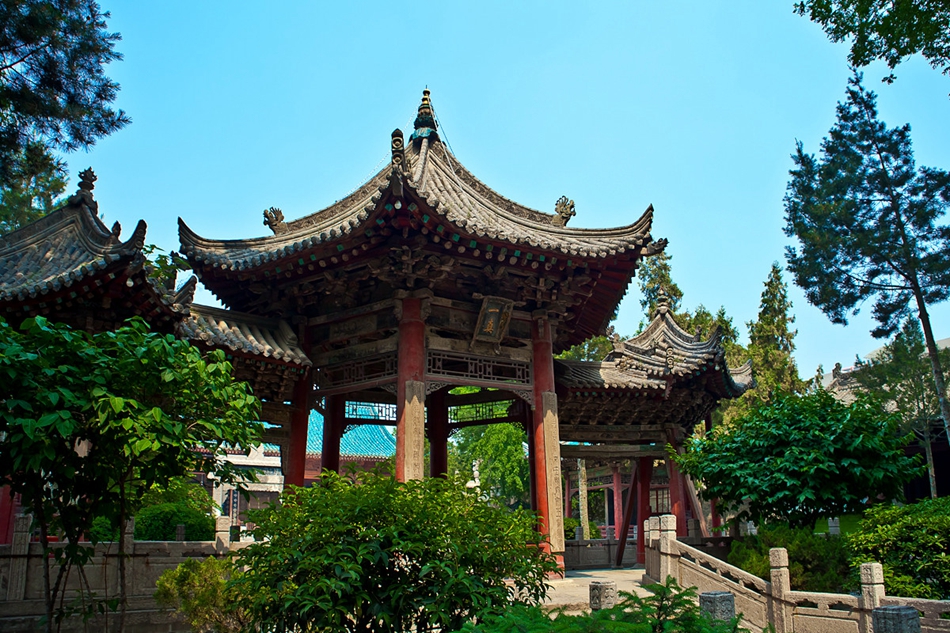
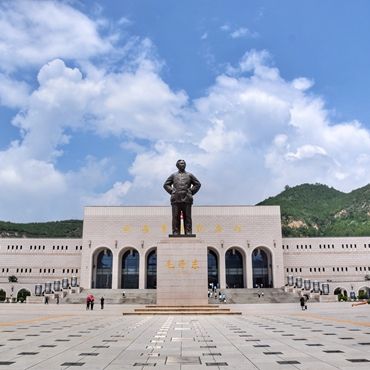
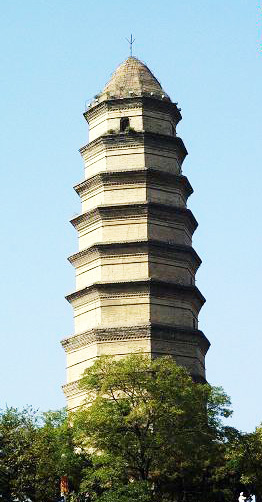
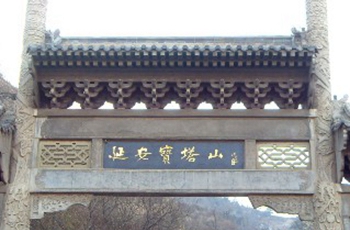
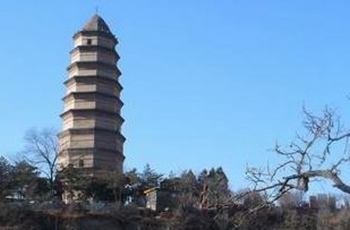
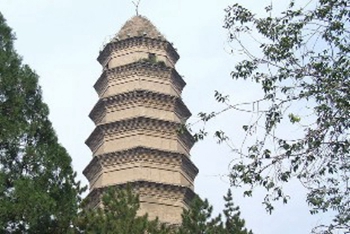
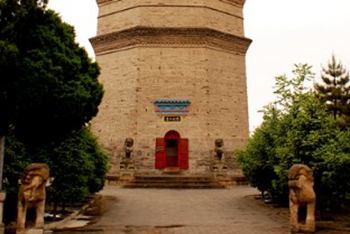
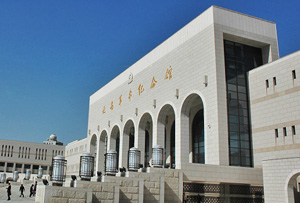
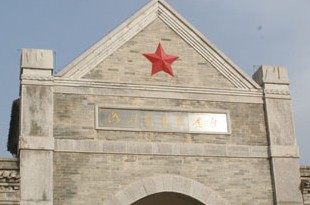
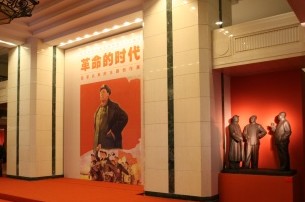

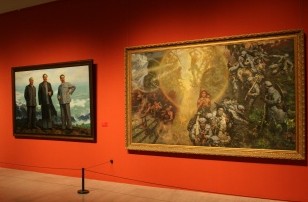

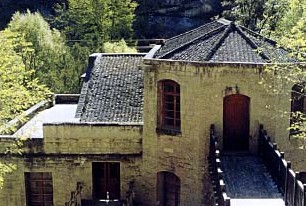
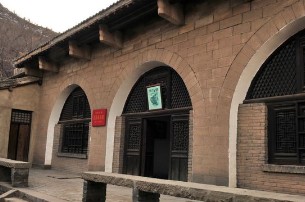
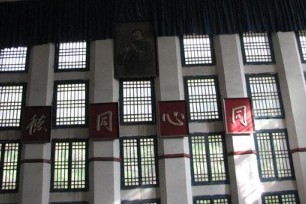
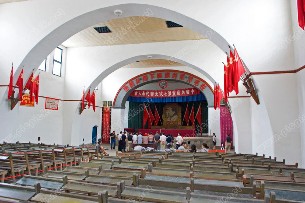

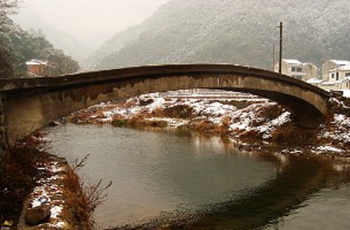
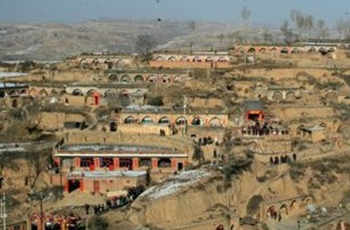
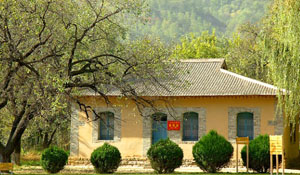
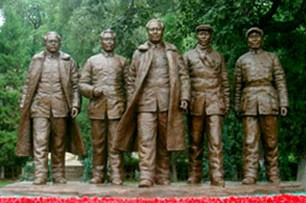
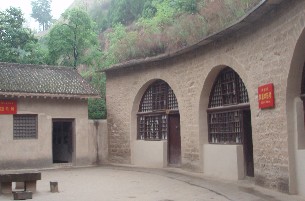

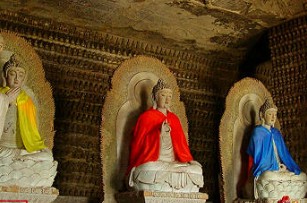
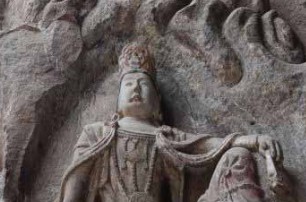
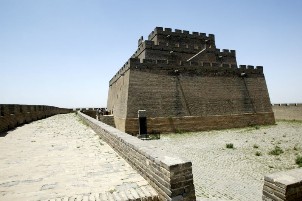
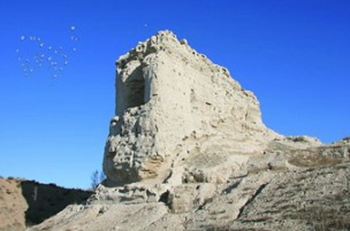
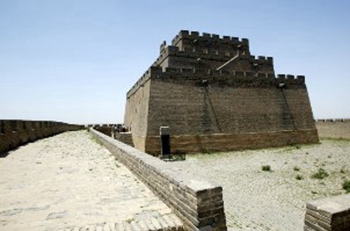
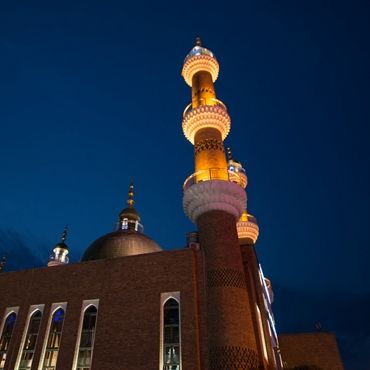

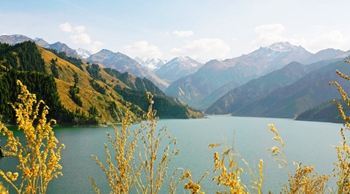
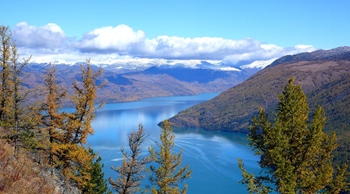
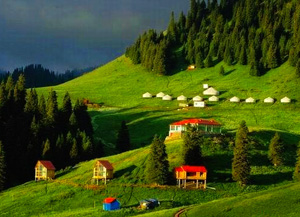
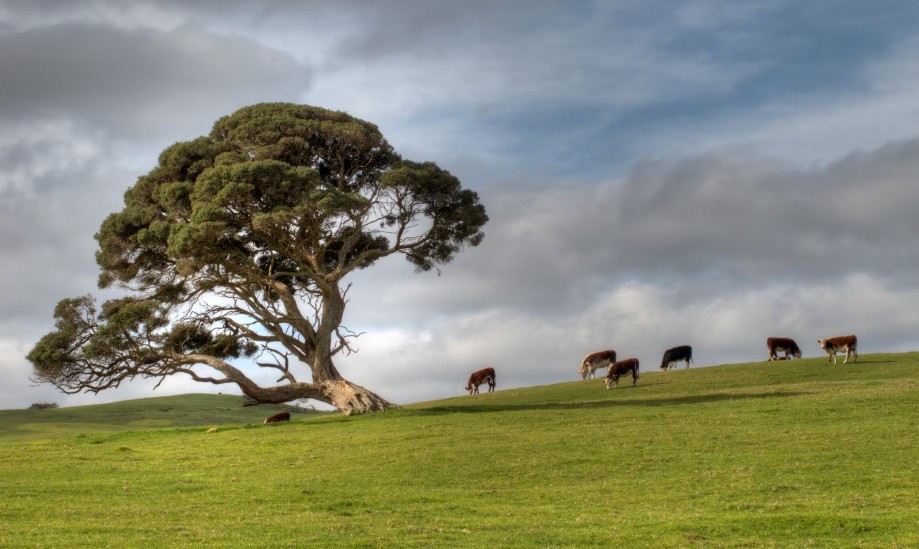
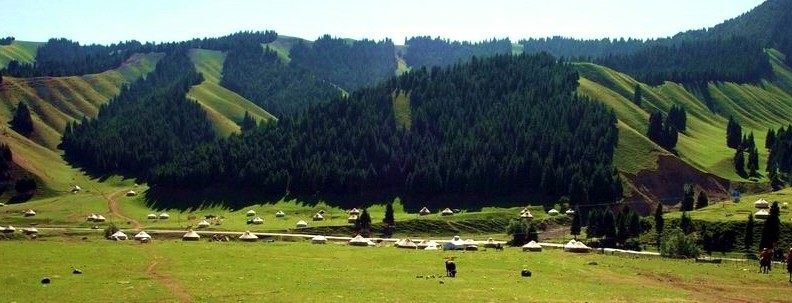
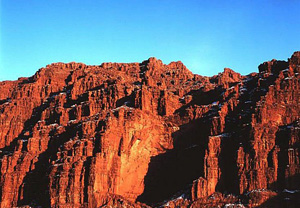
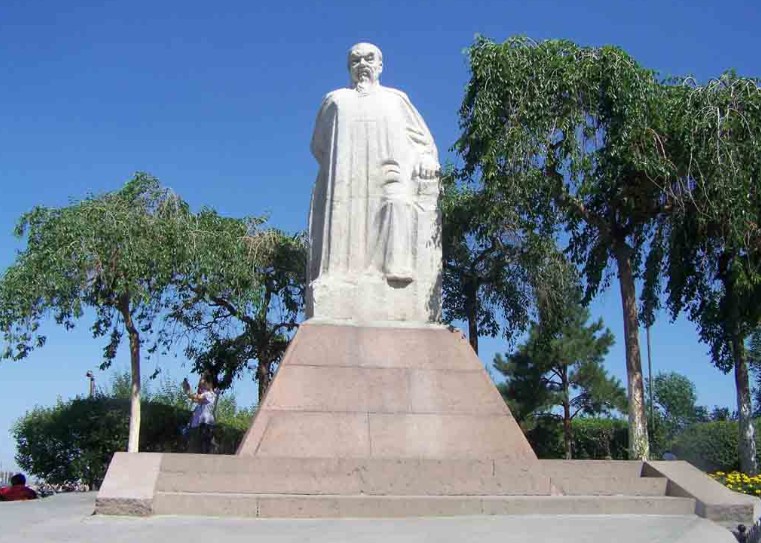
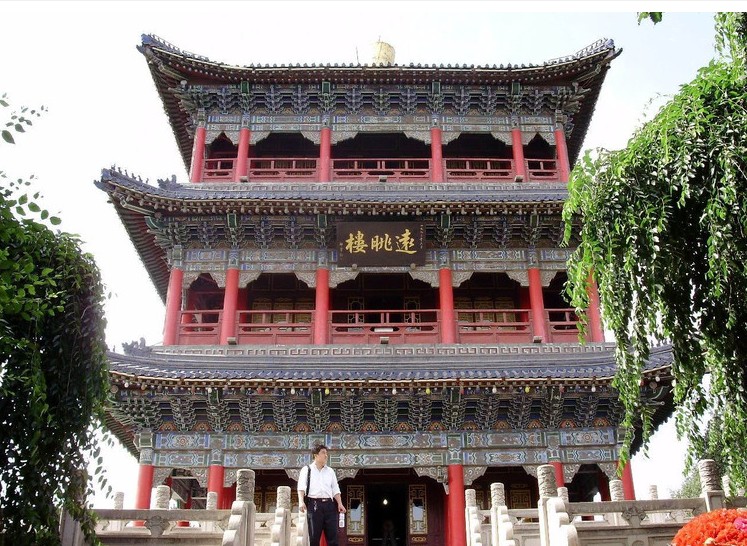
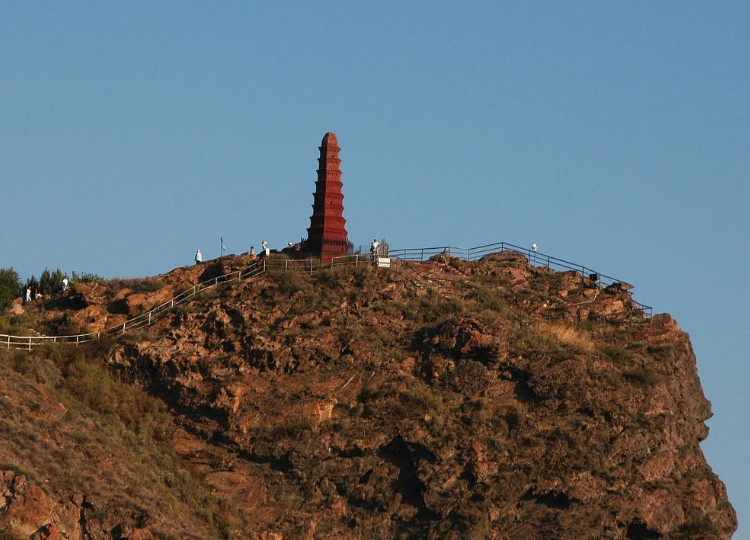
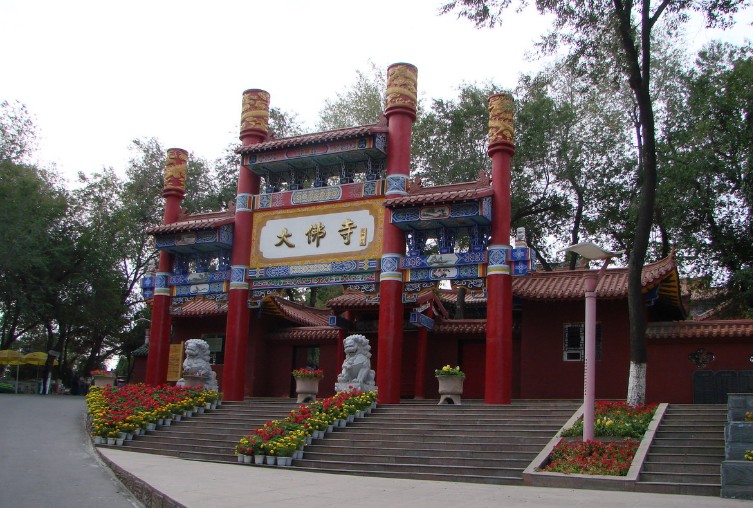
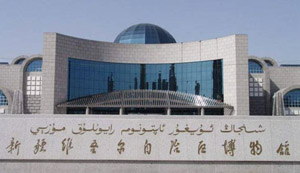
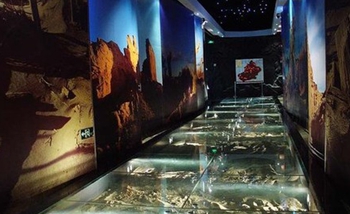
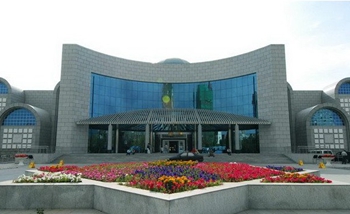
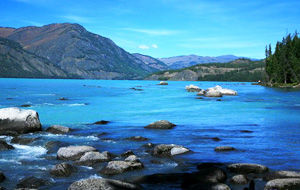
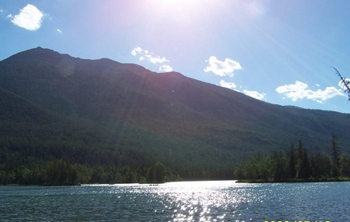
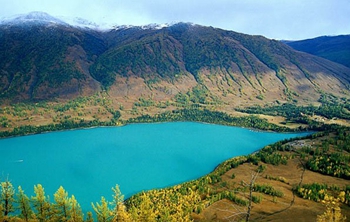
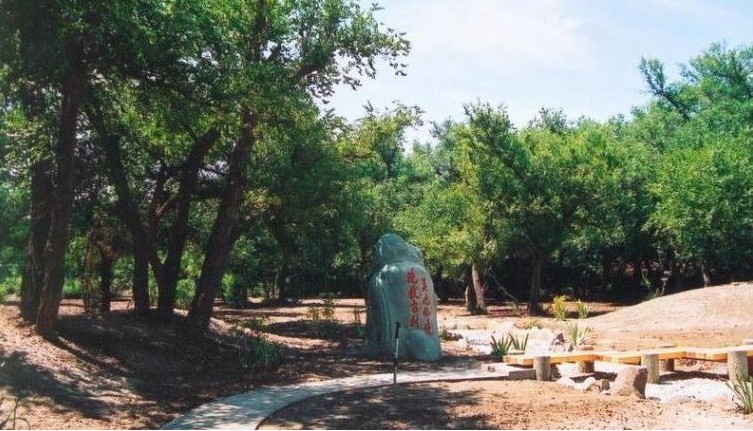

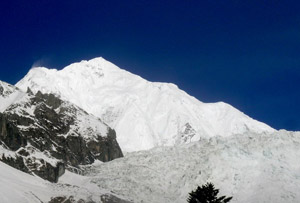
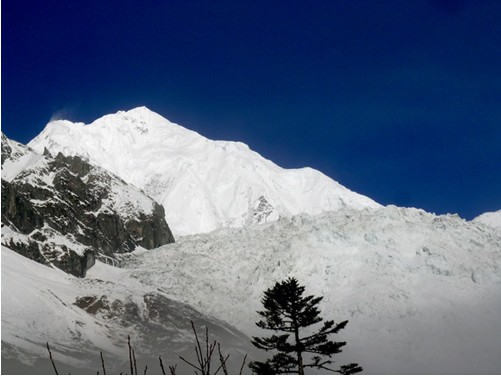
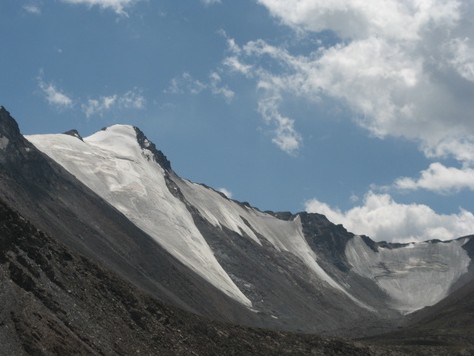

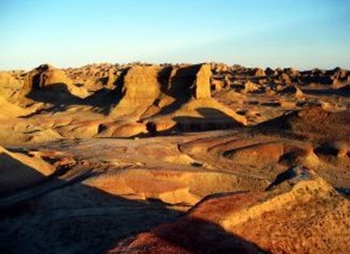
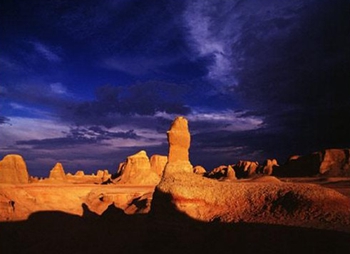
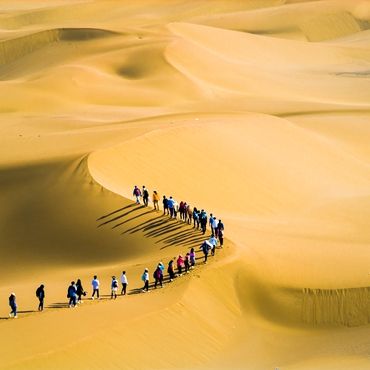
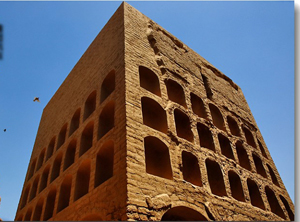
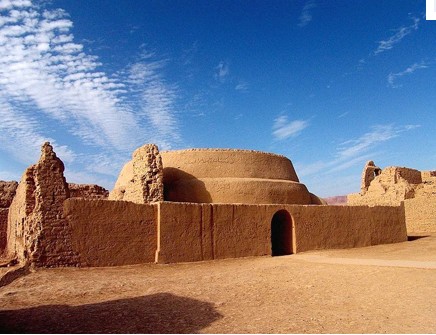
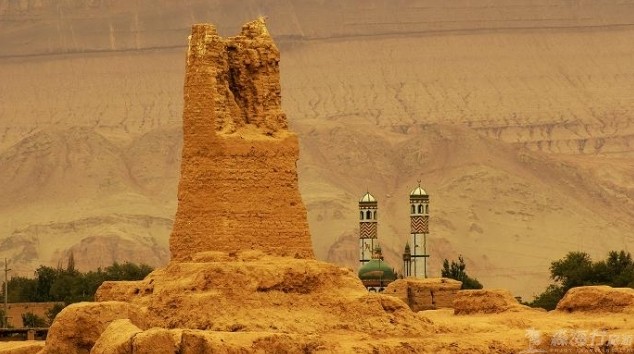
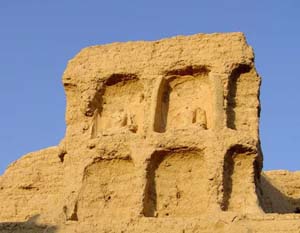
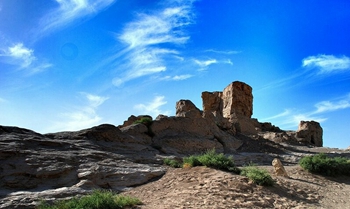
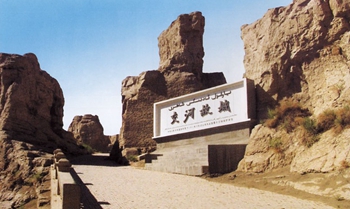
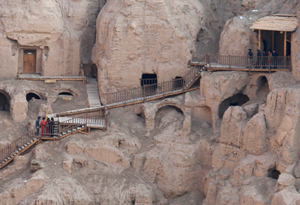
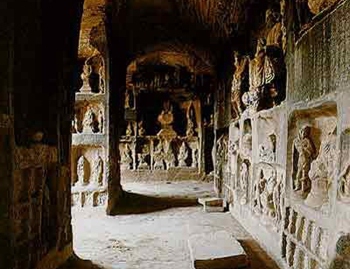
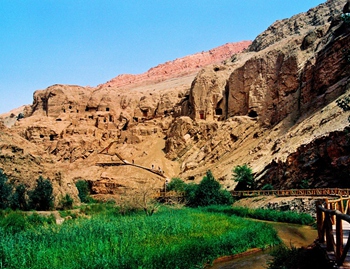

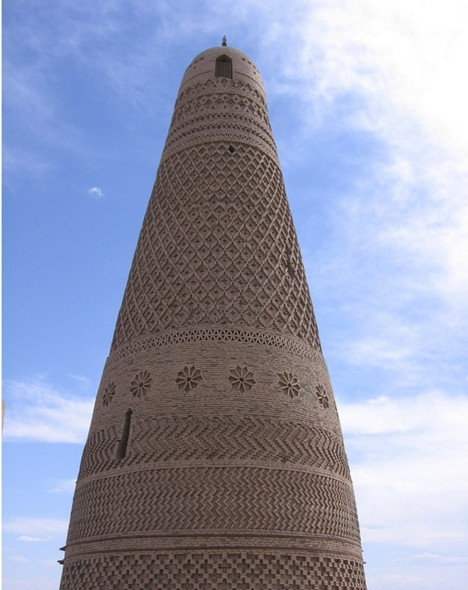
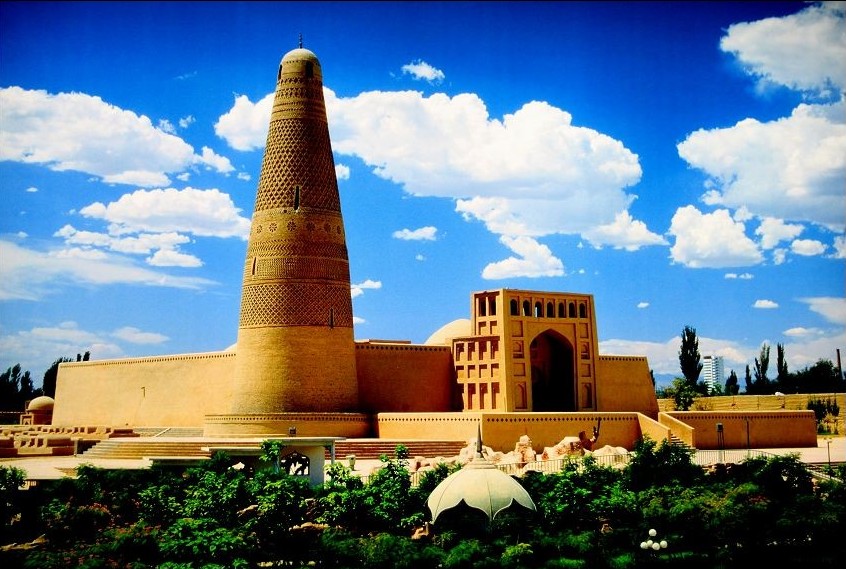
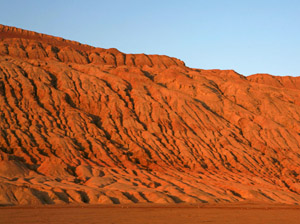
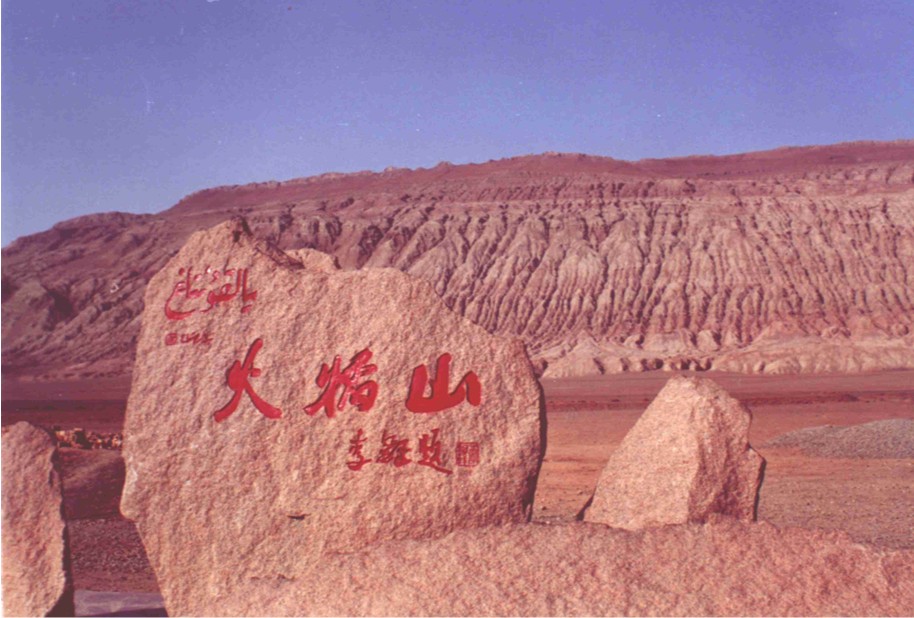
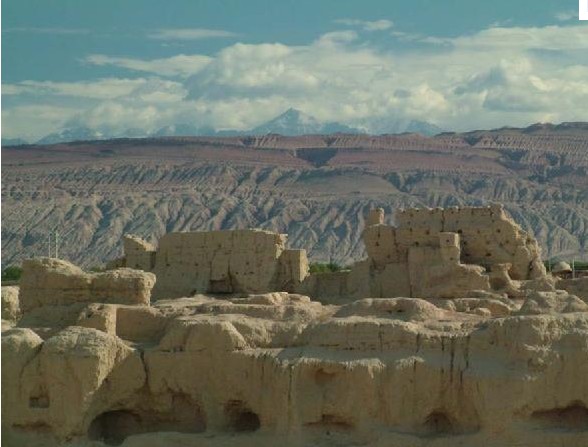
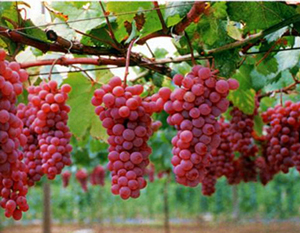
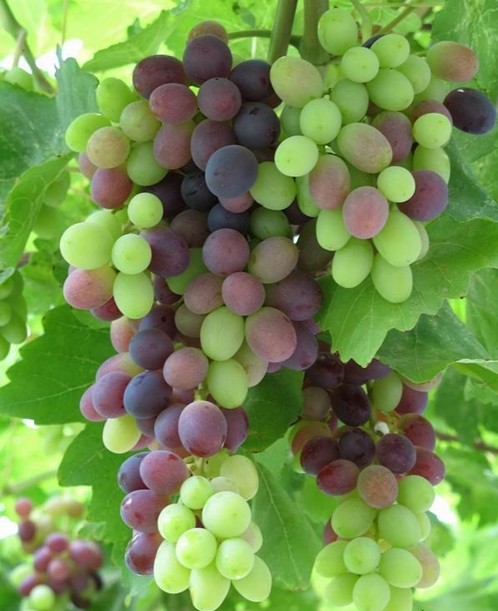
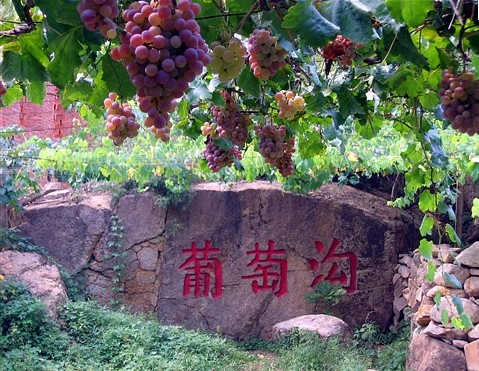
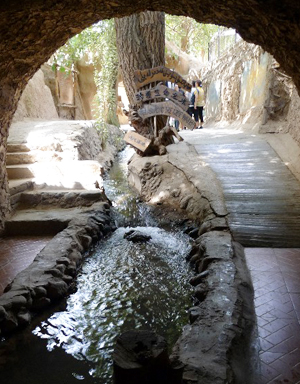
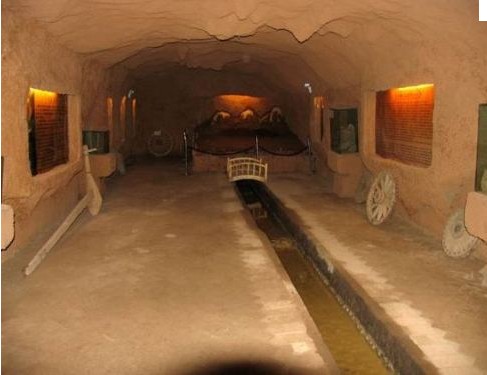
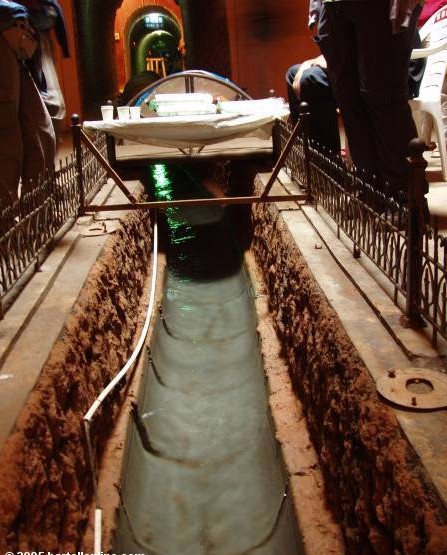
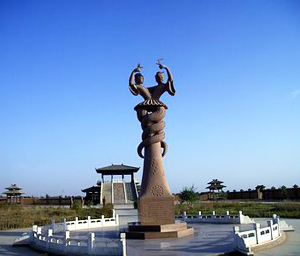

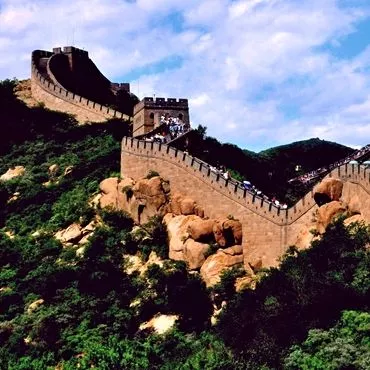
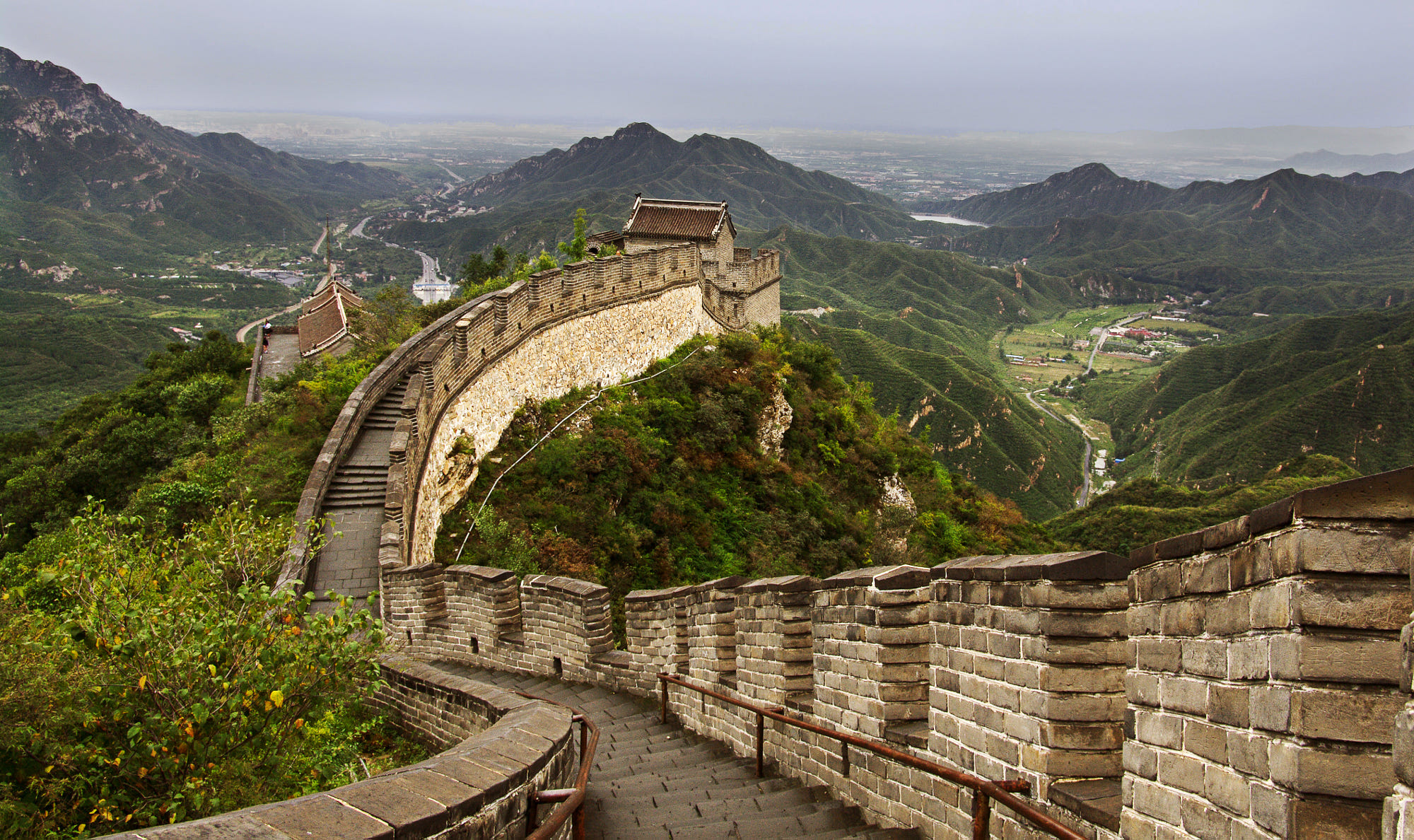
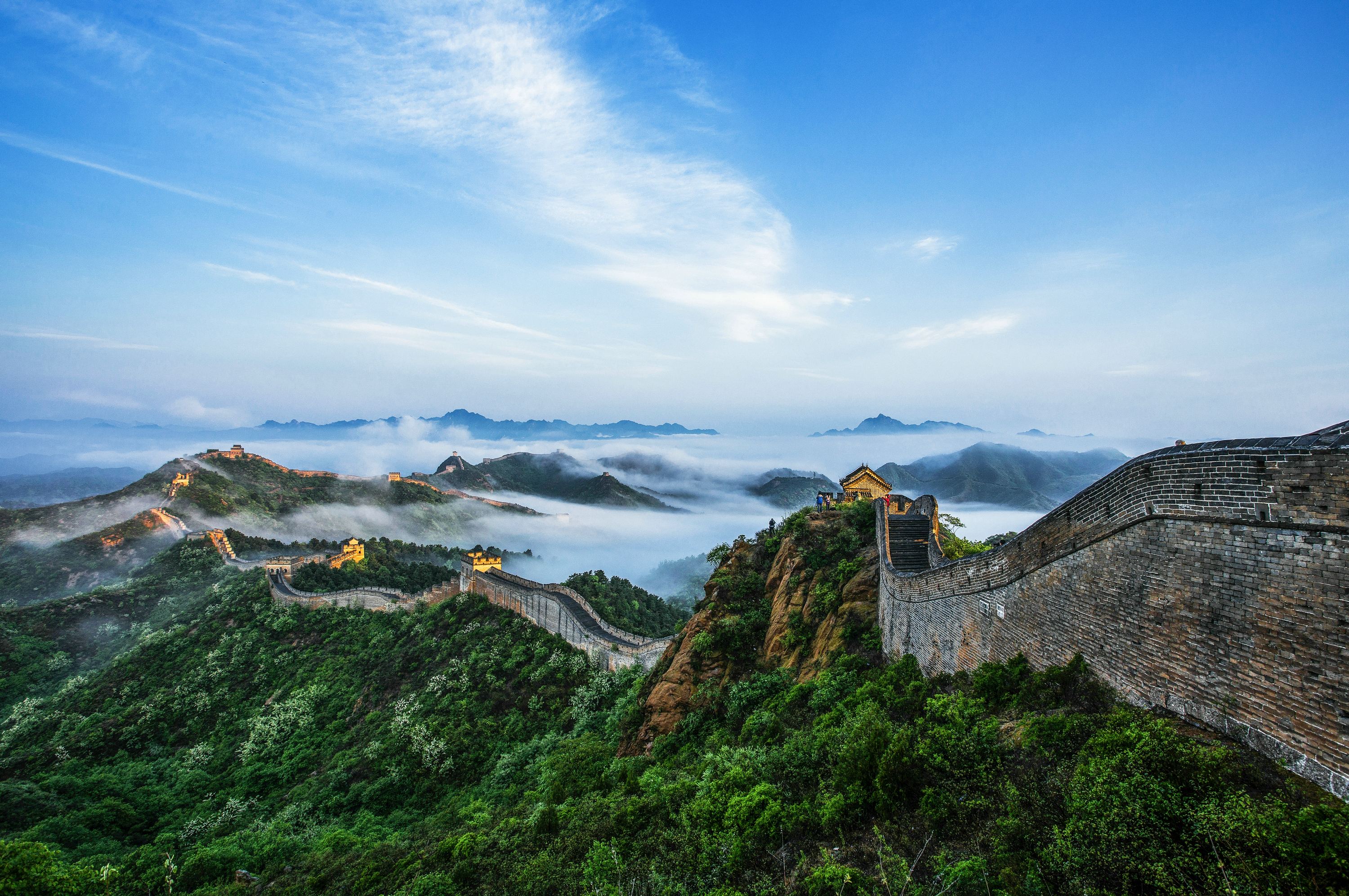
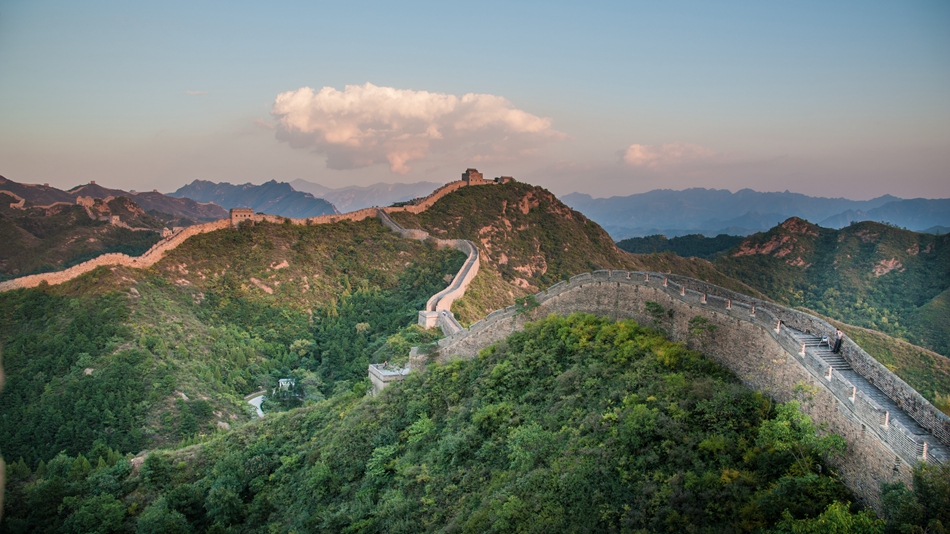
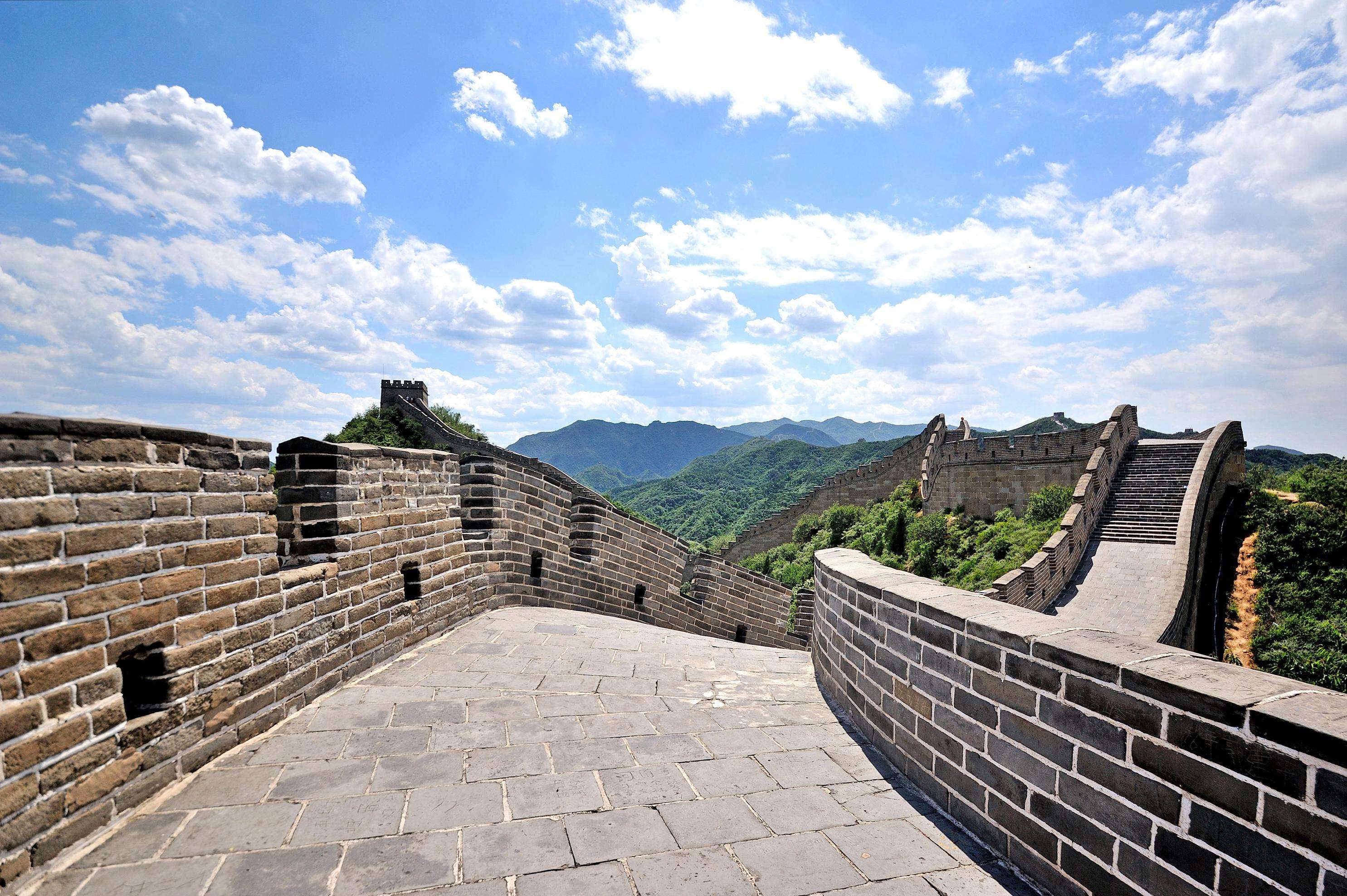
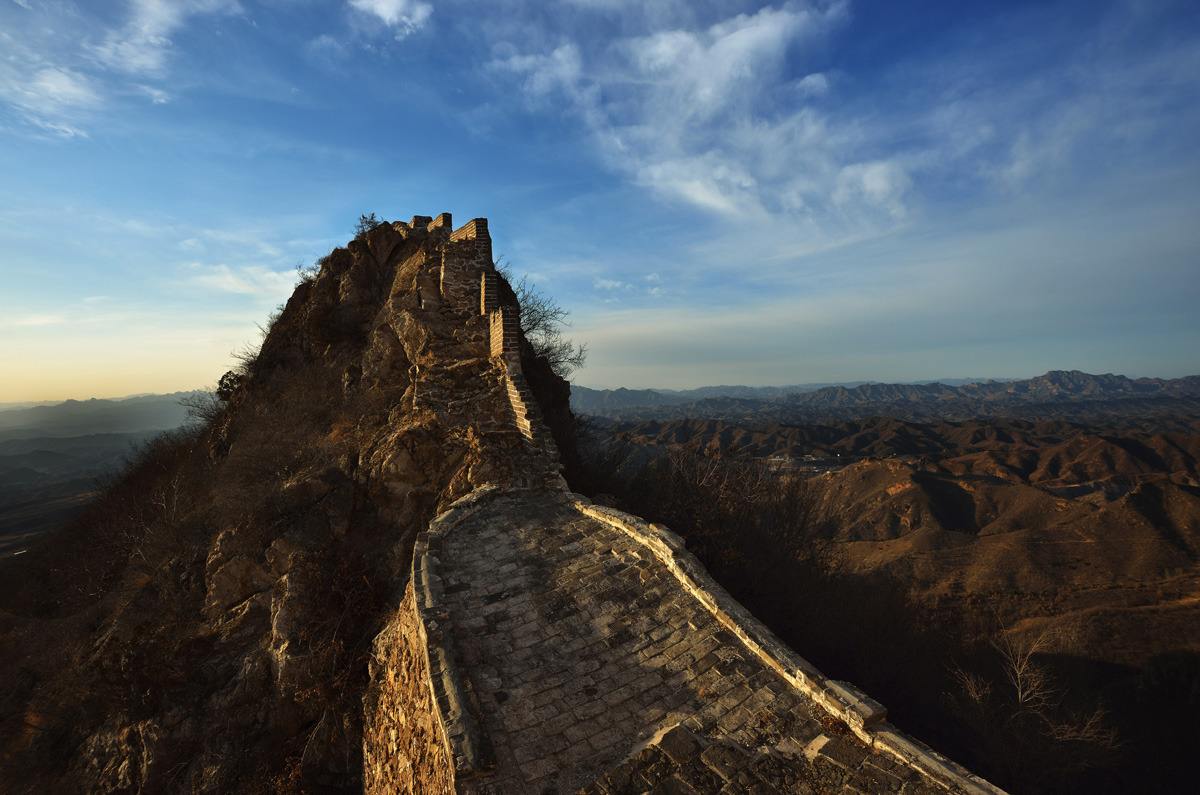

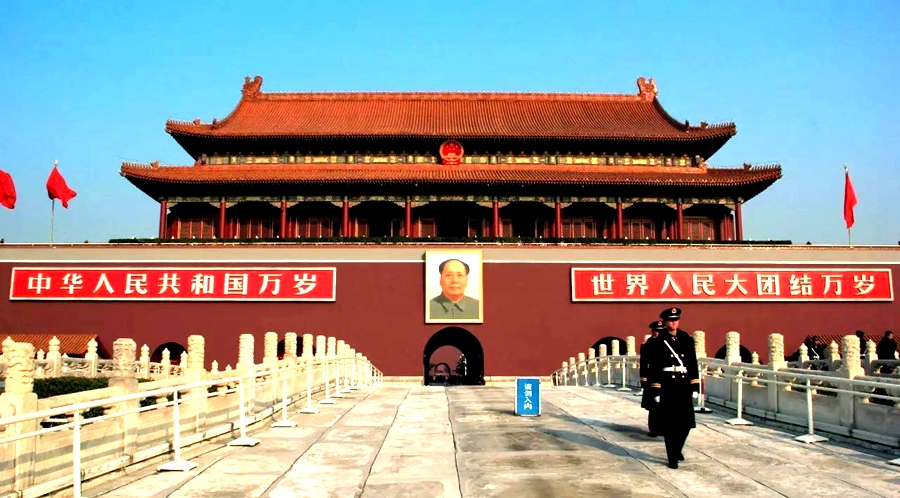
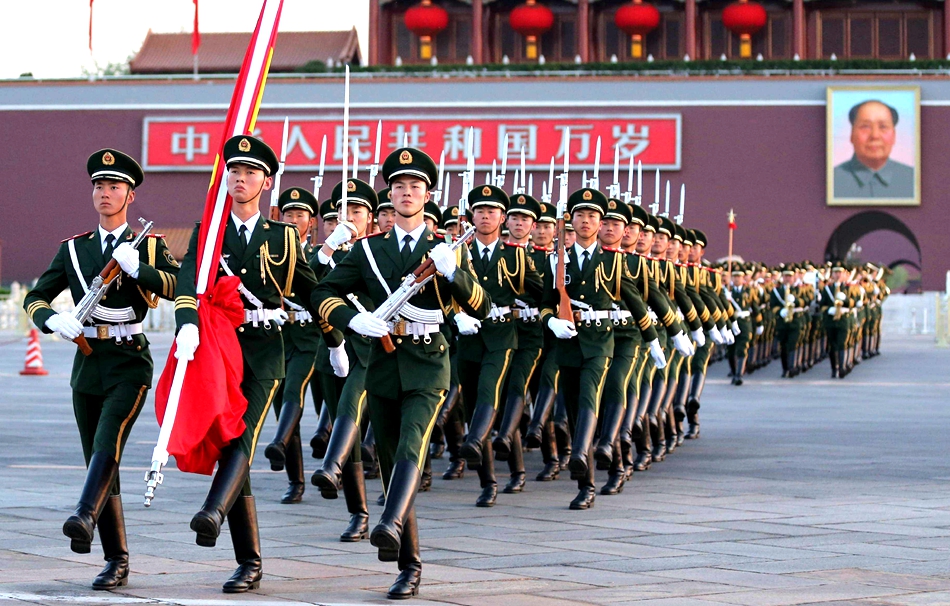
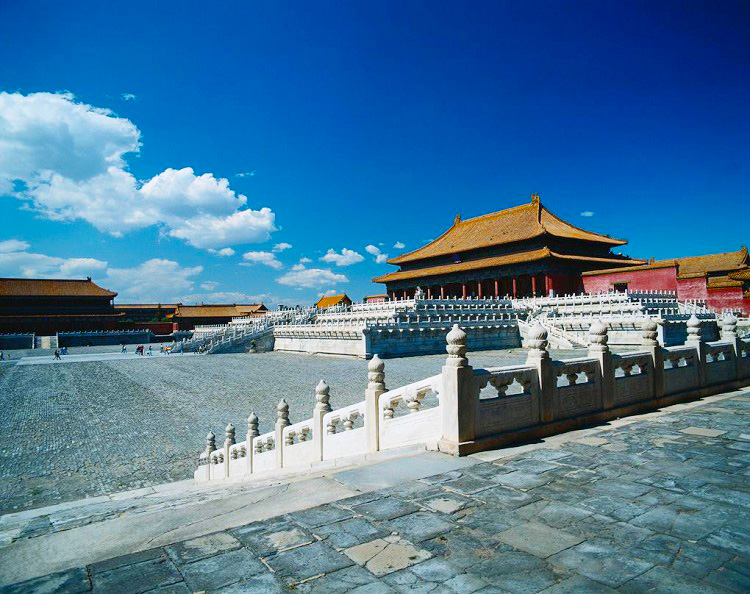
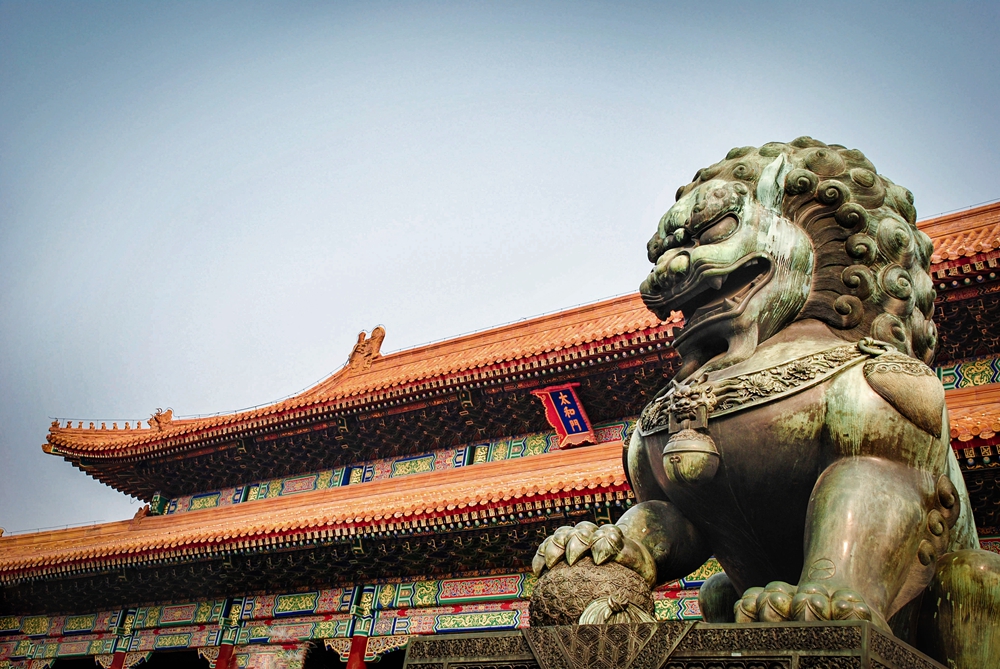 The Construction of the magnificent palace started in 1406, and ended in 1420. It took 14 years to complete the project. One year after completion, Emperor Yongle moved his capital from Nanjing to Beijing. Since then, 24 emperors have lived at the Forbidden City, 14 during the Ming Dynasty and 10 during the Qing Dynasty.
The Construction of the magnificent palace started in 1406, and ended in 1420. It took 14 years to complete the project. One year after completion, Emperor Yongle moved his capital from Nanjing to Beijing. Since then, 24 emperors have lived at the Forbidden City, 14 during the Ming Dynasty and 10 during the Qing Dynasty.